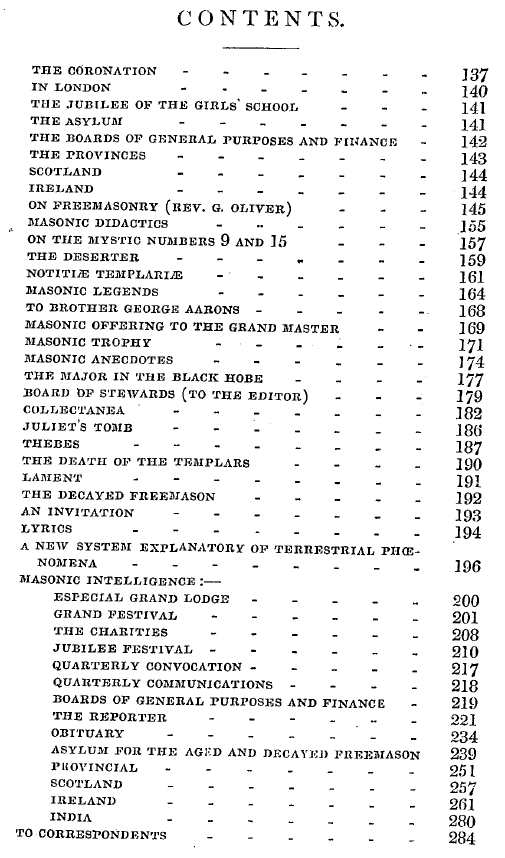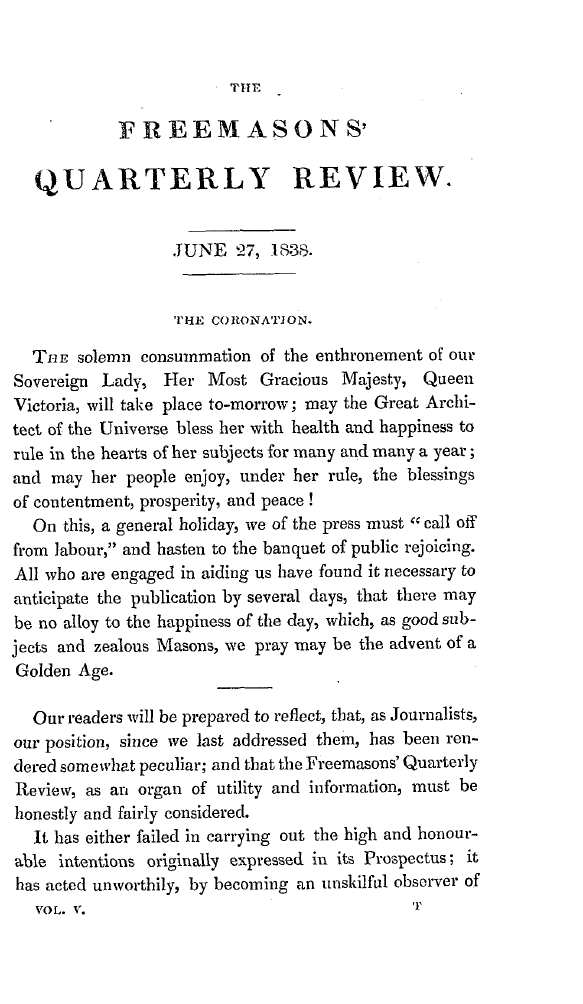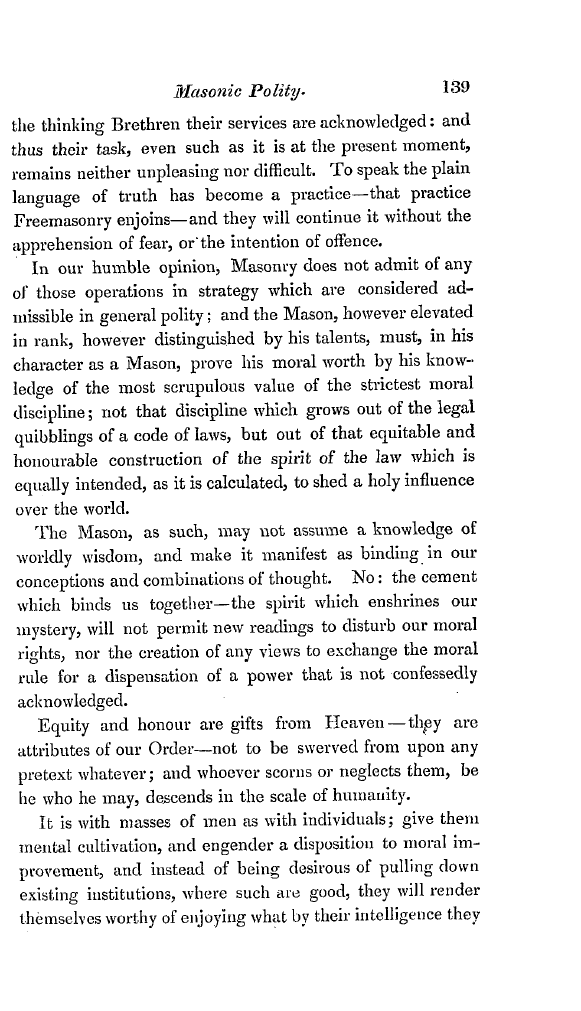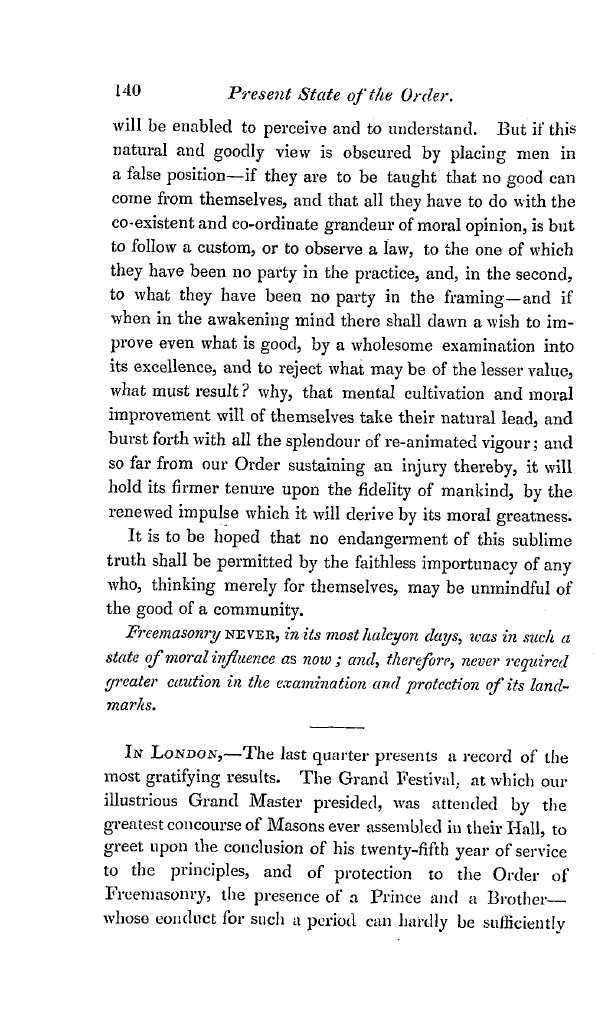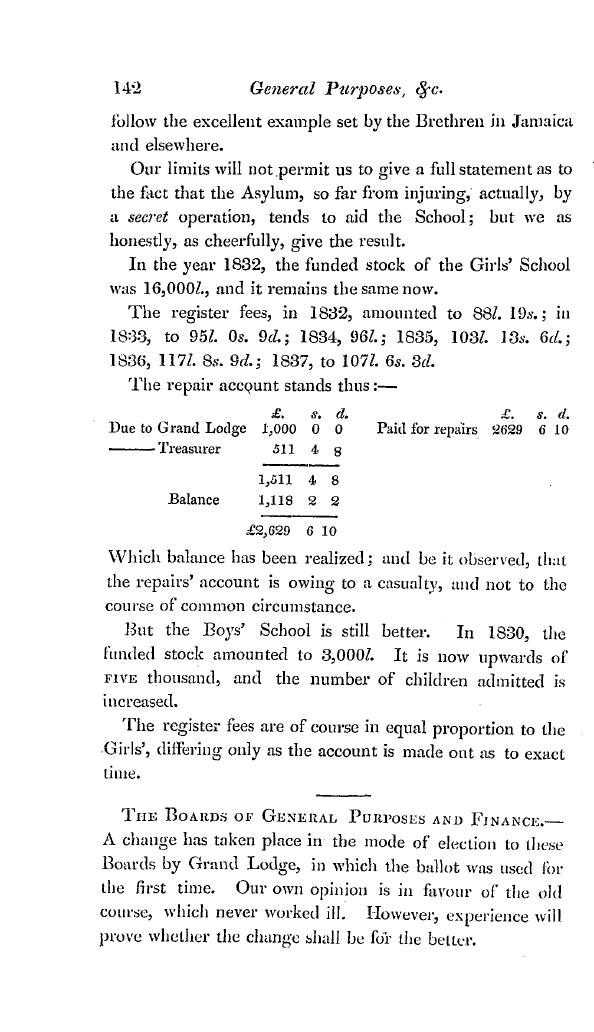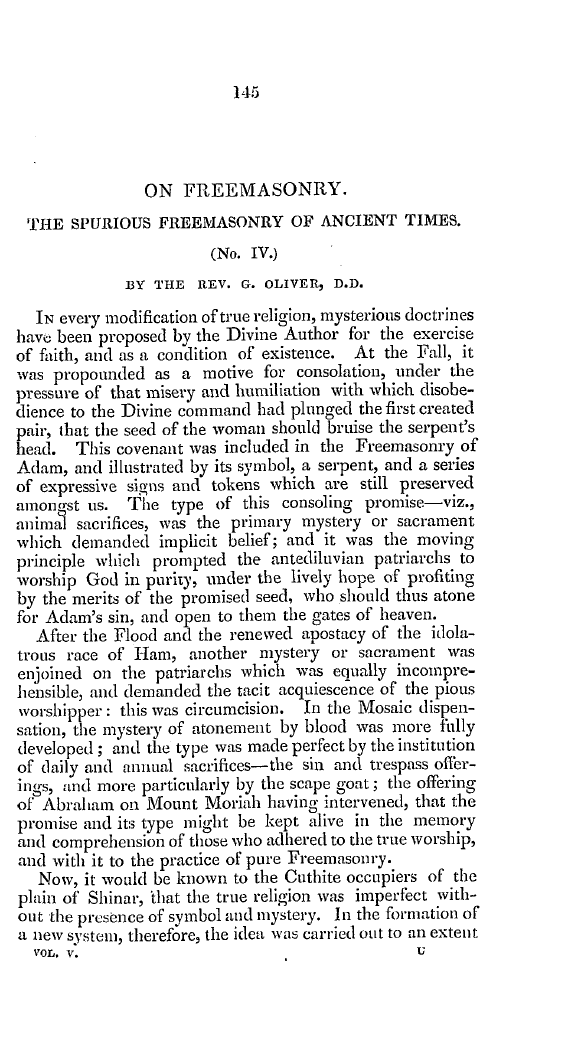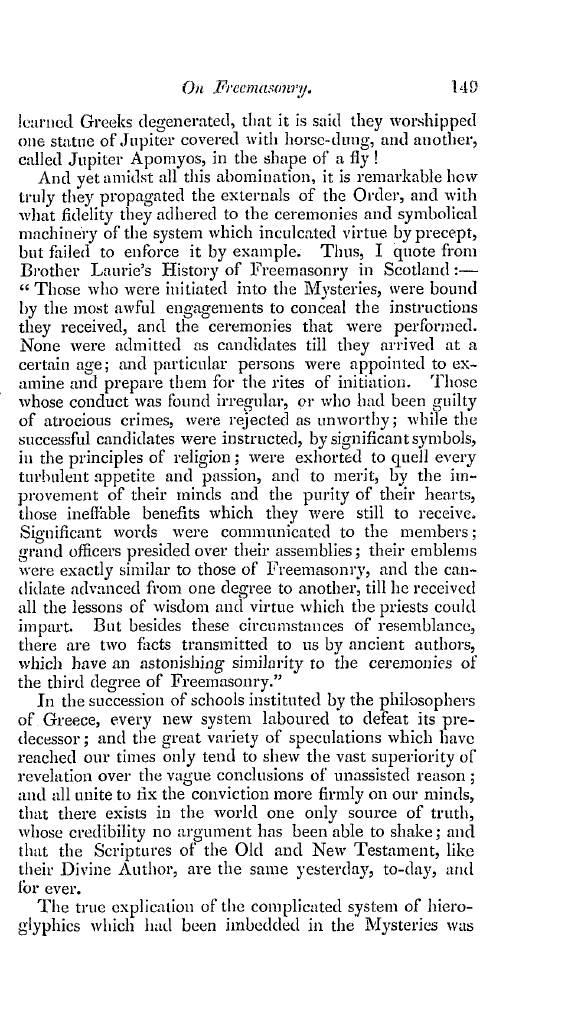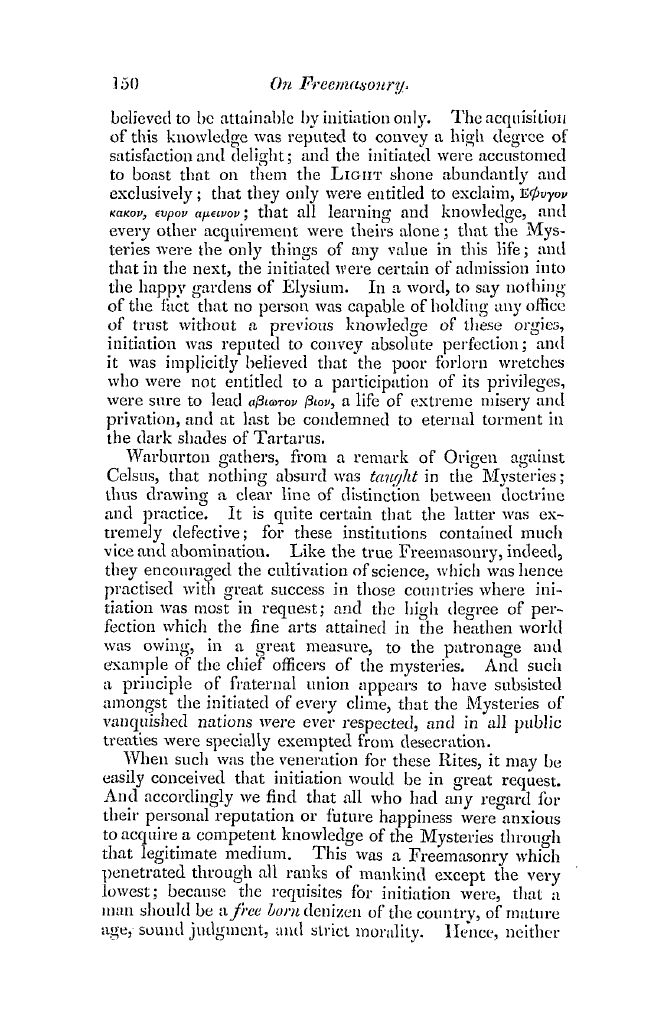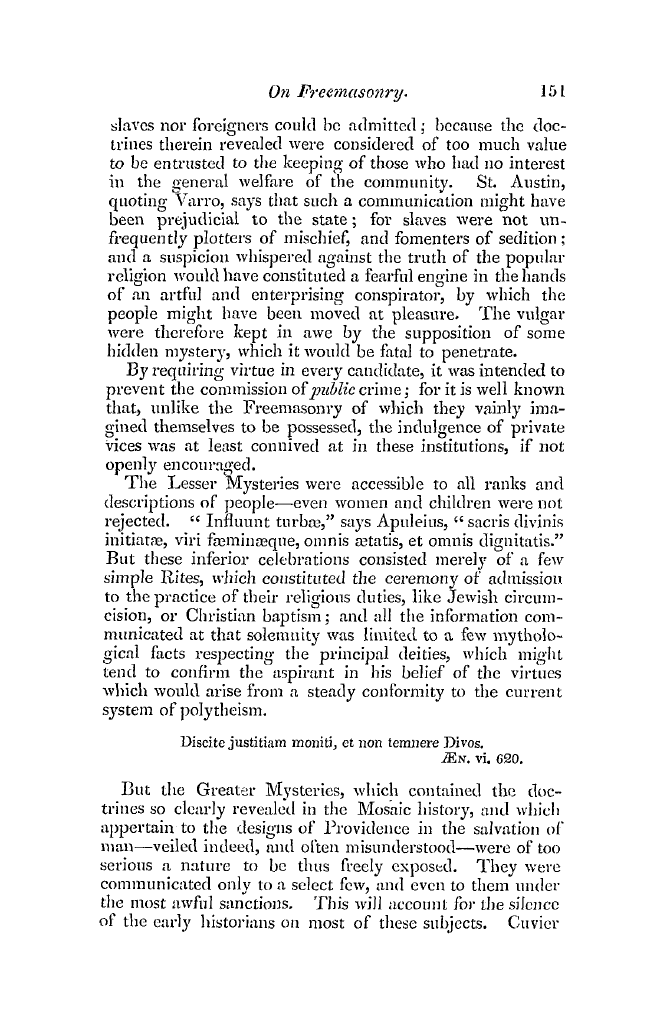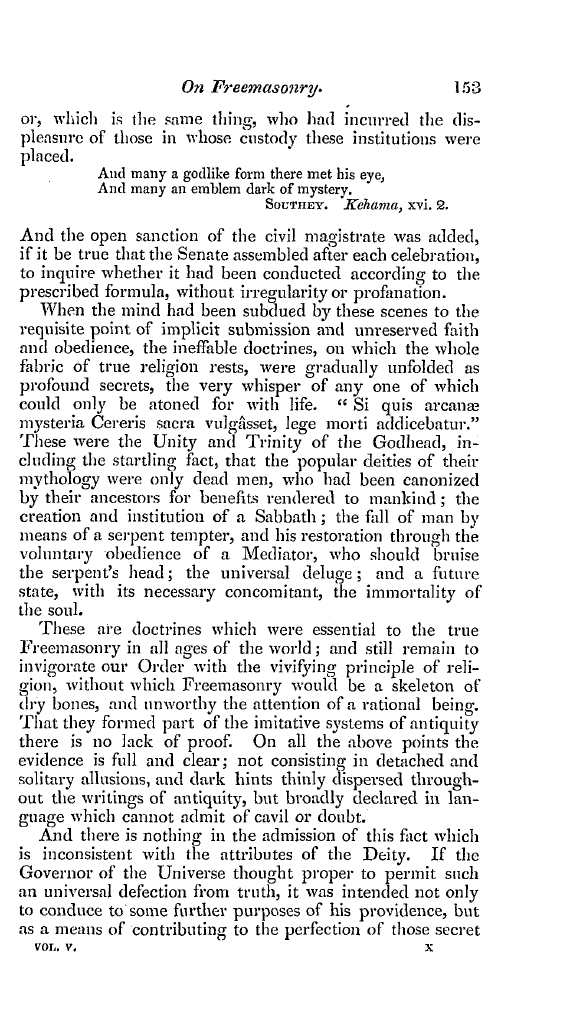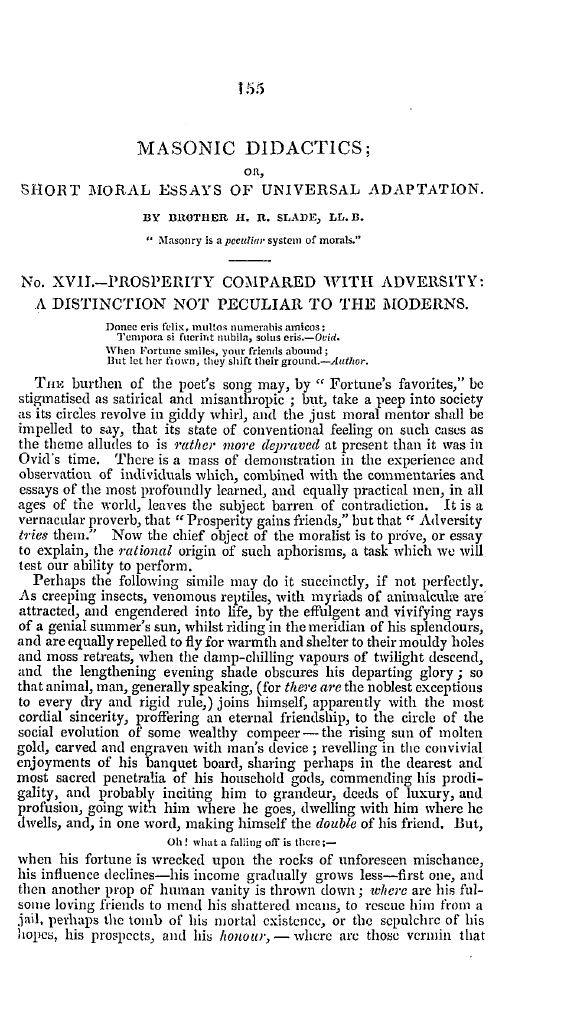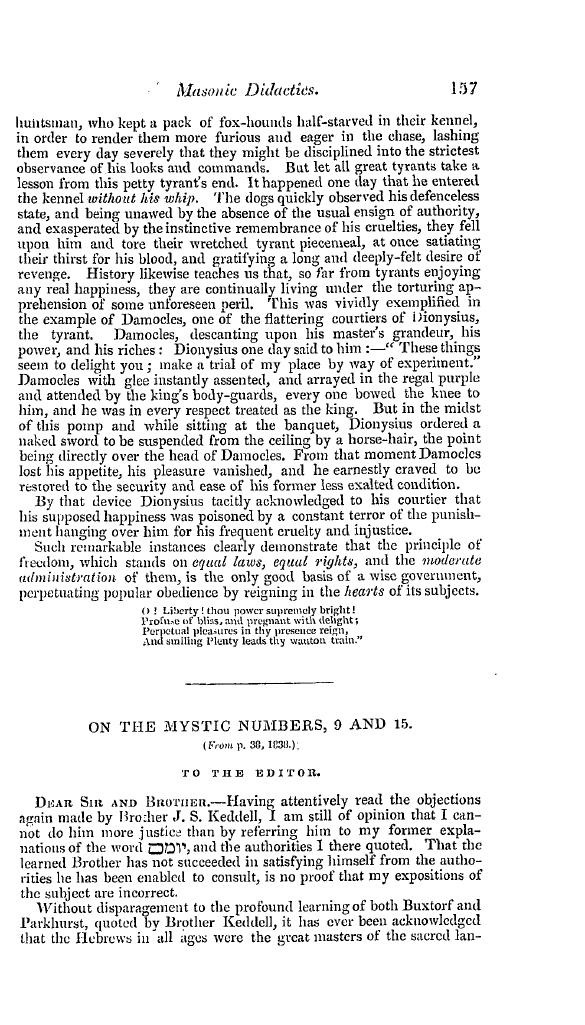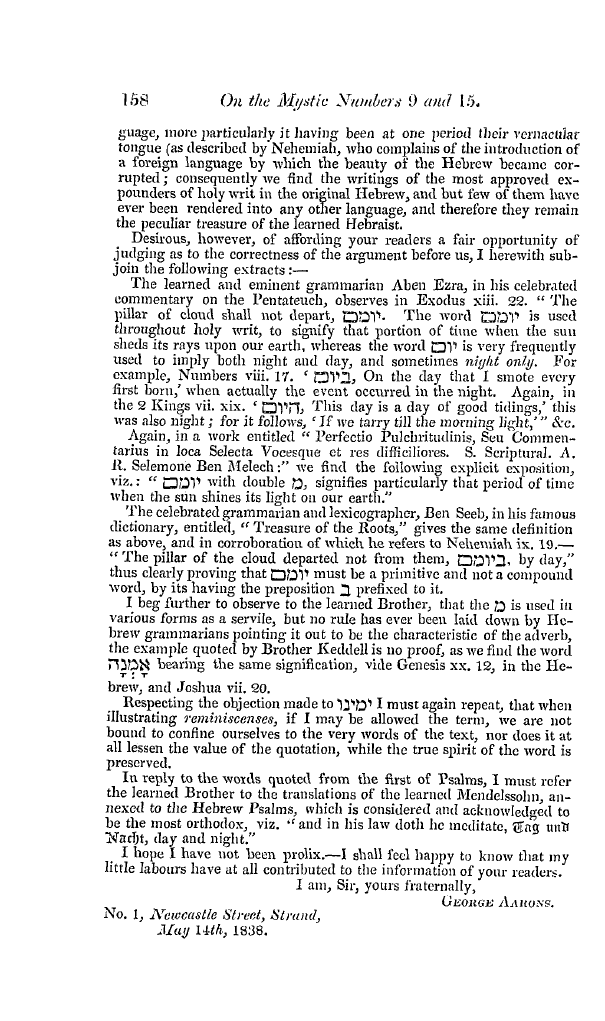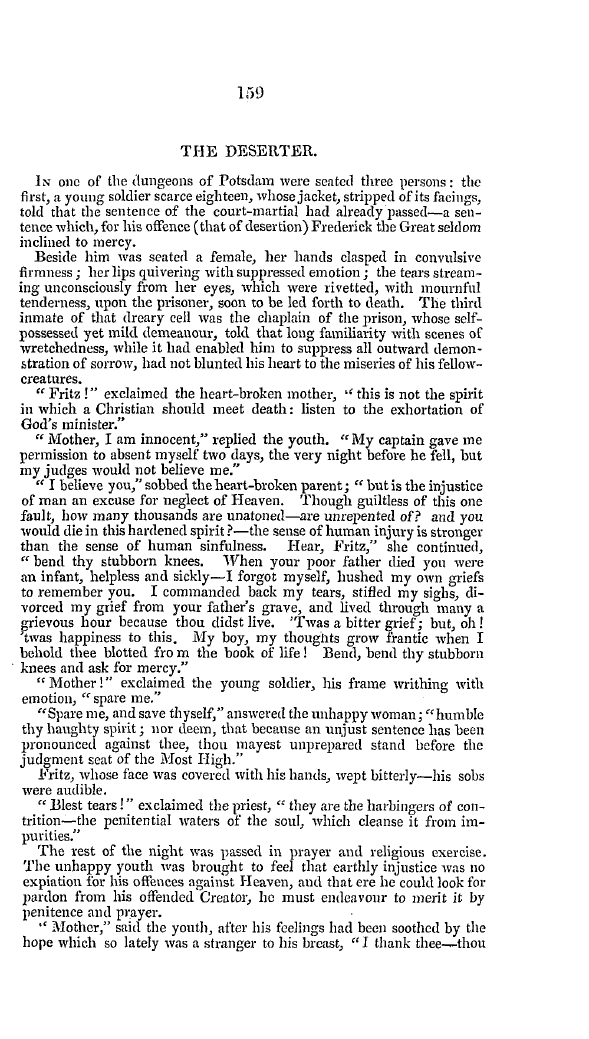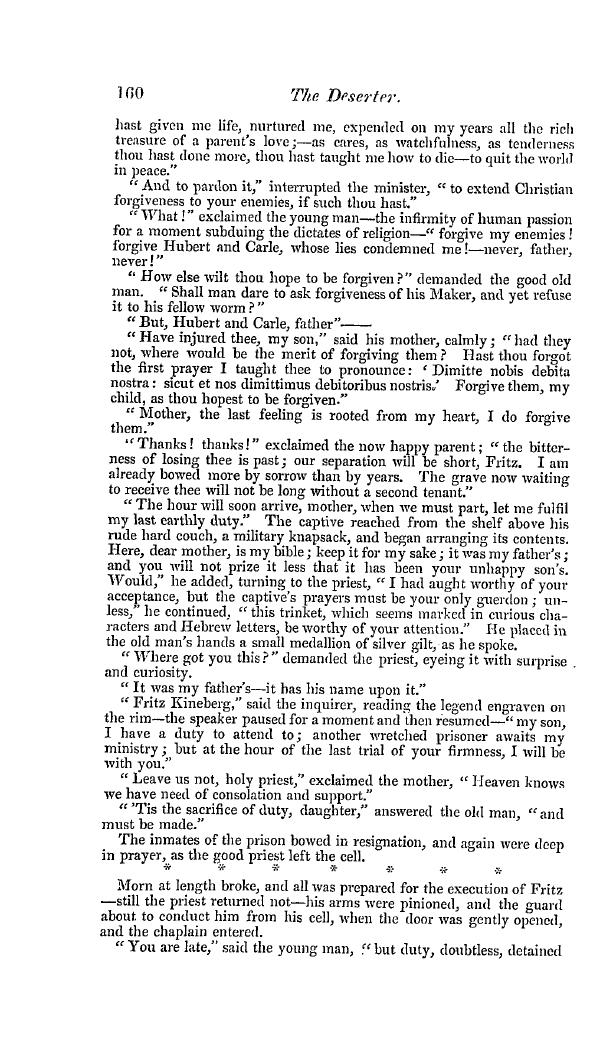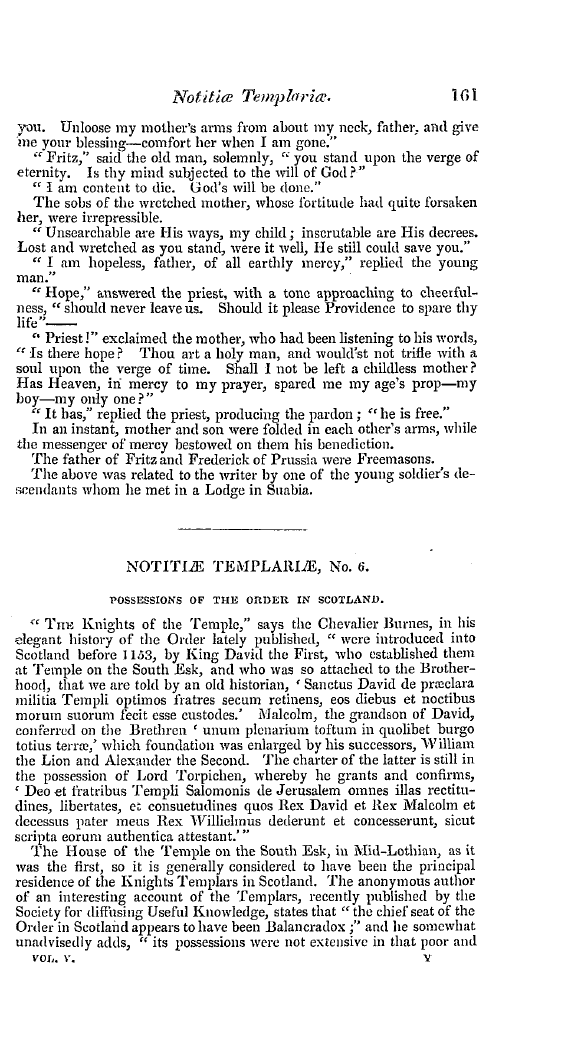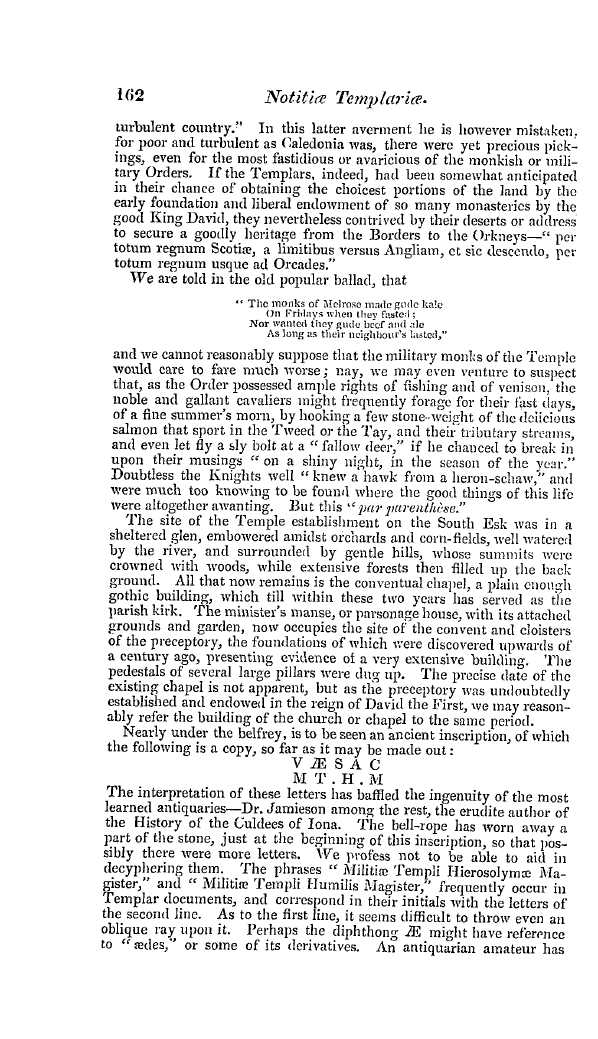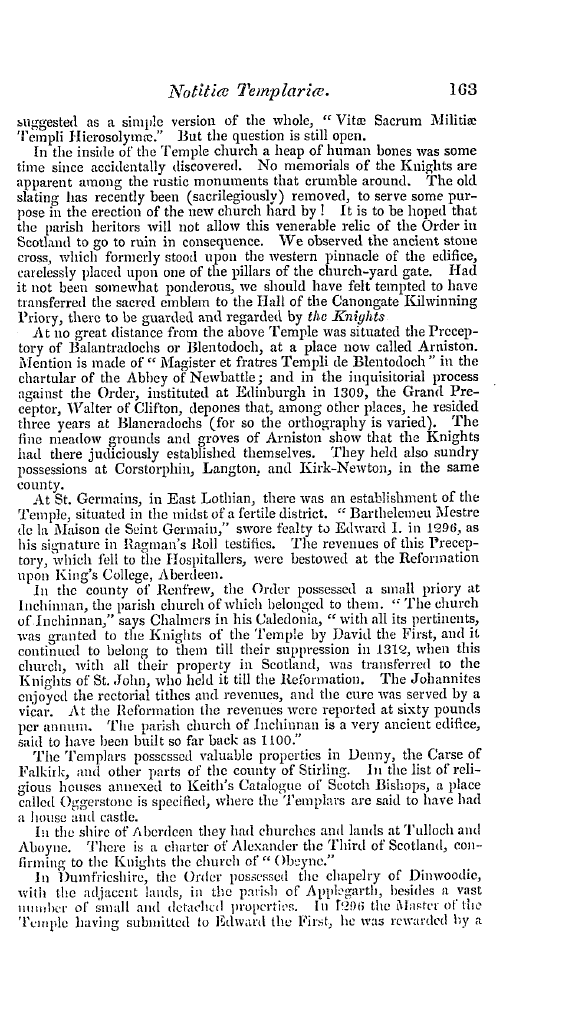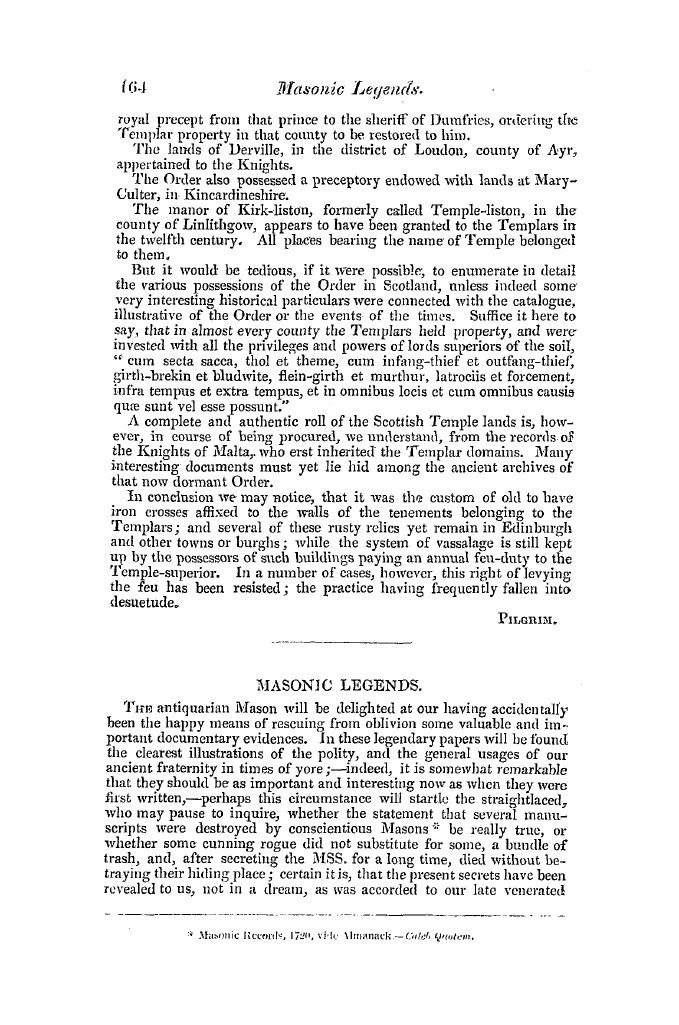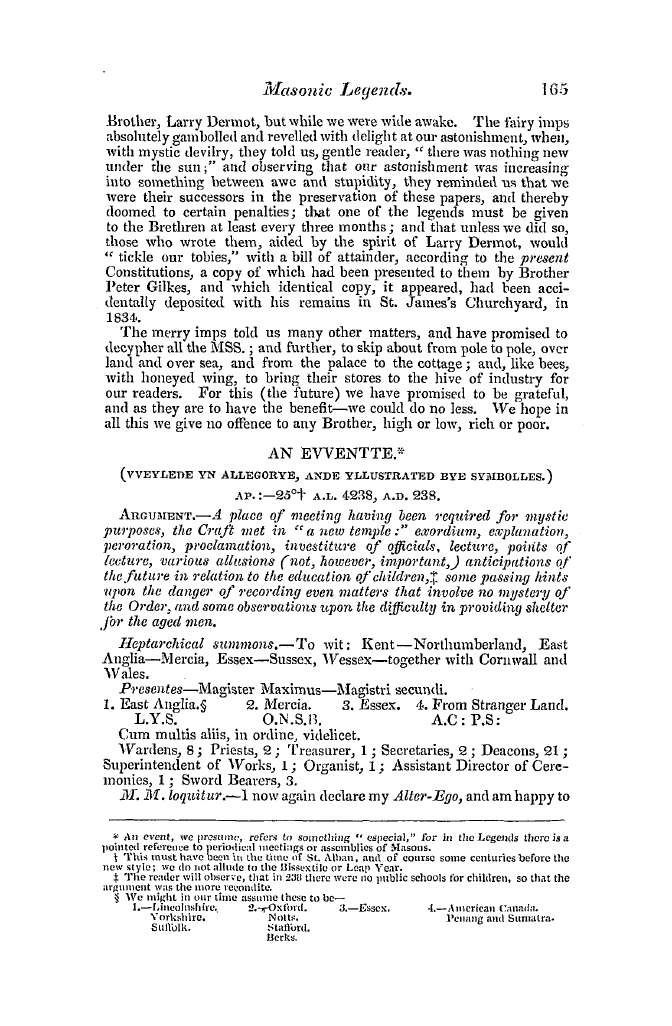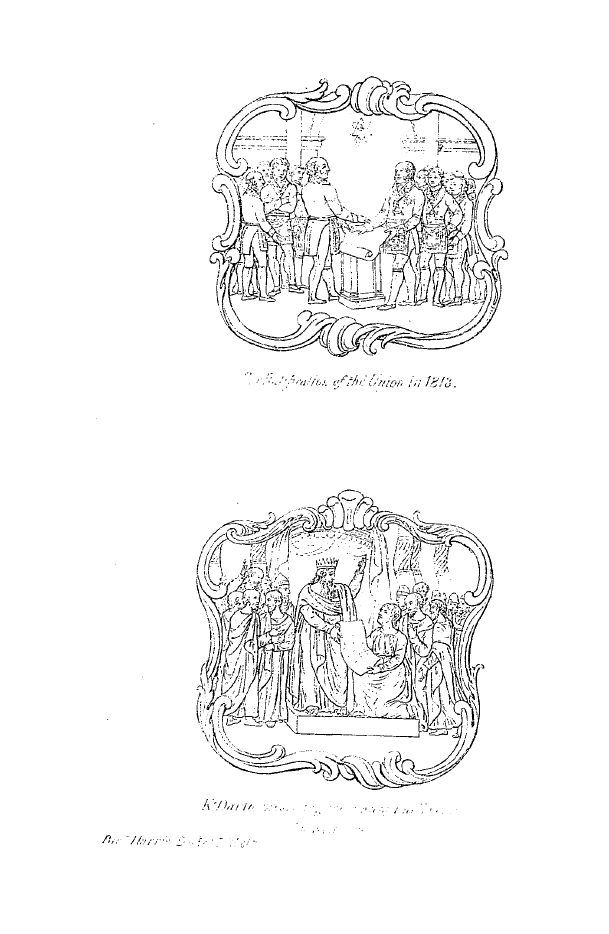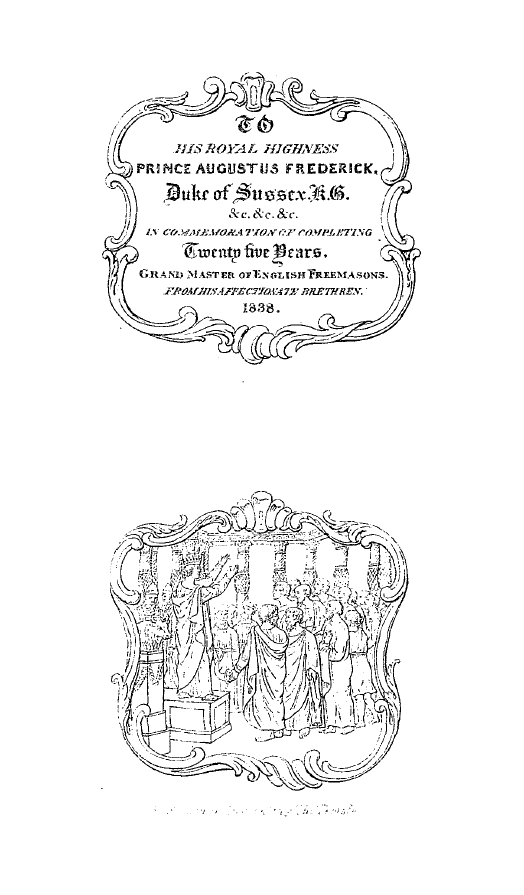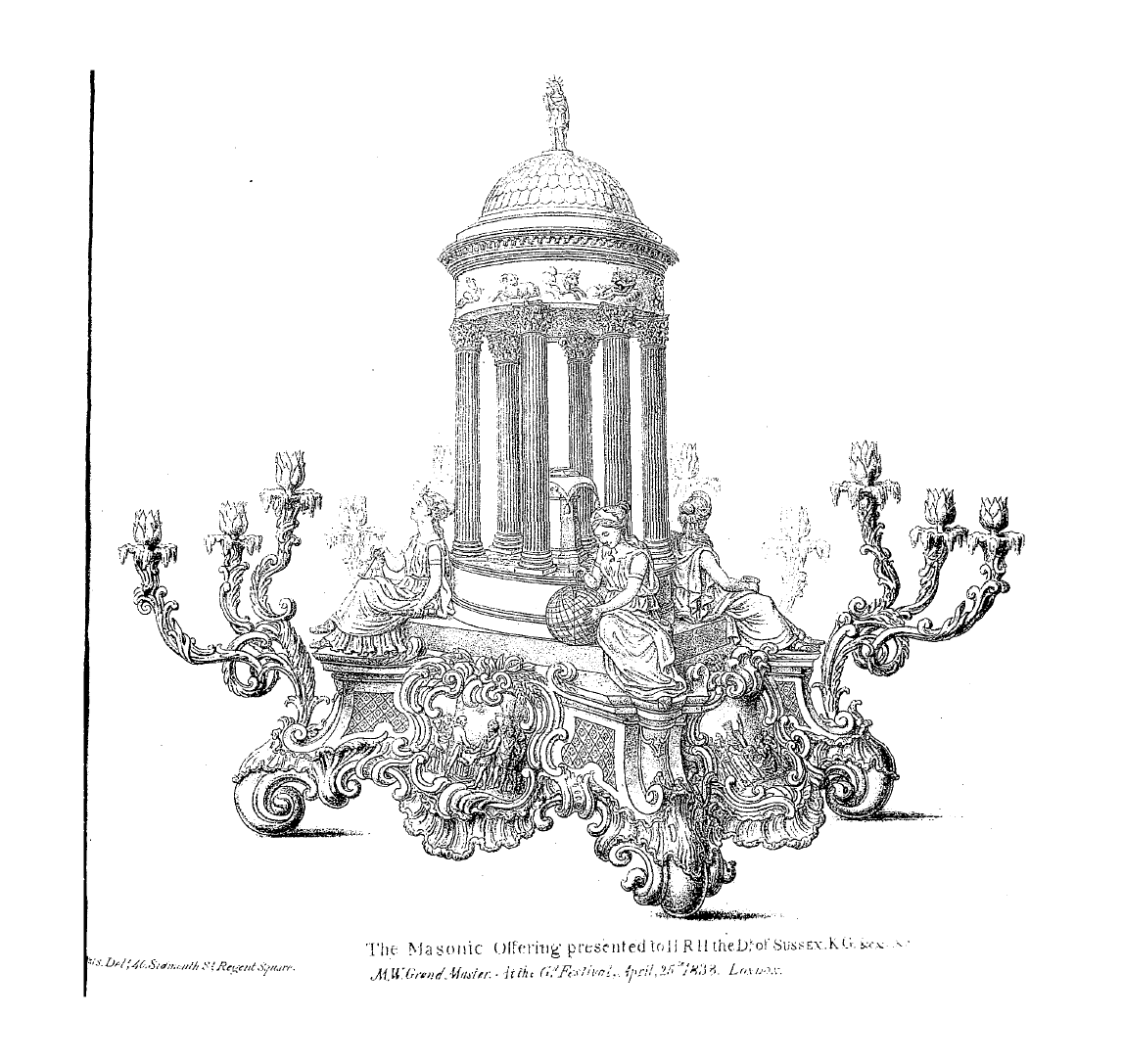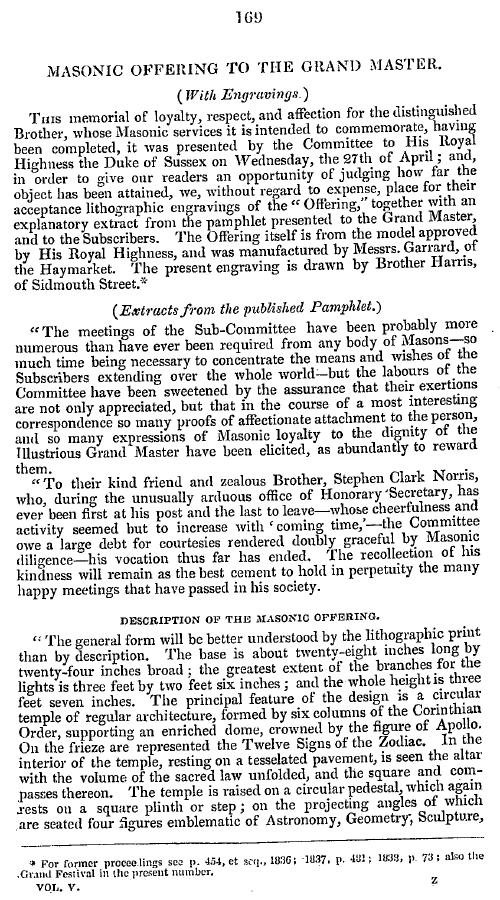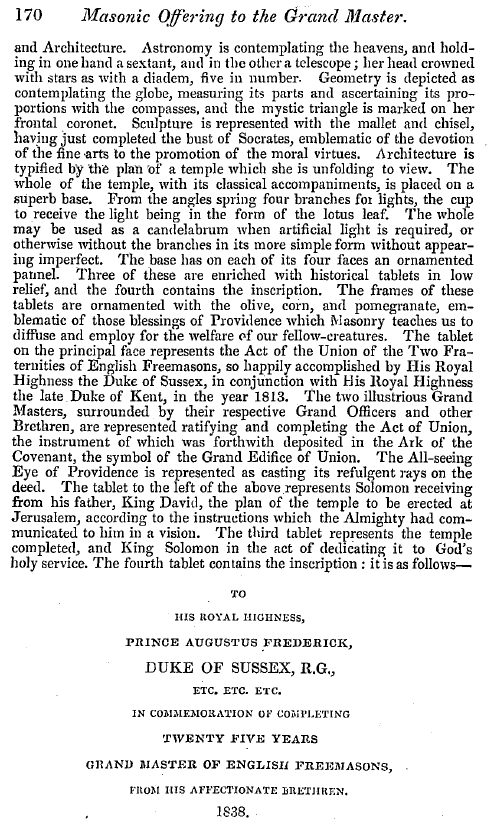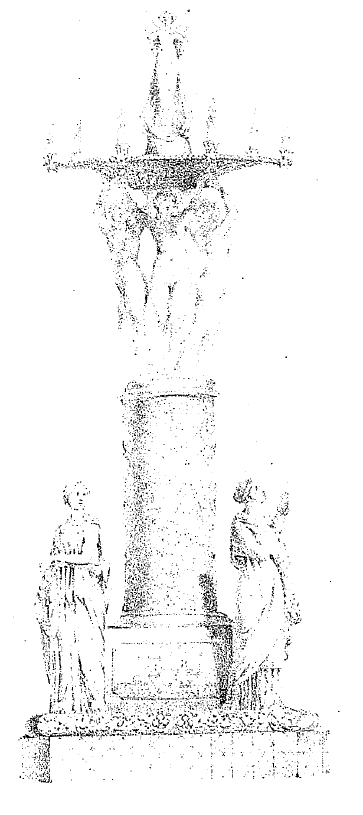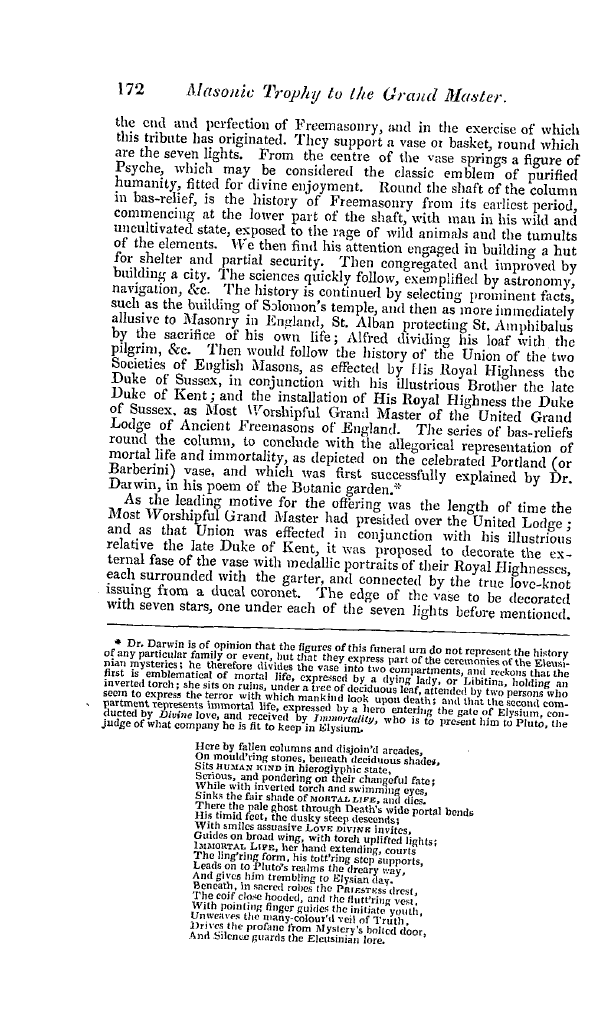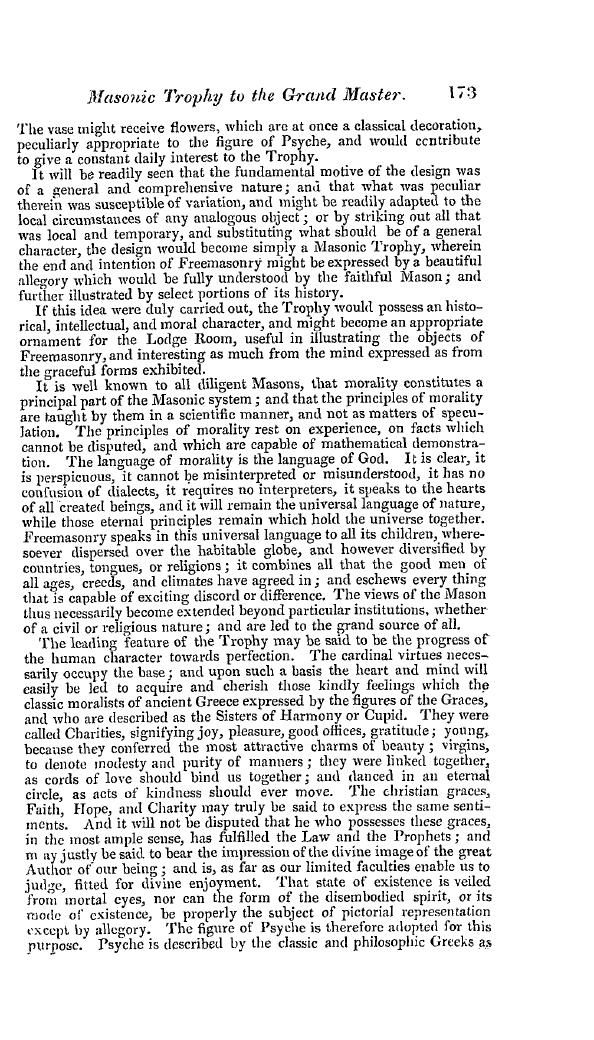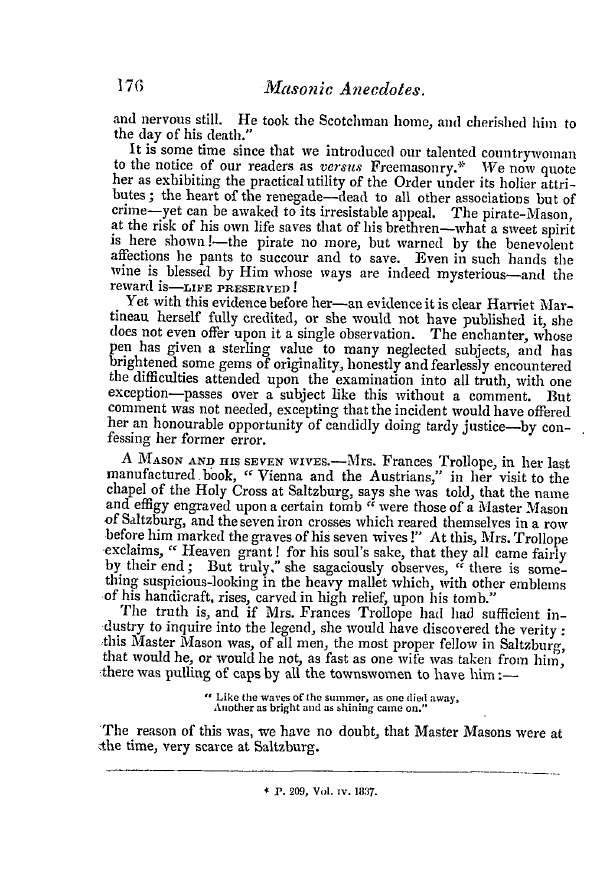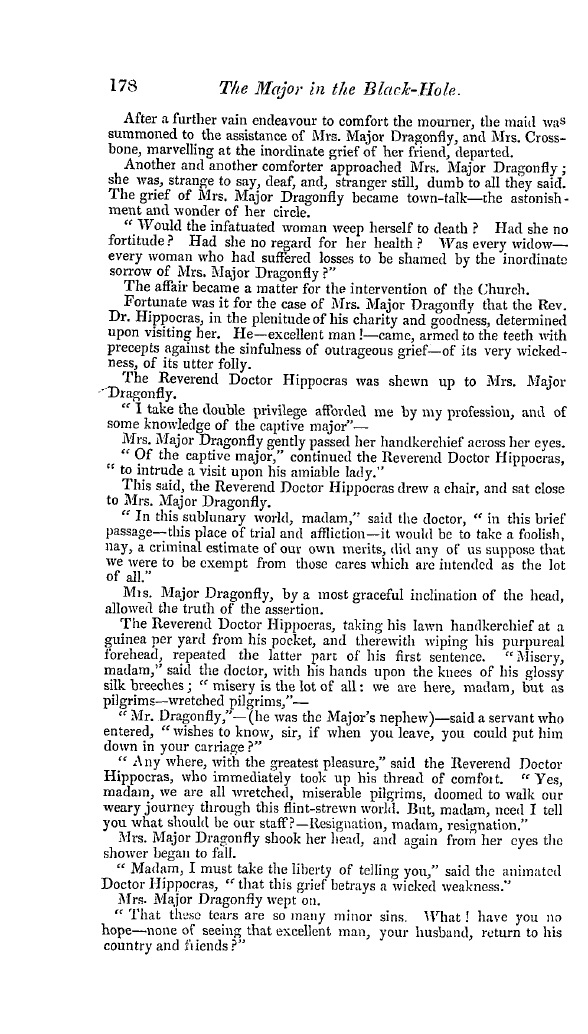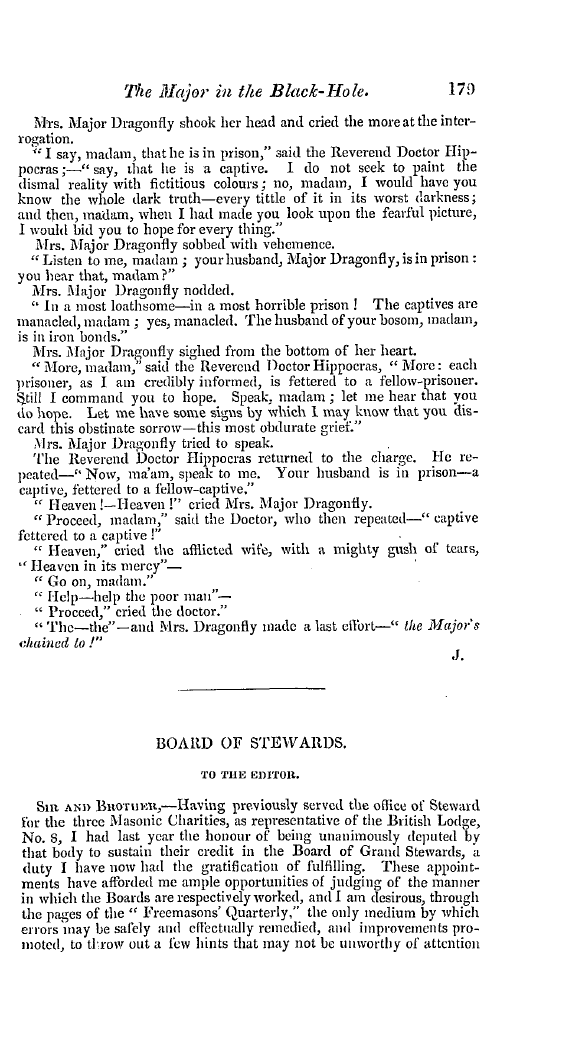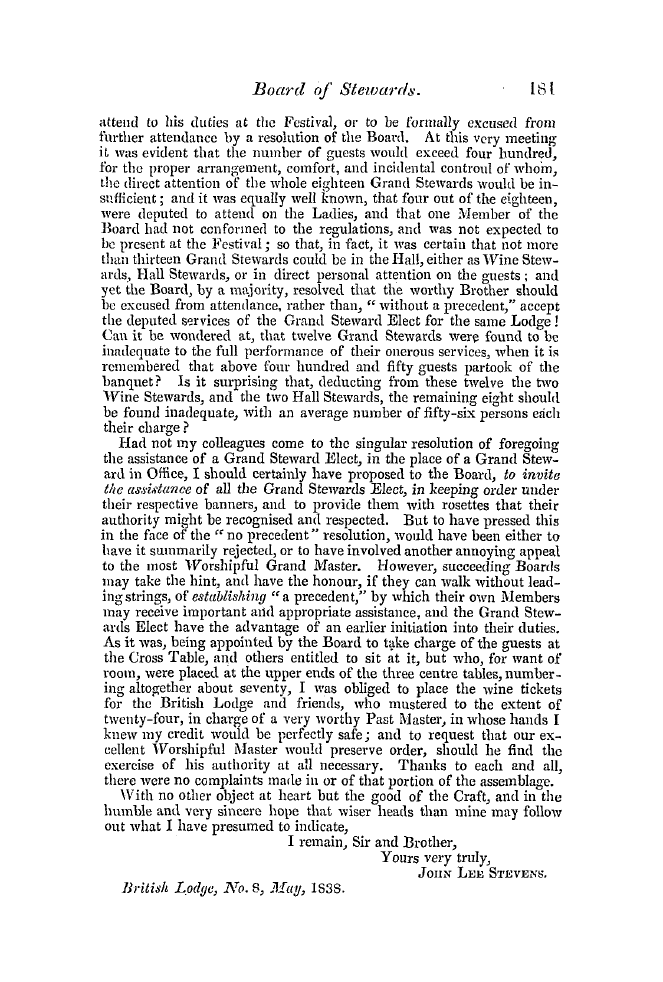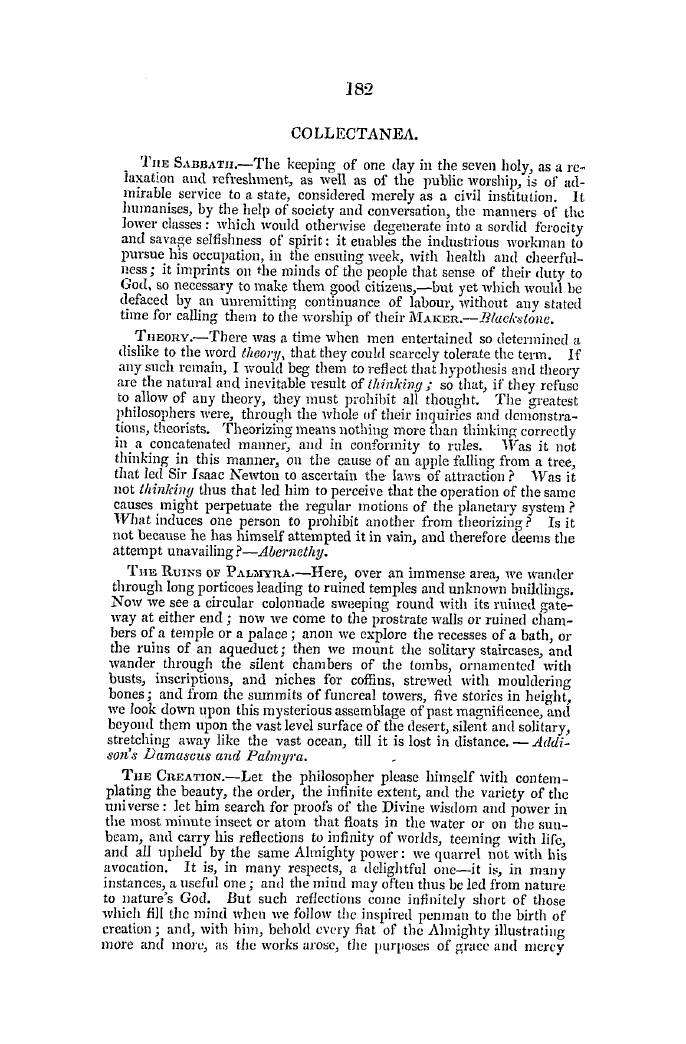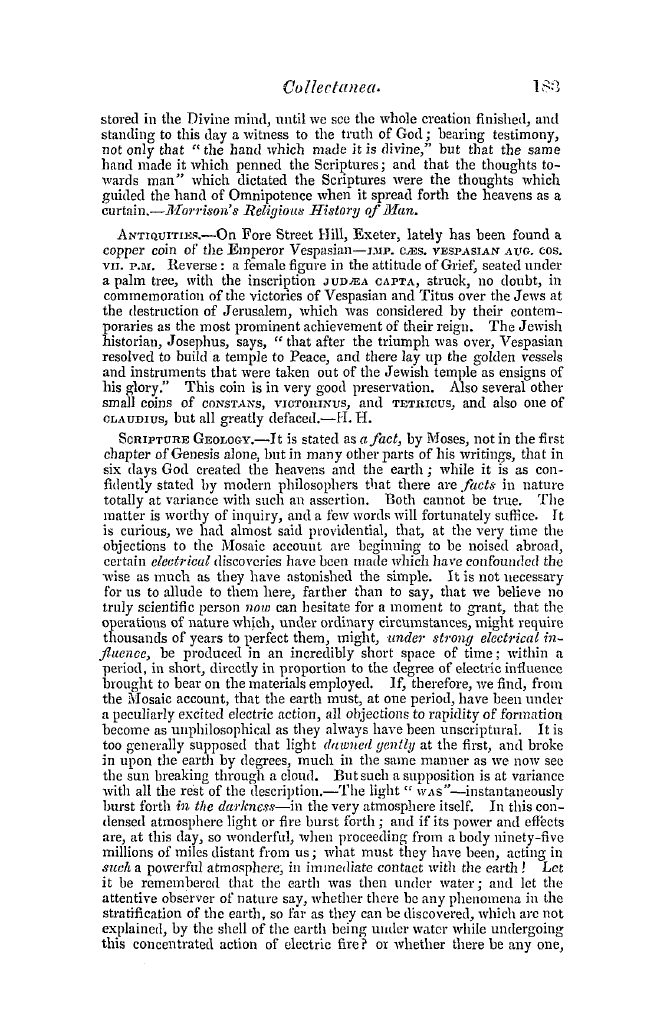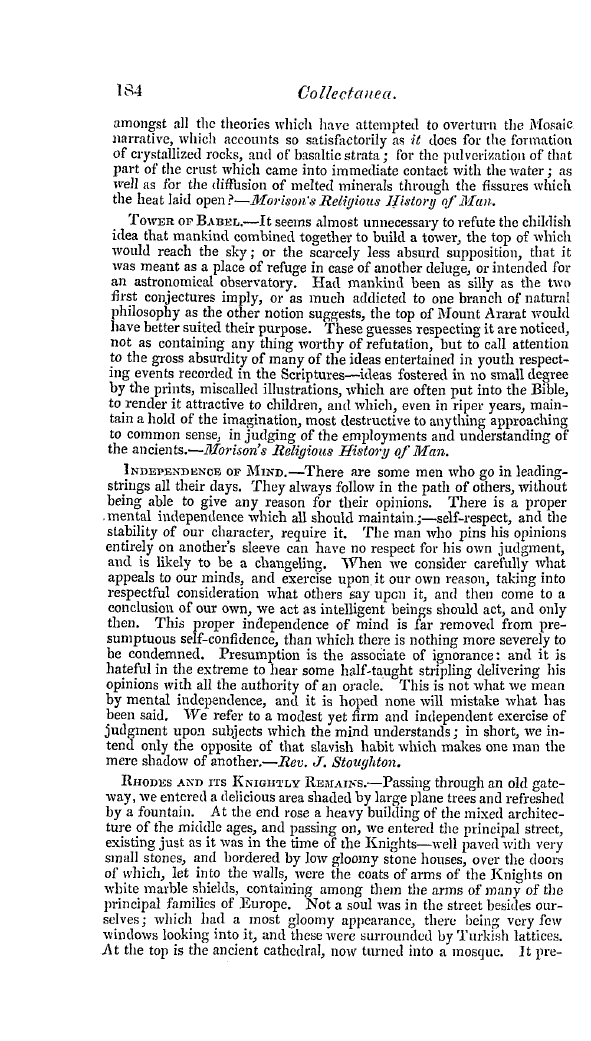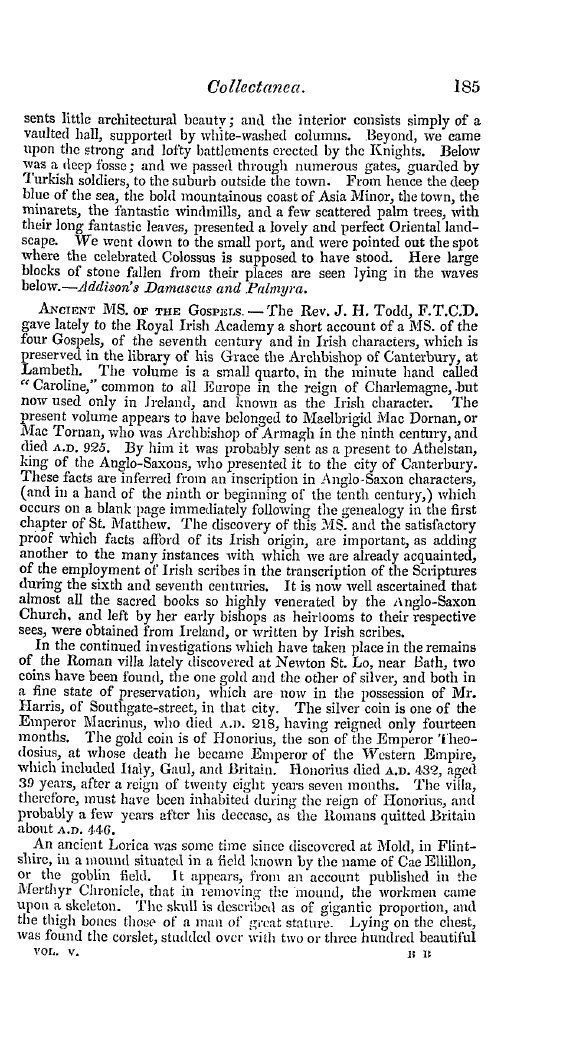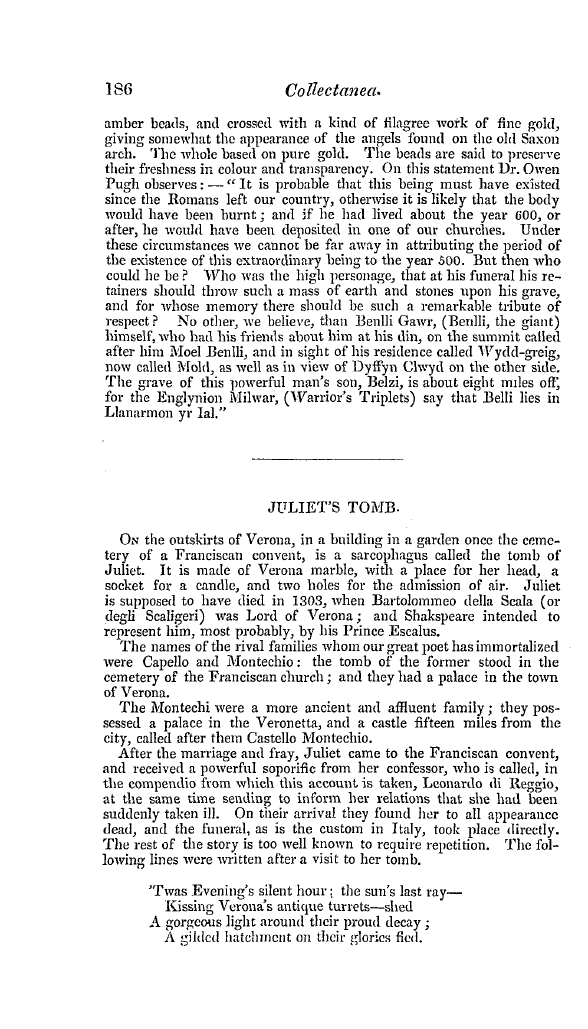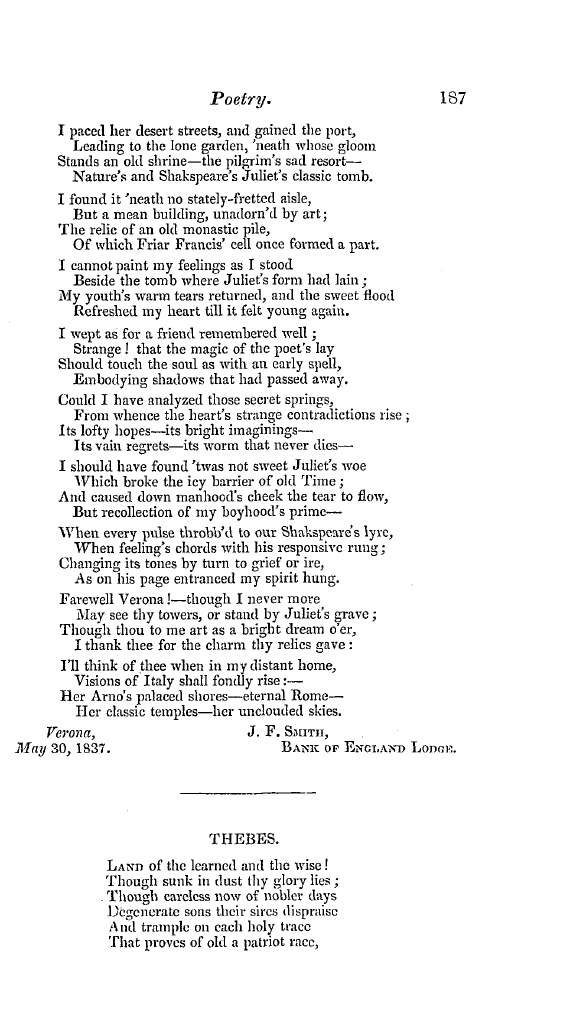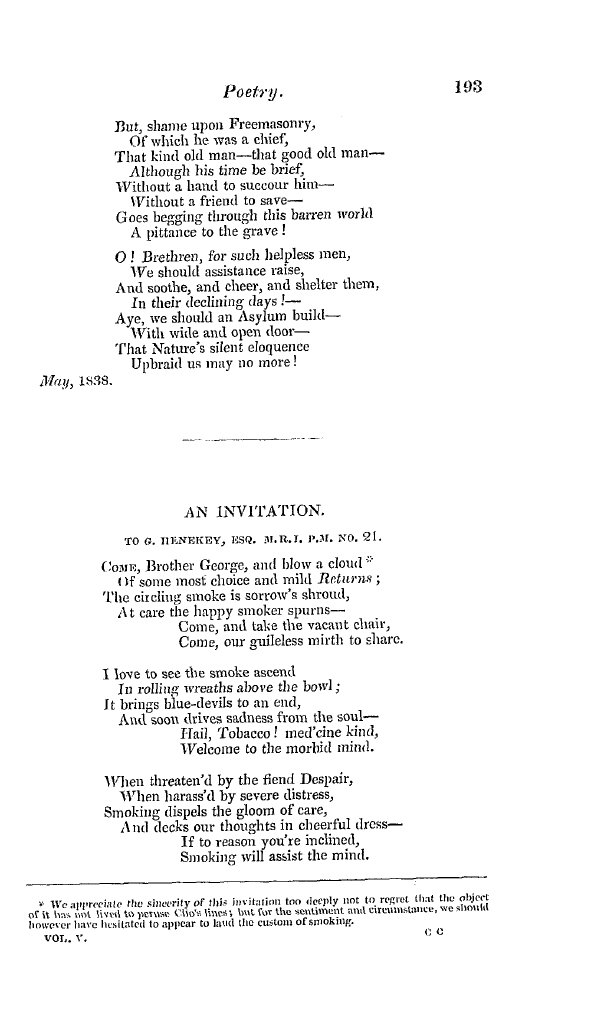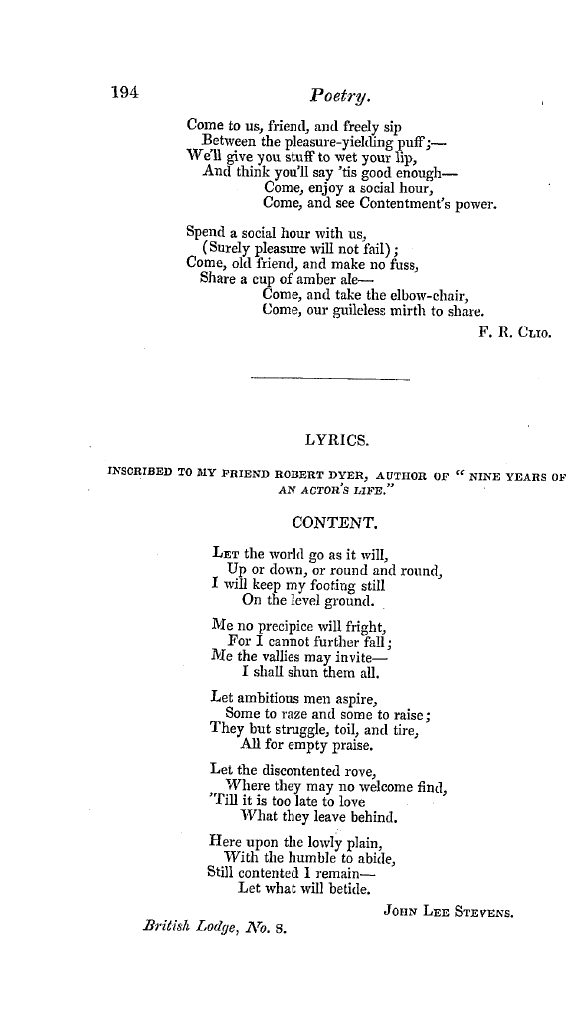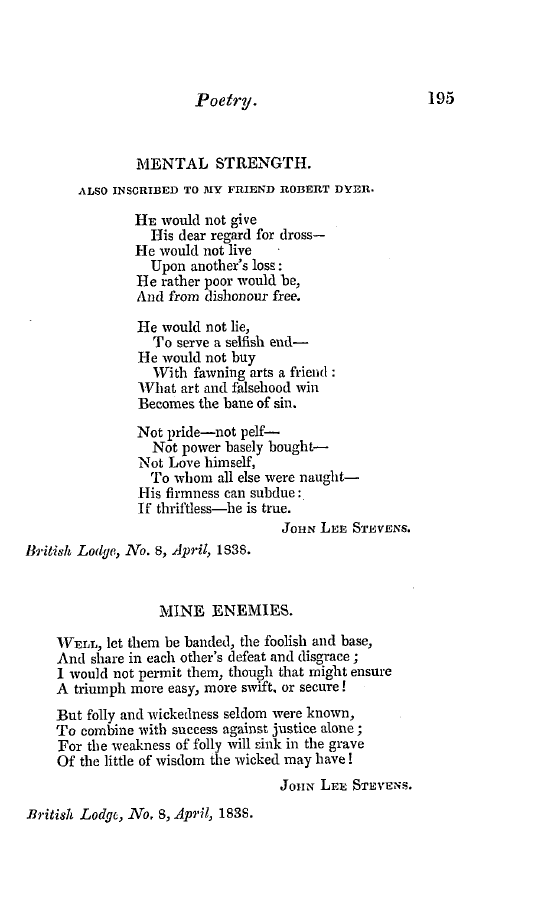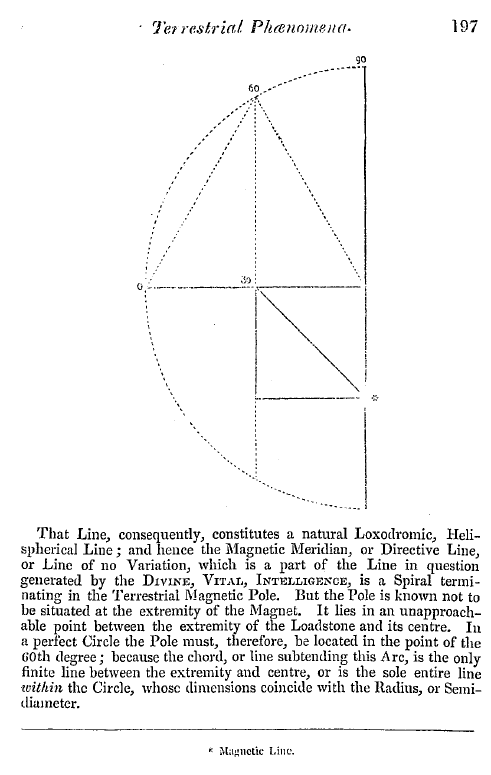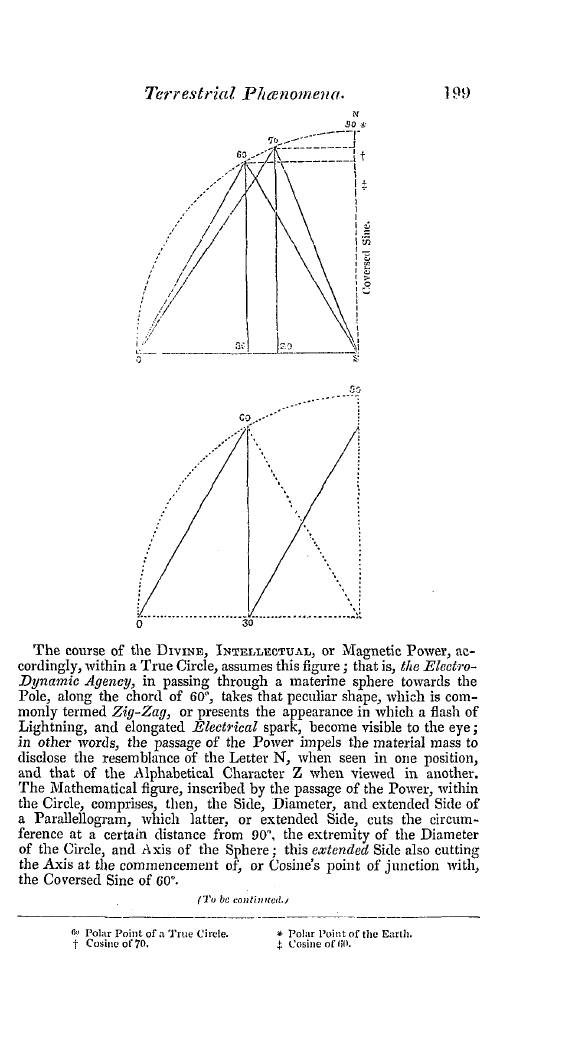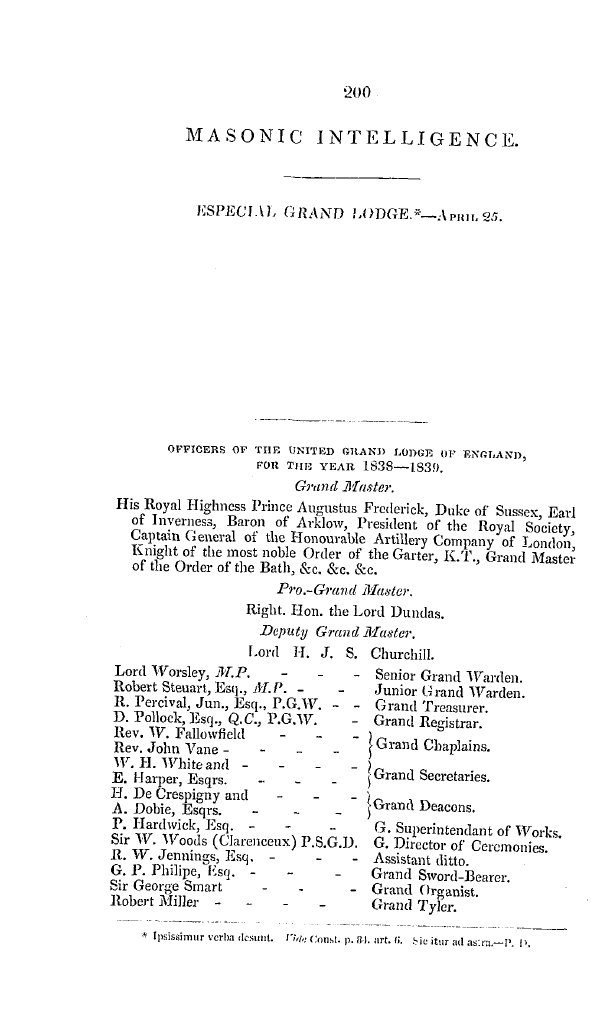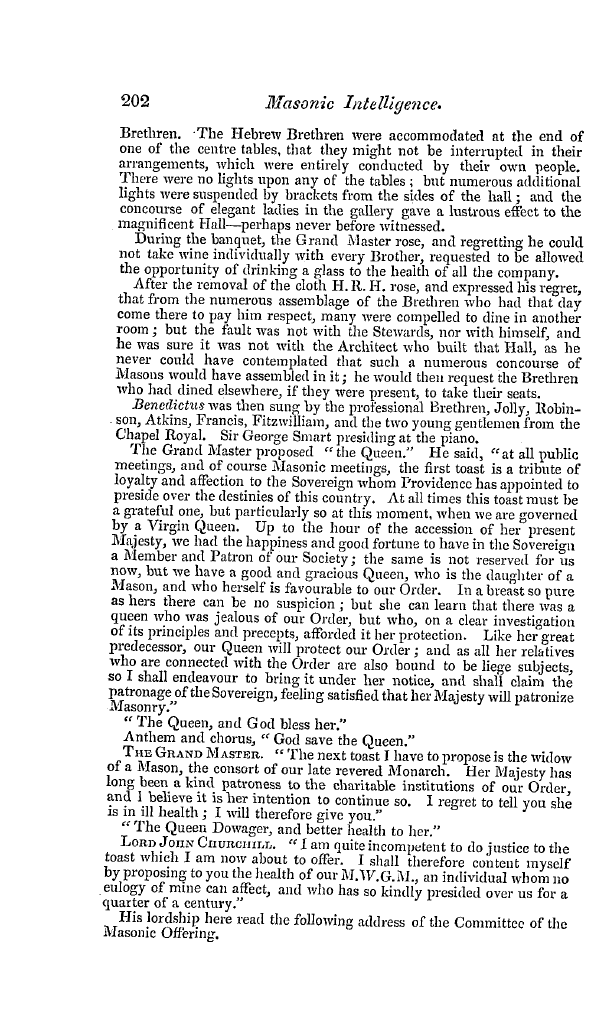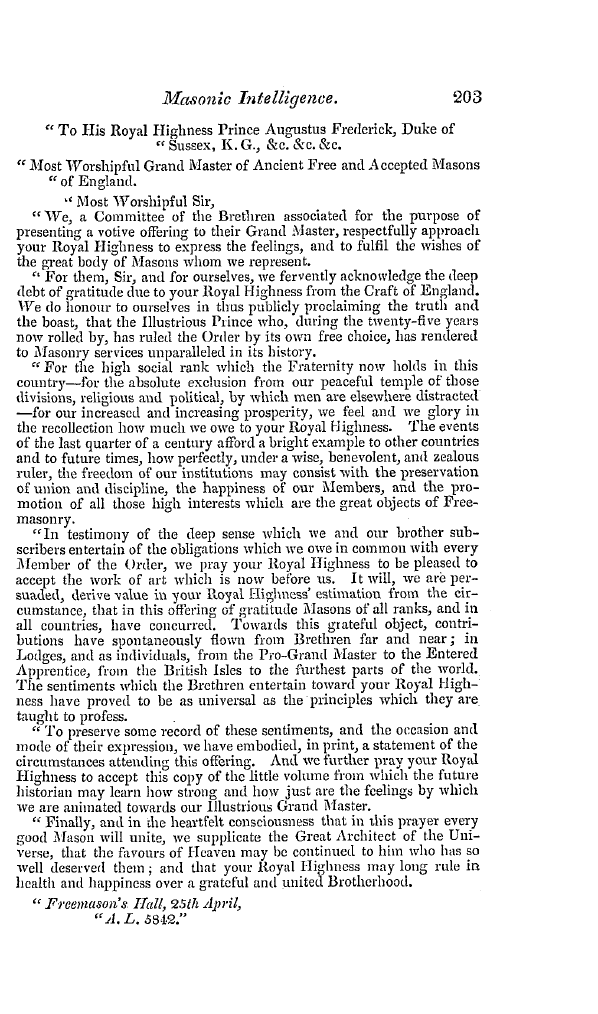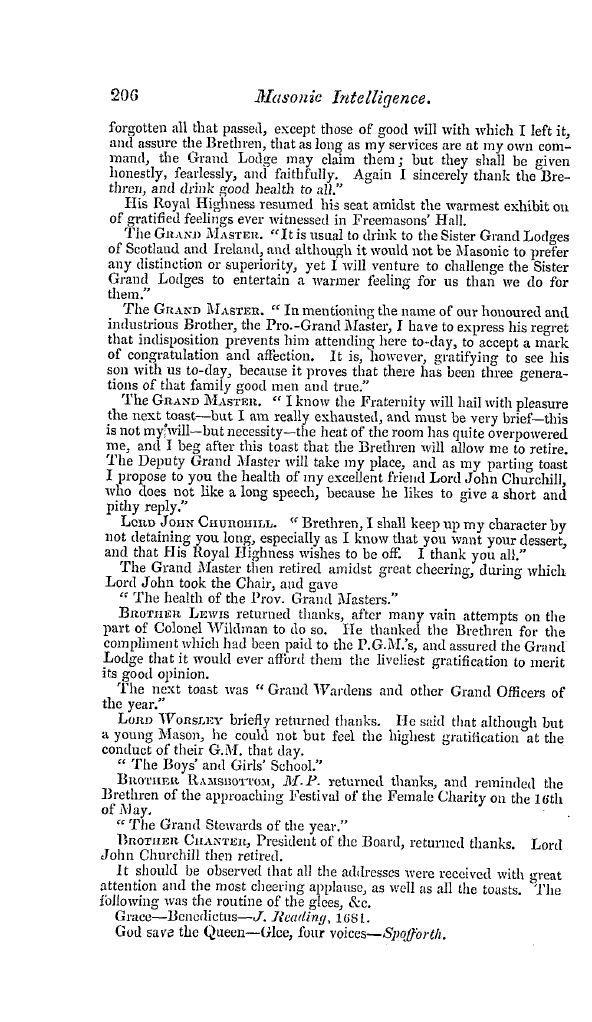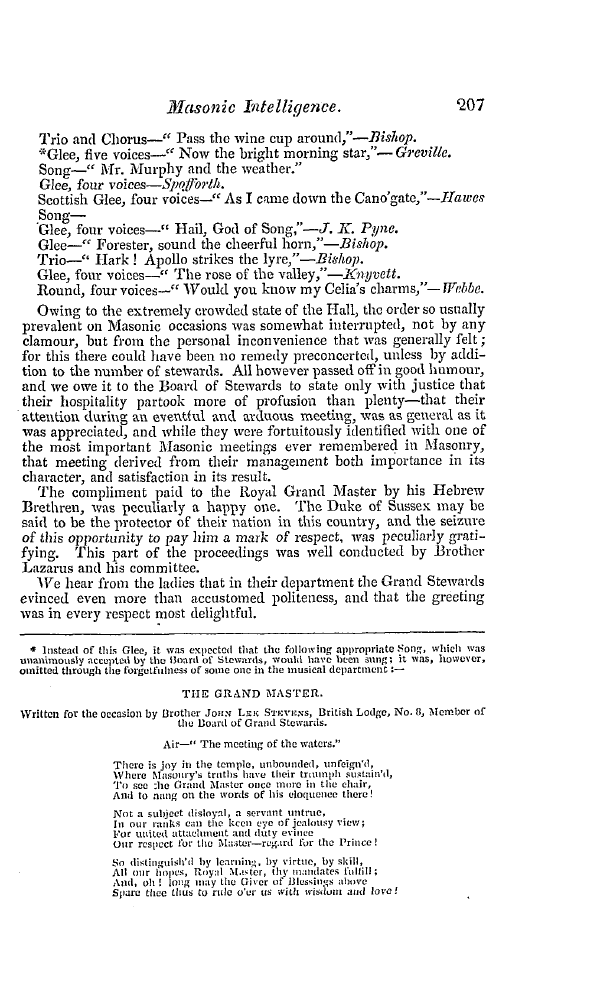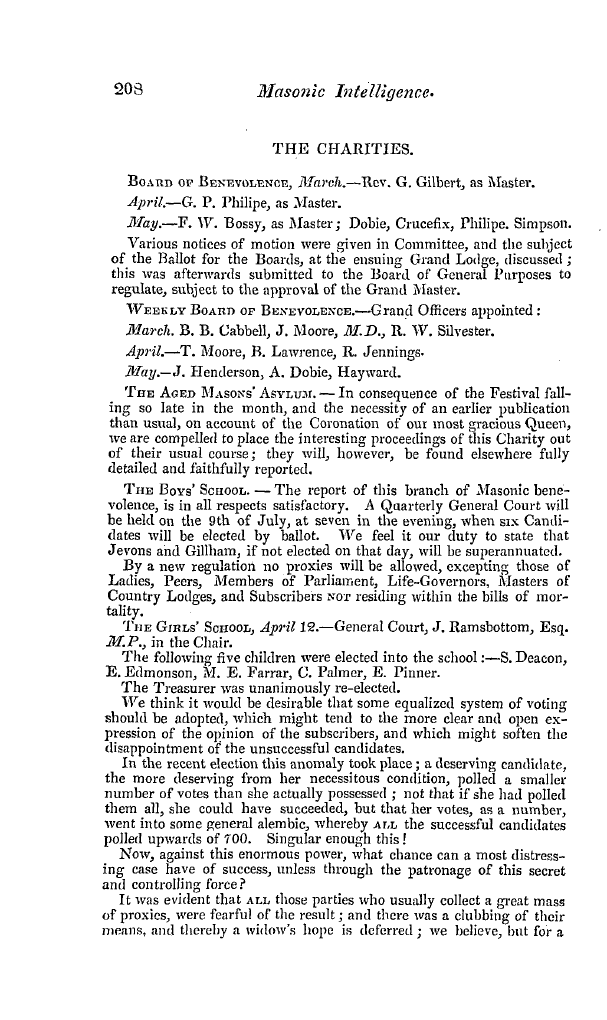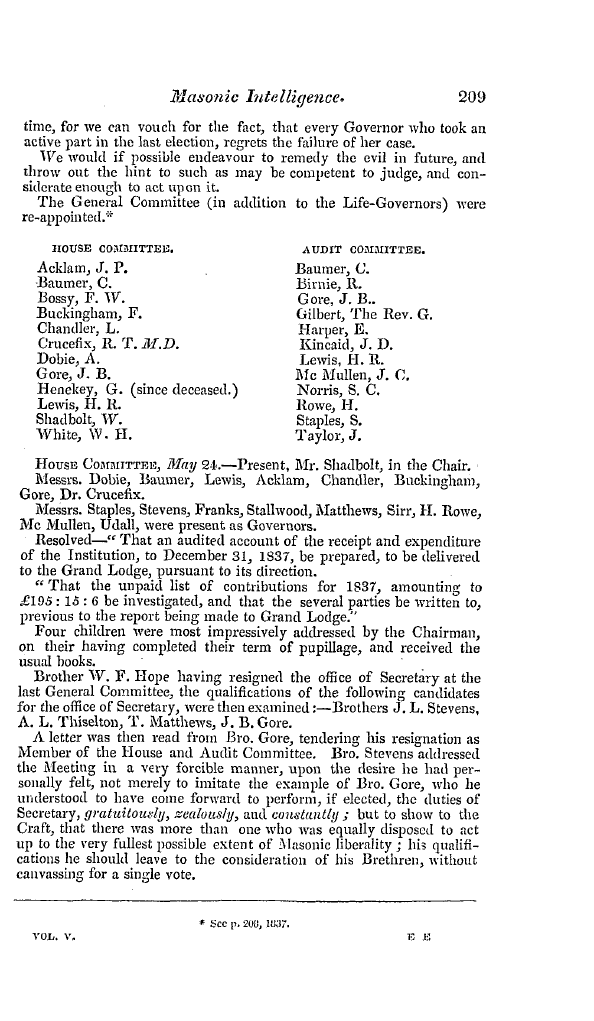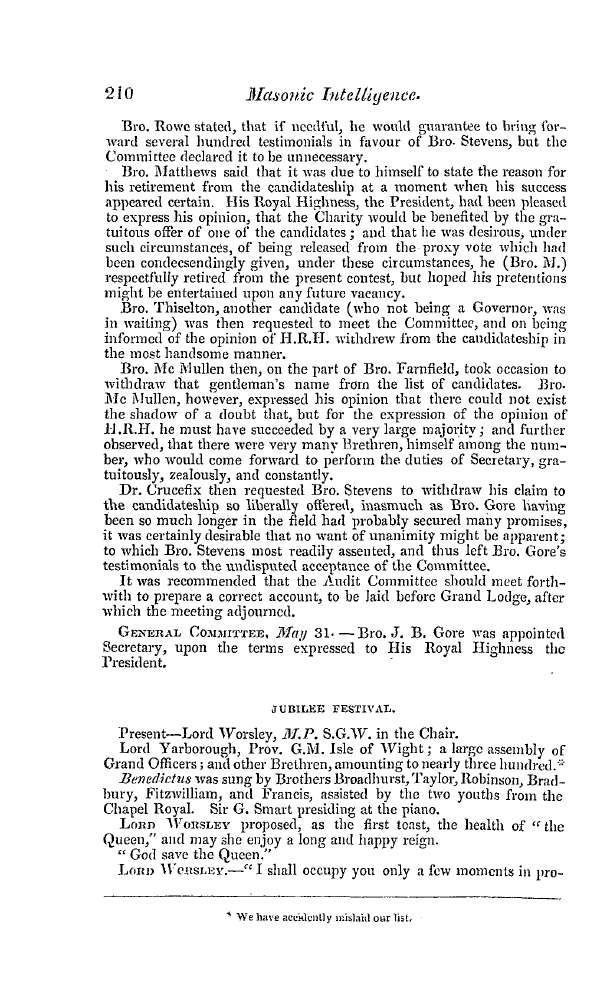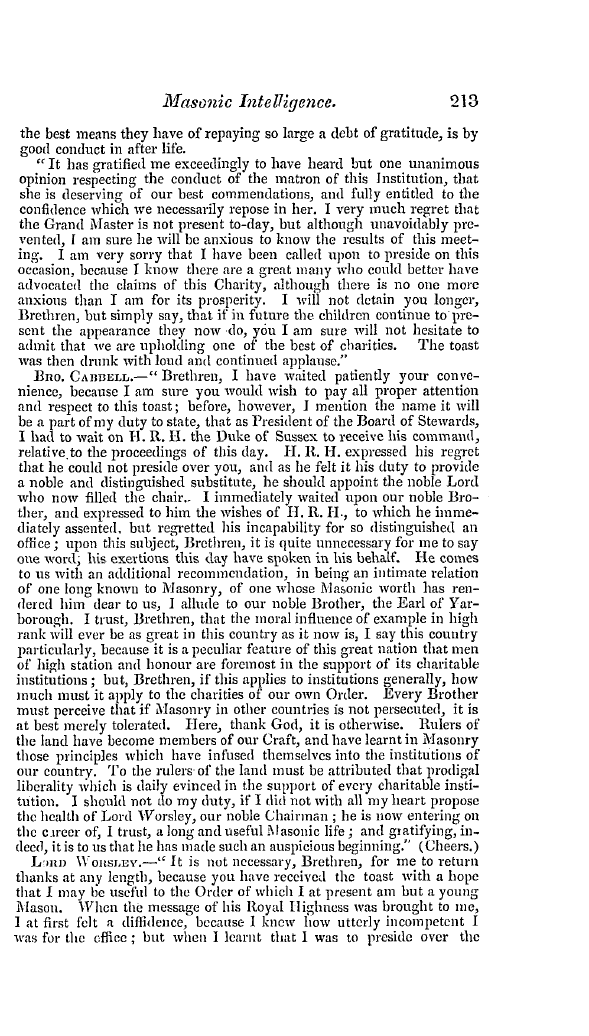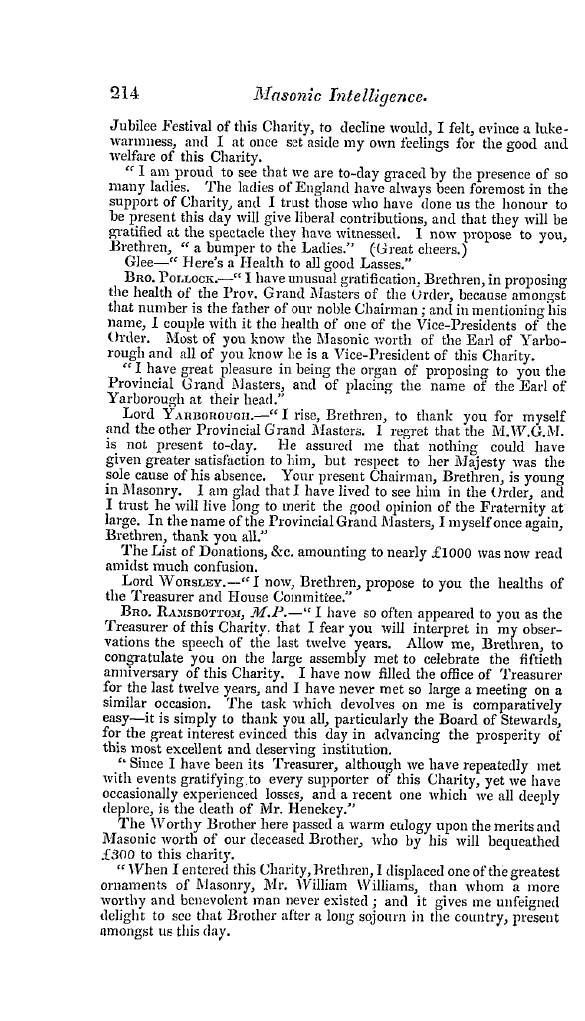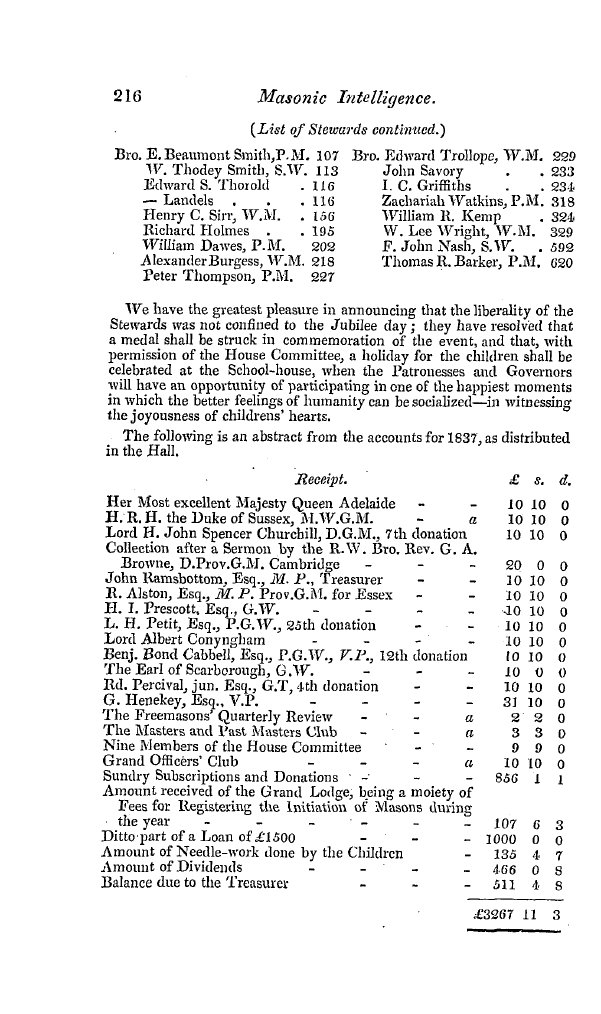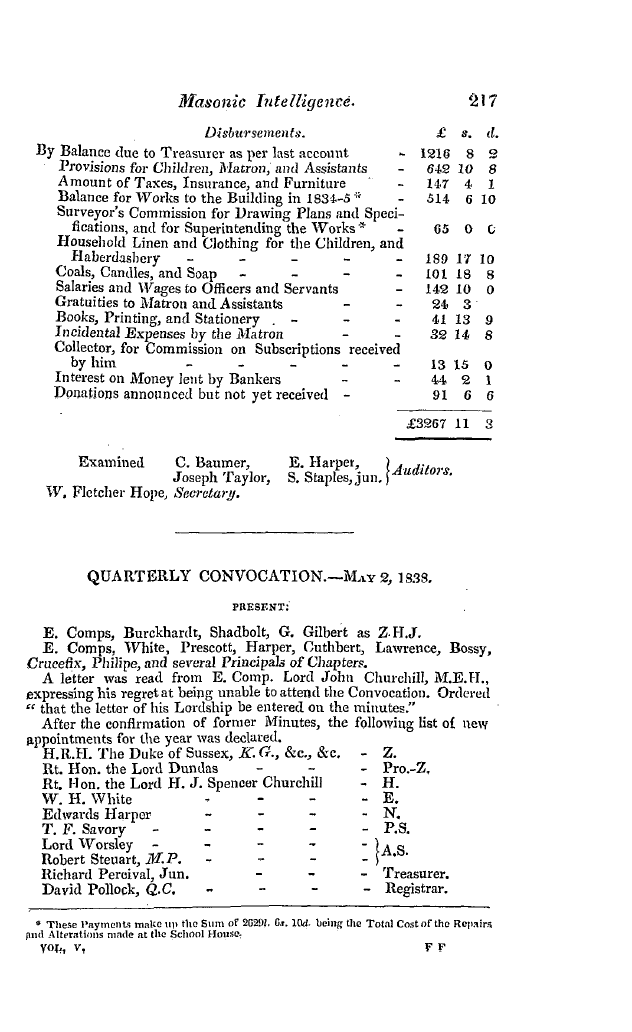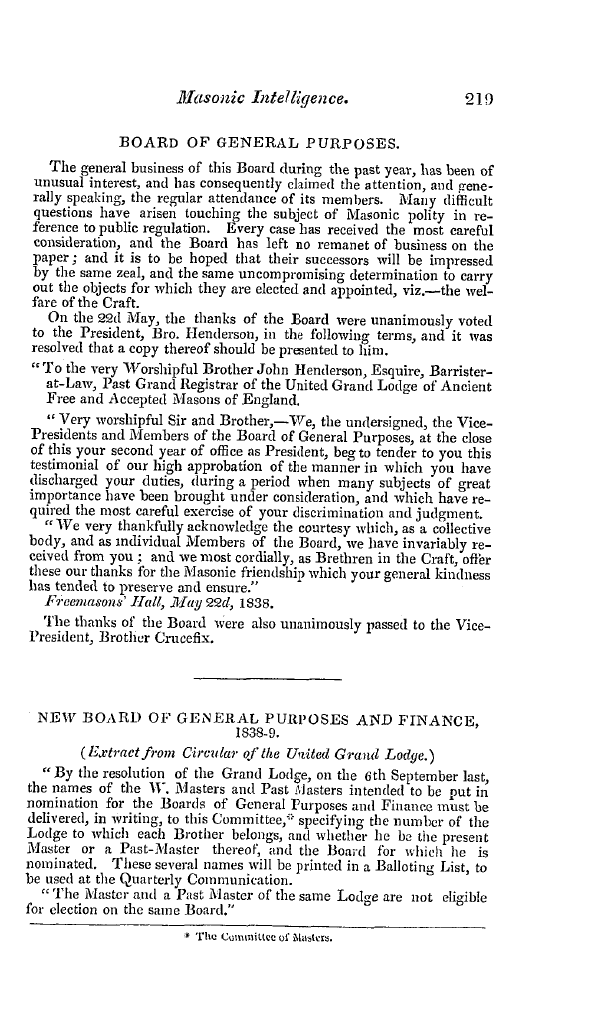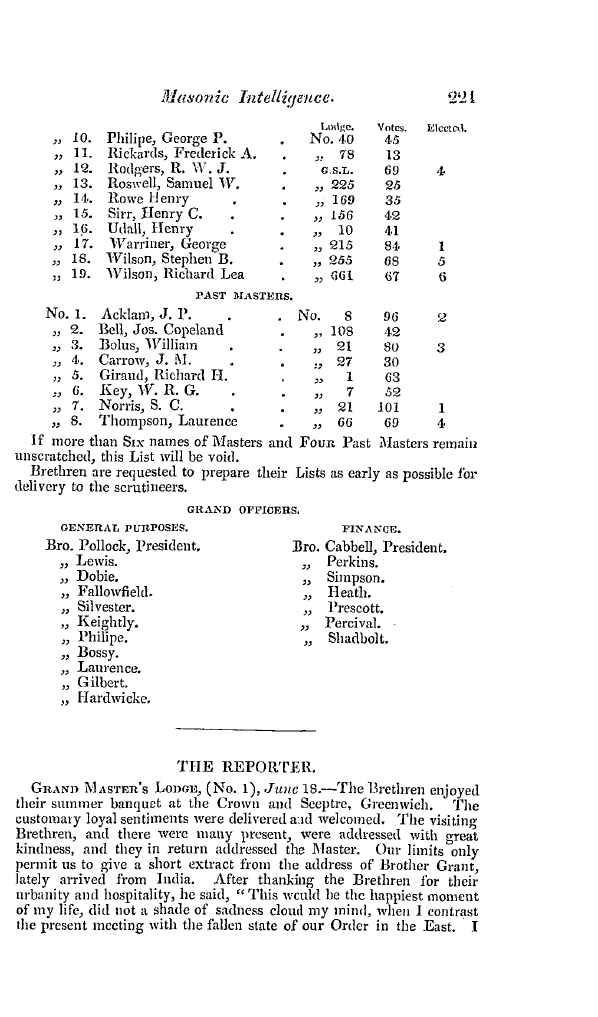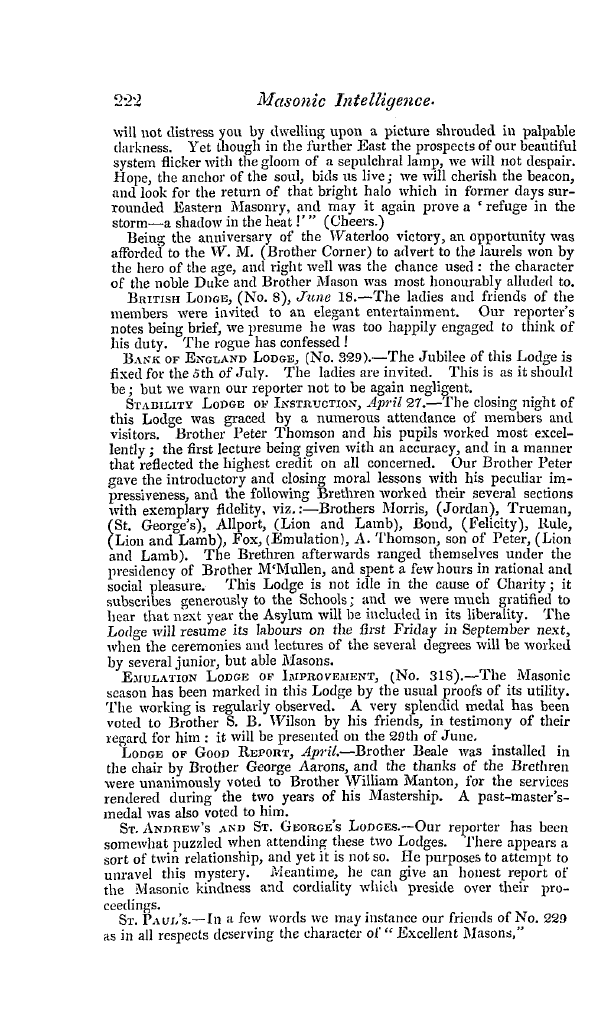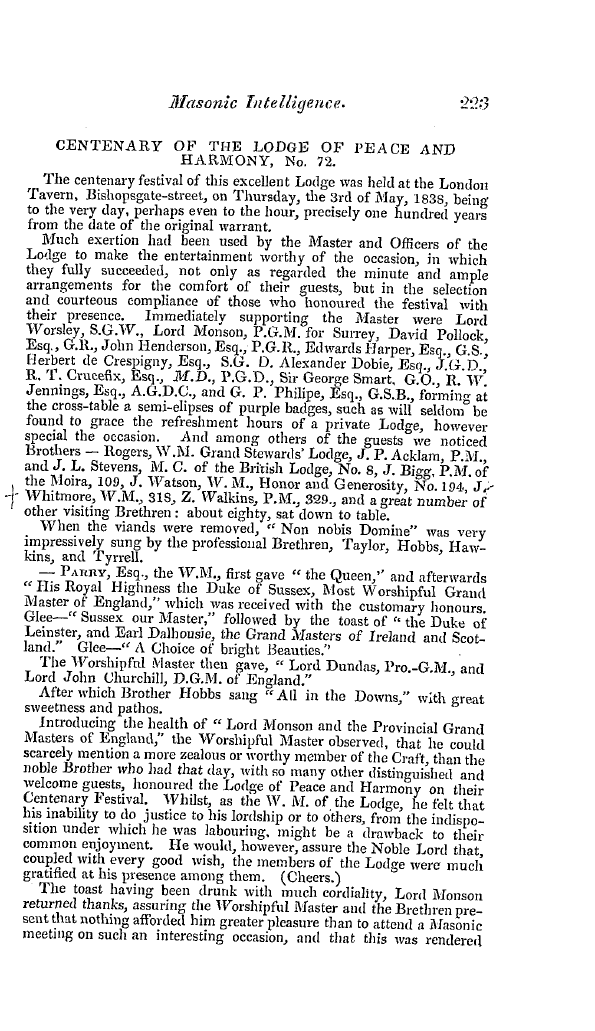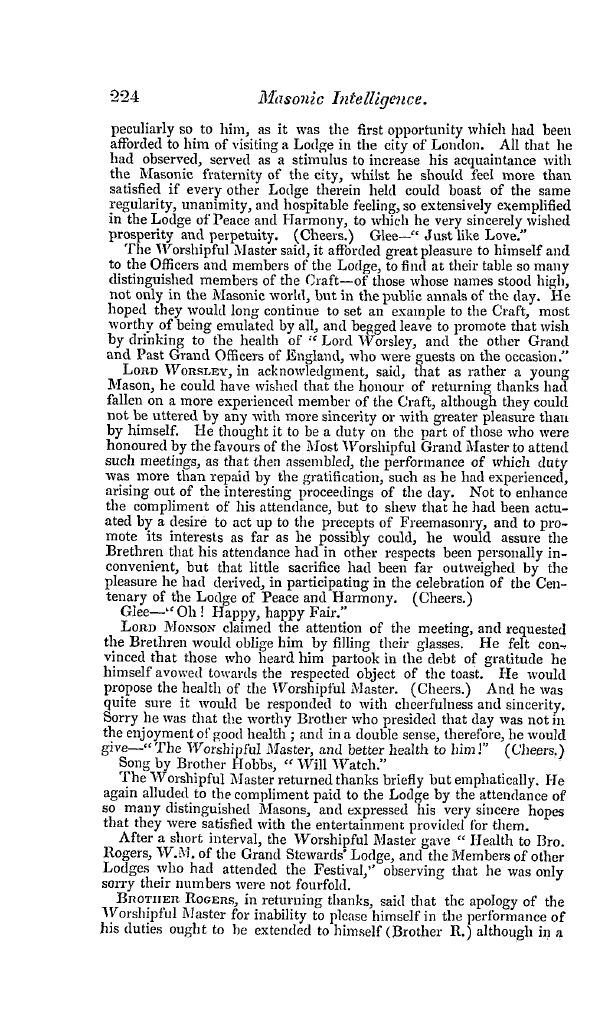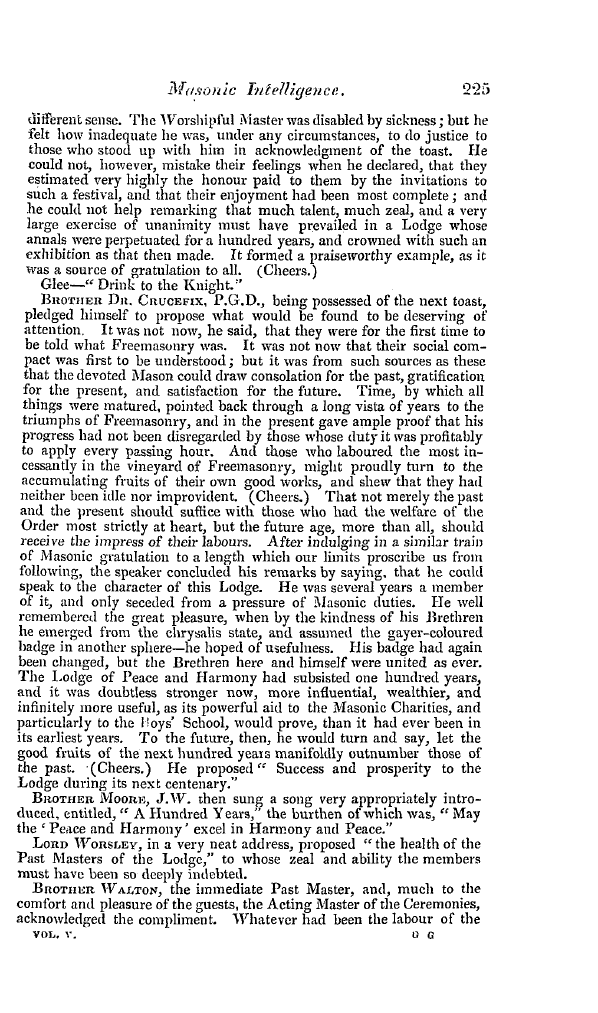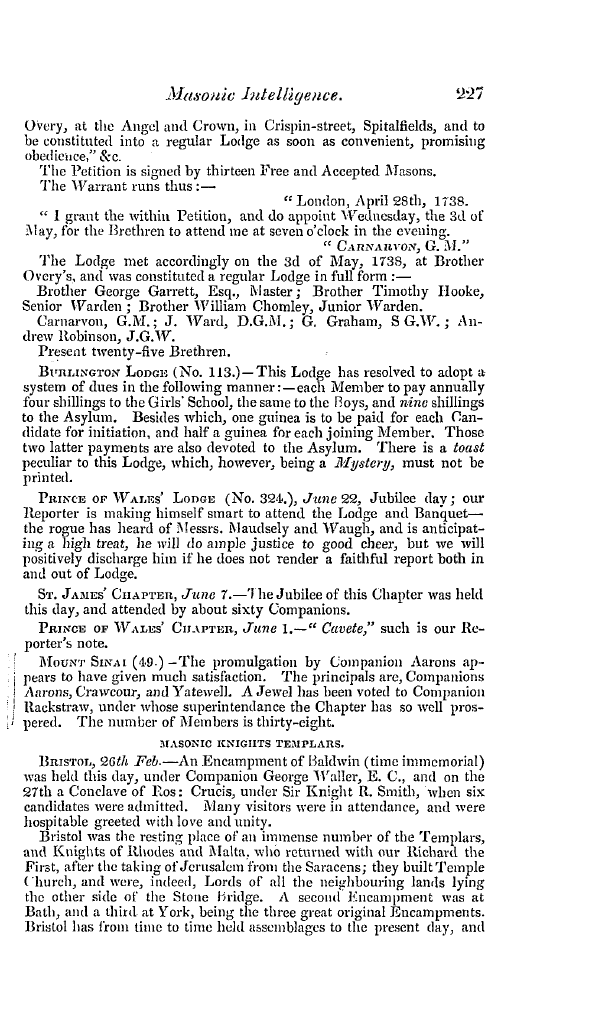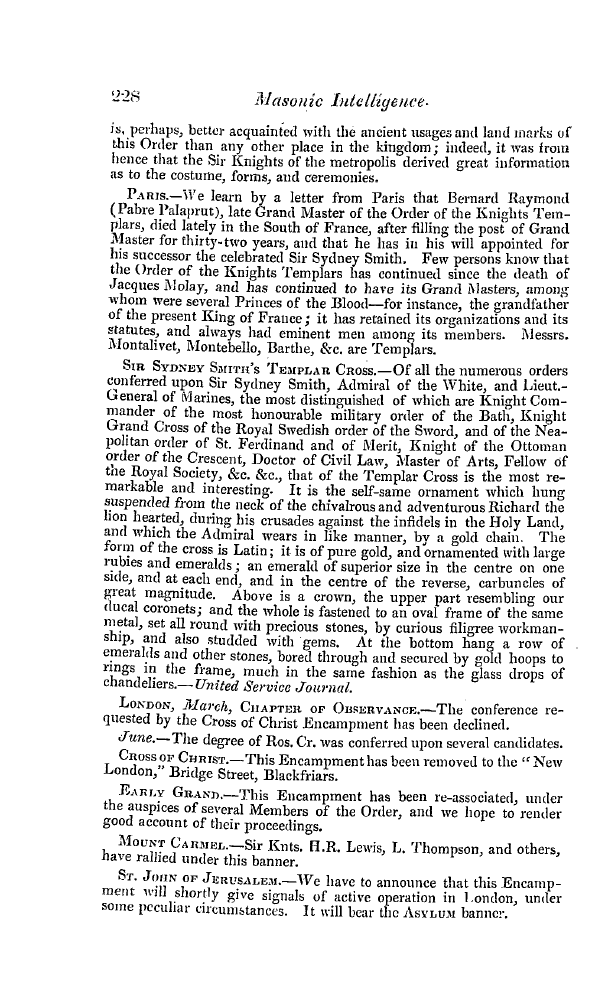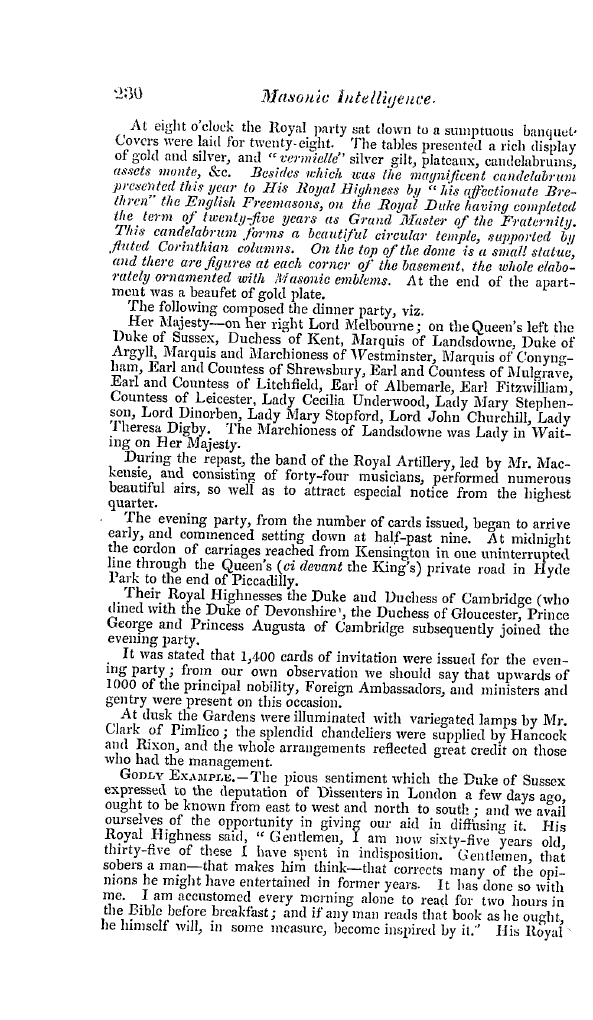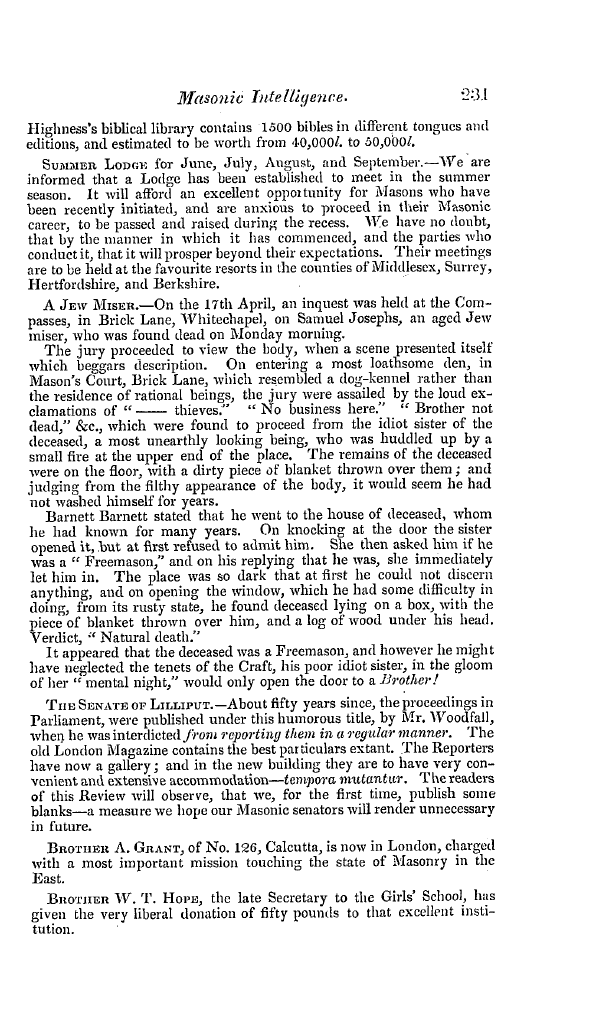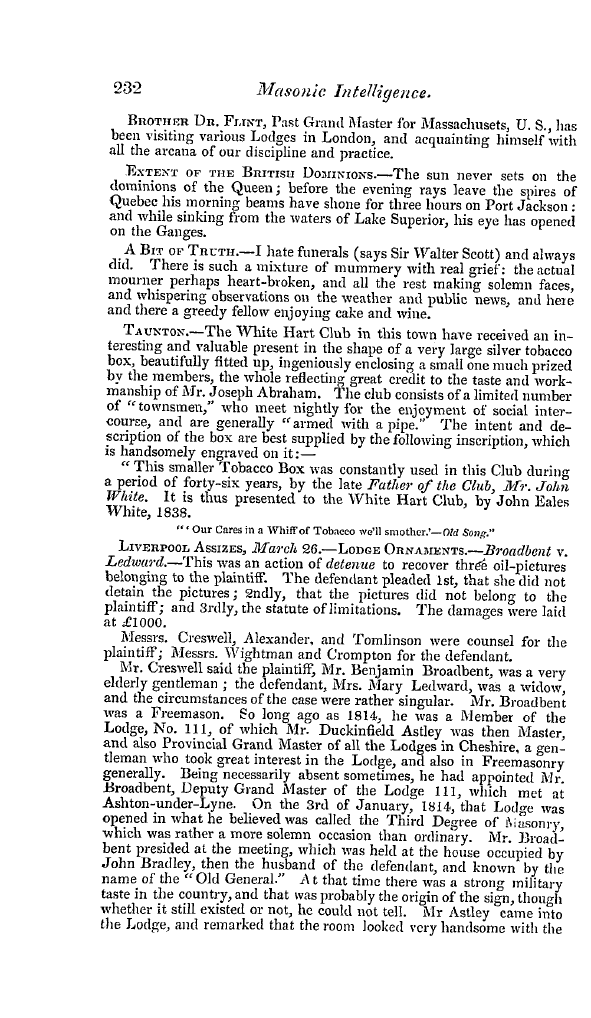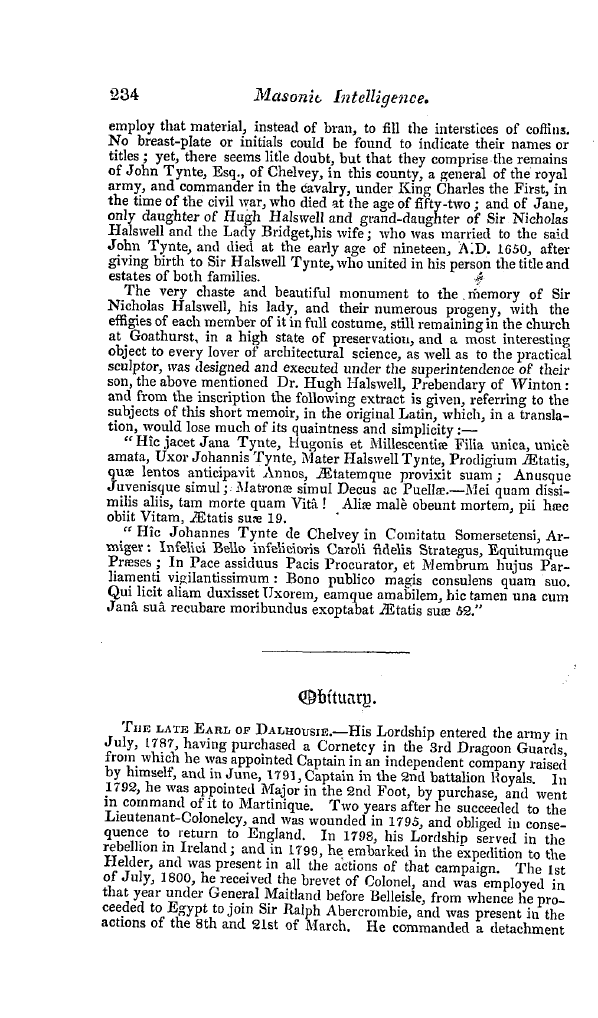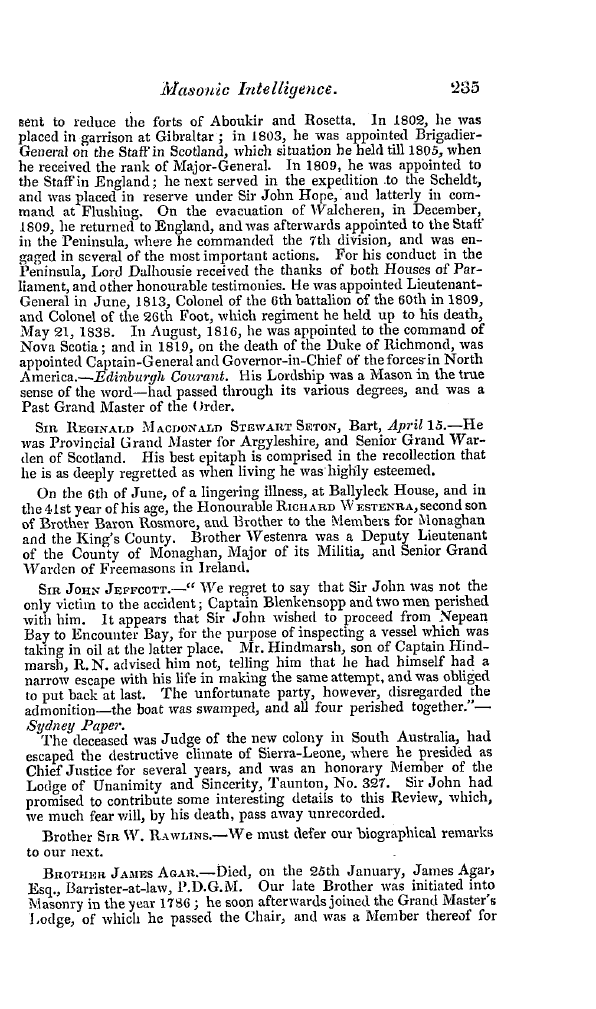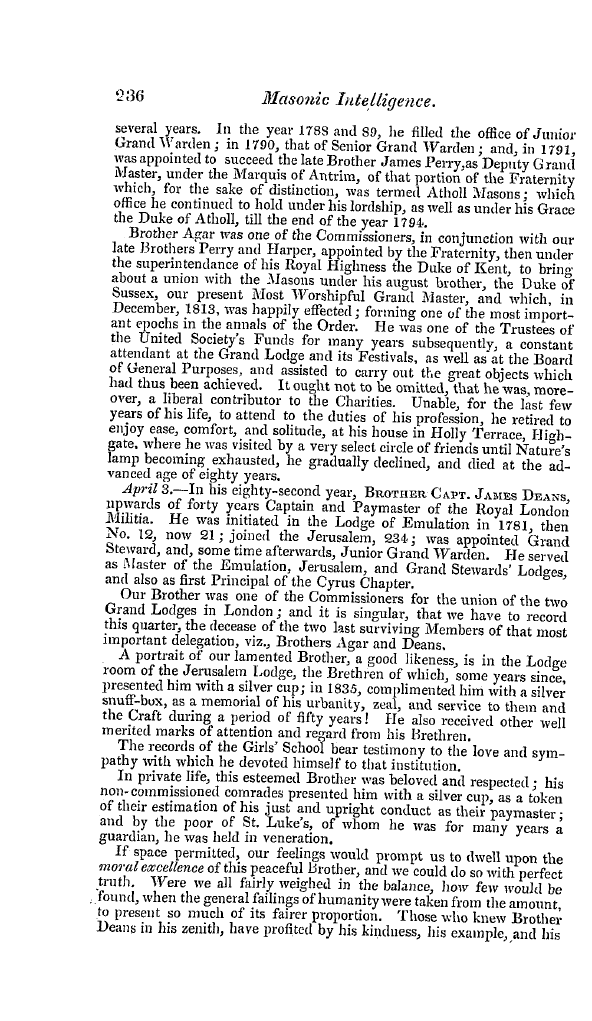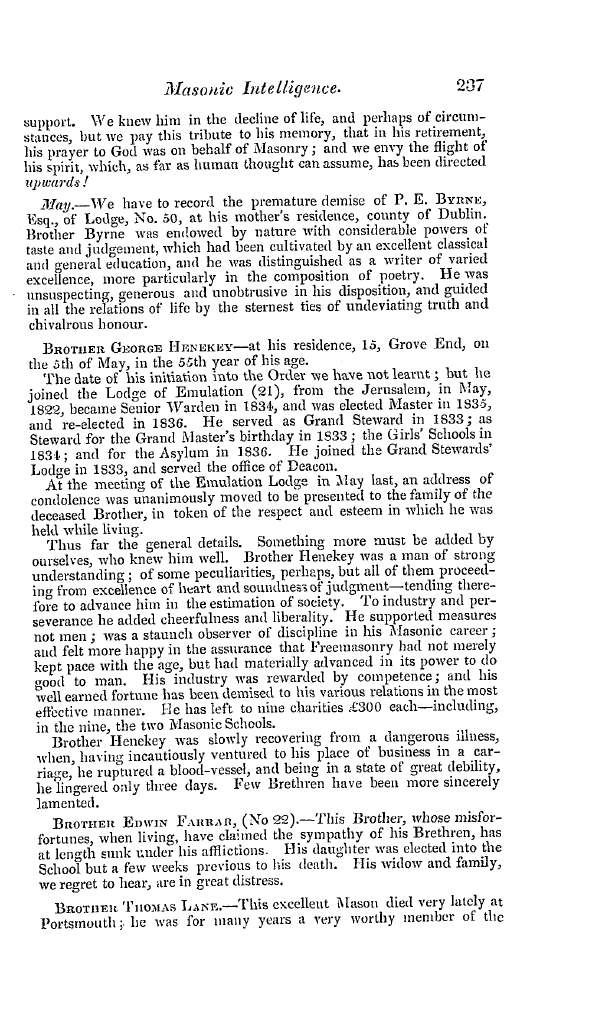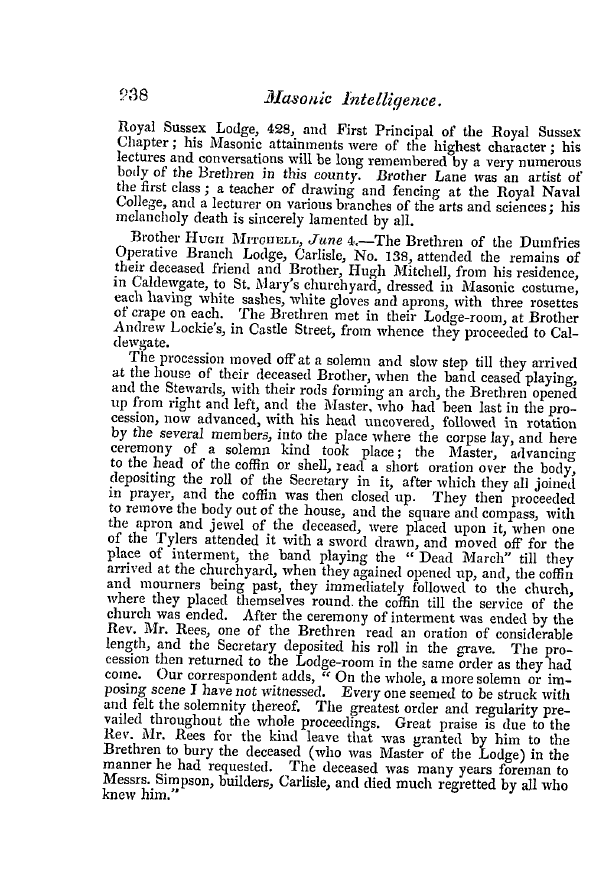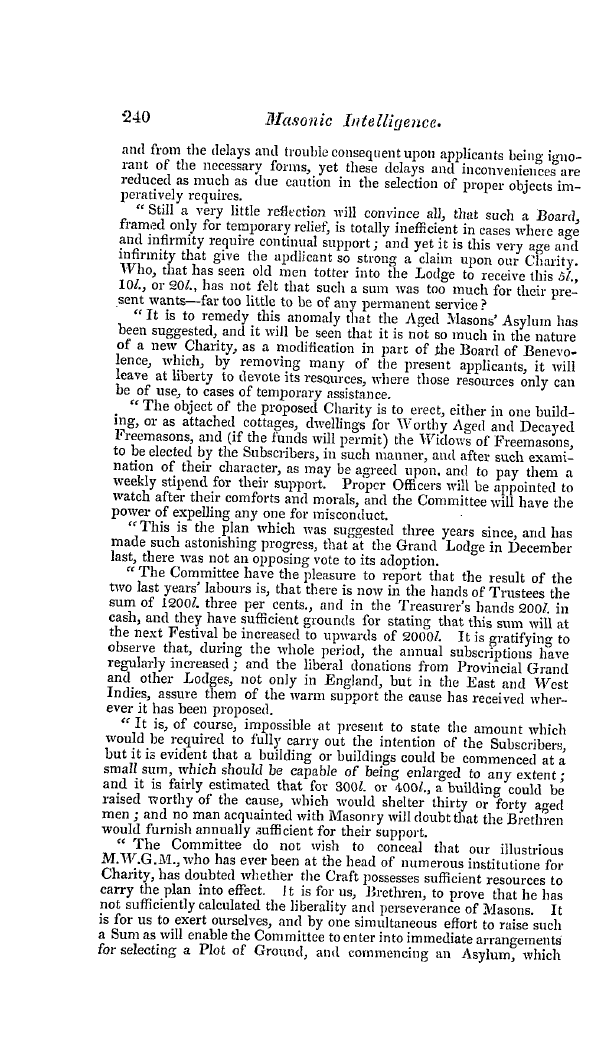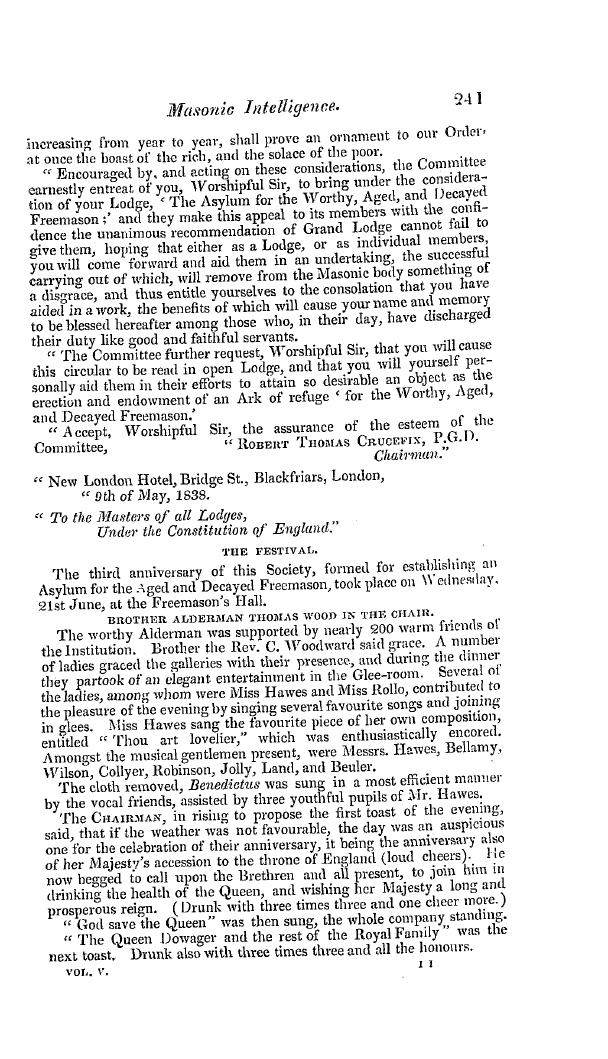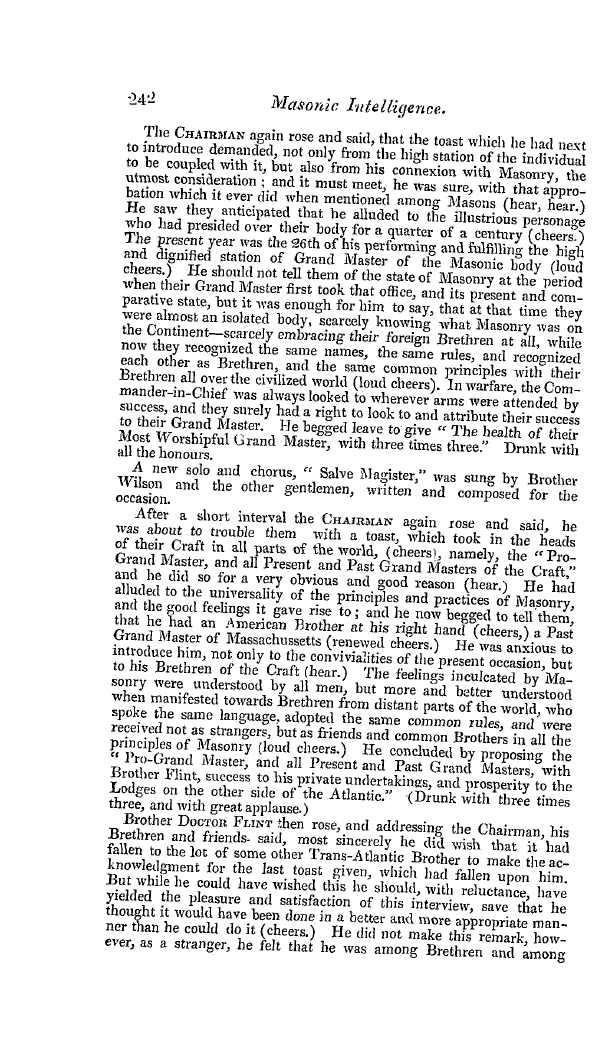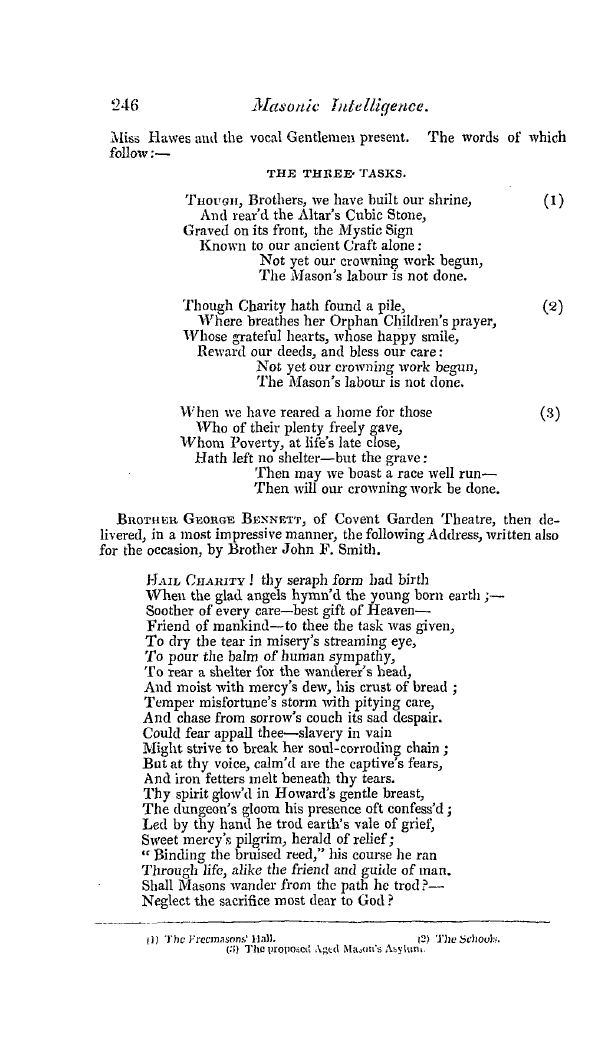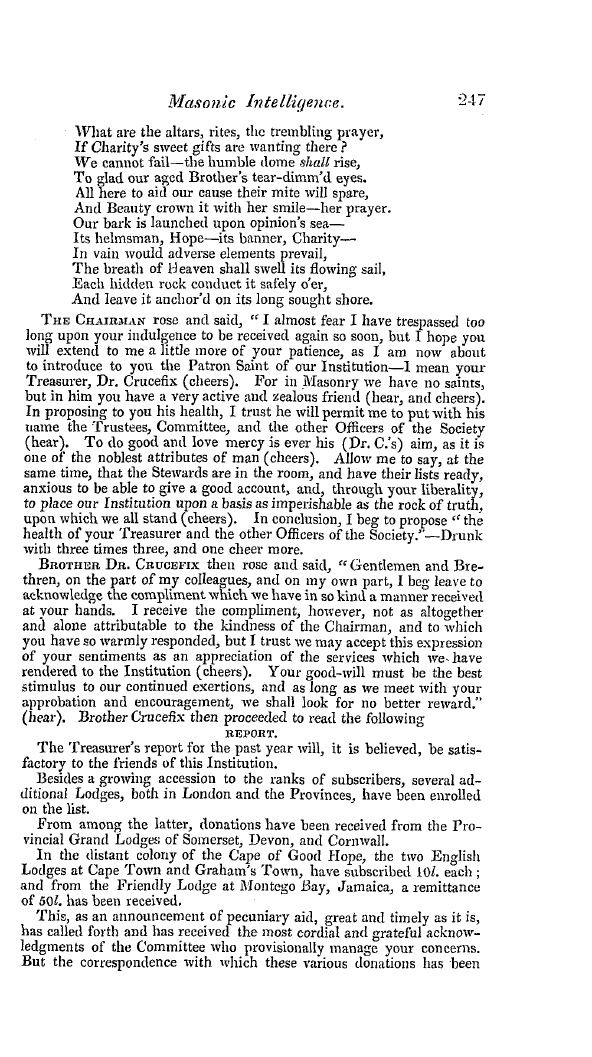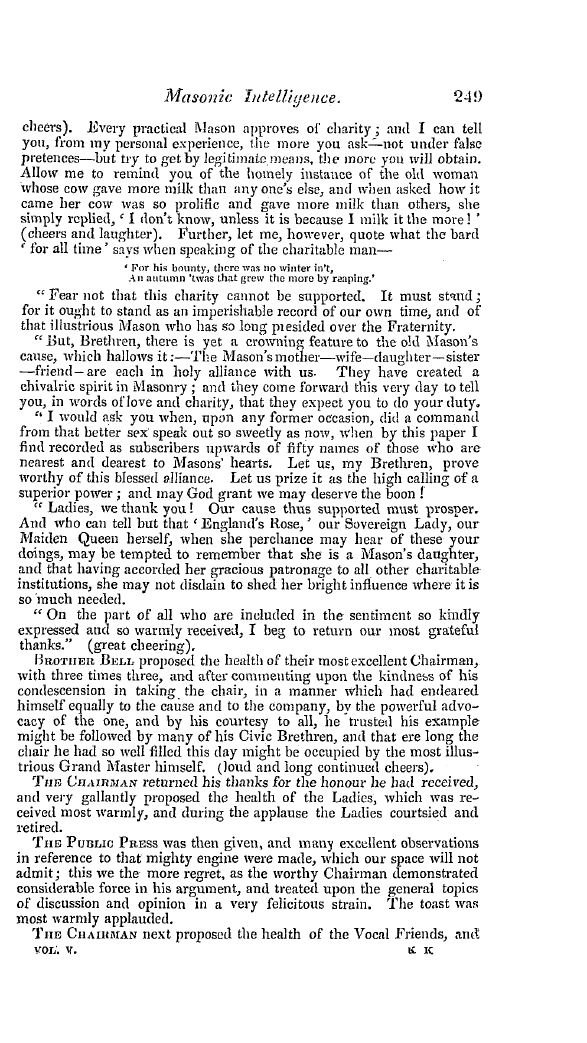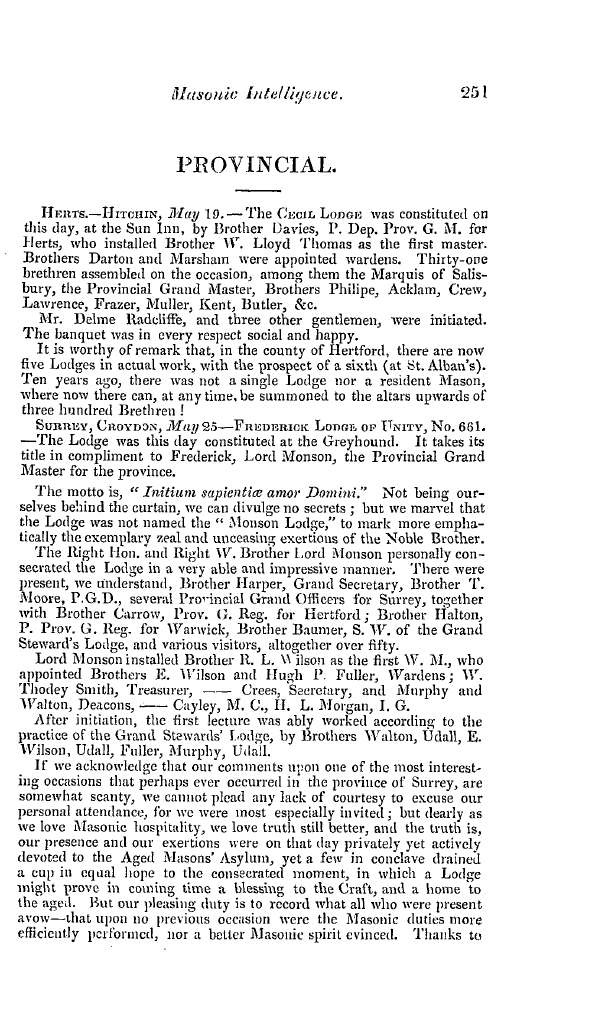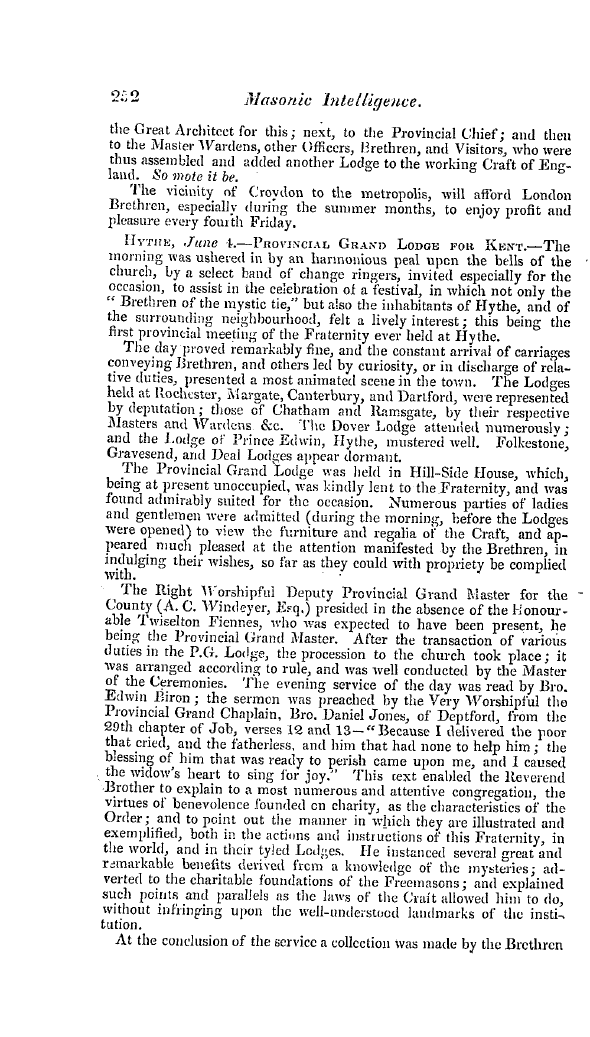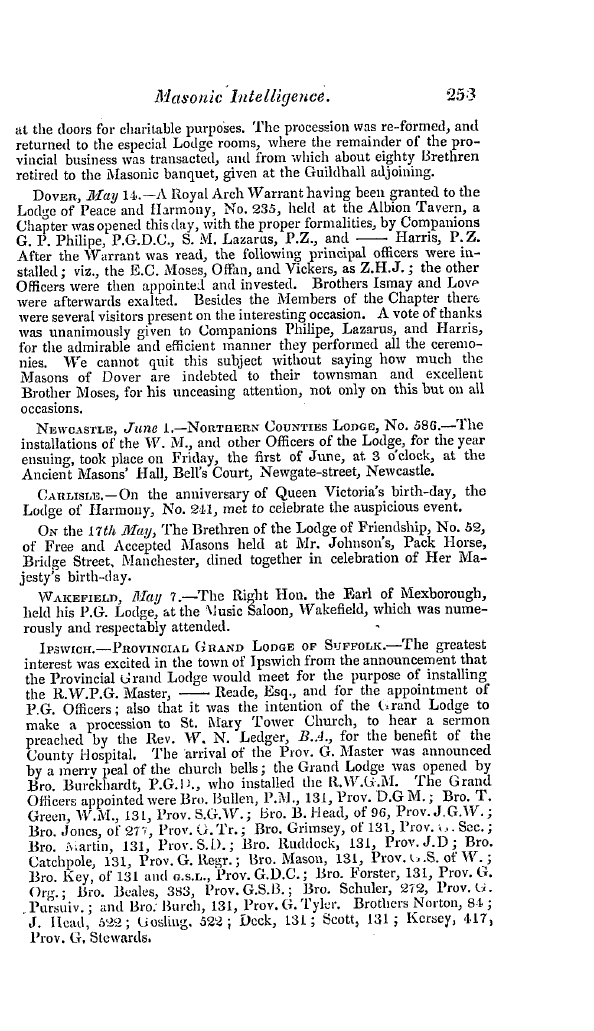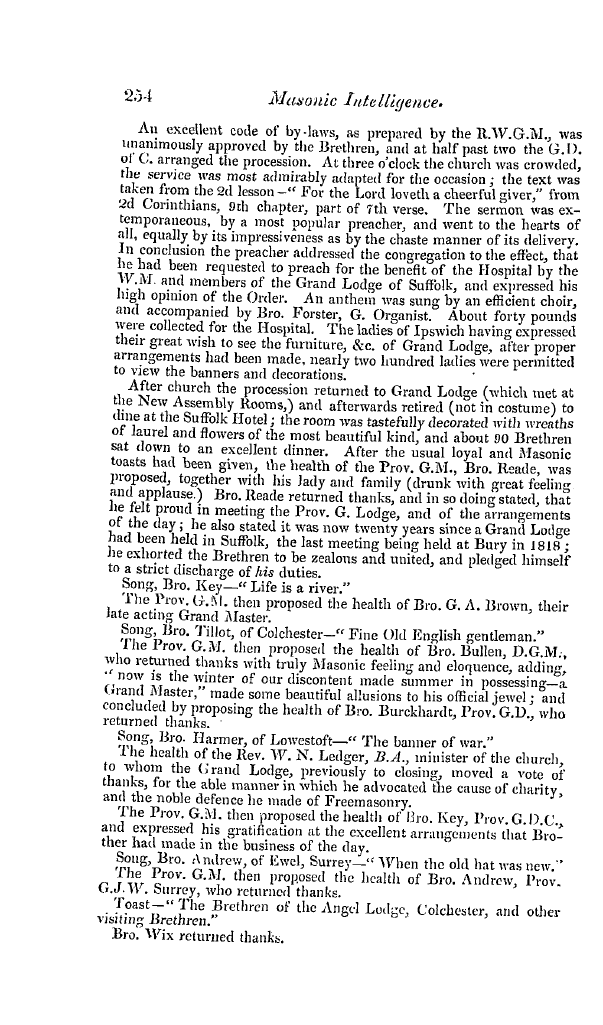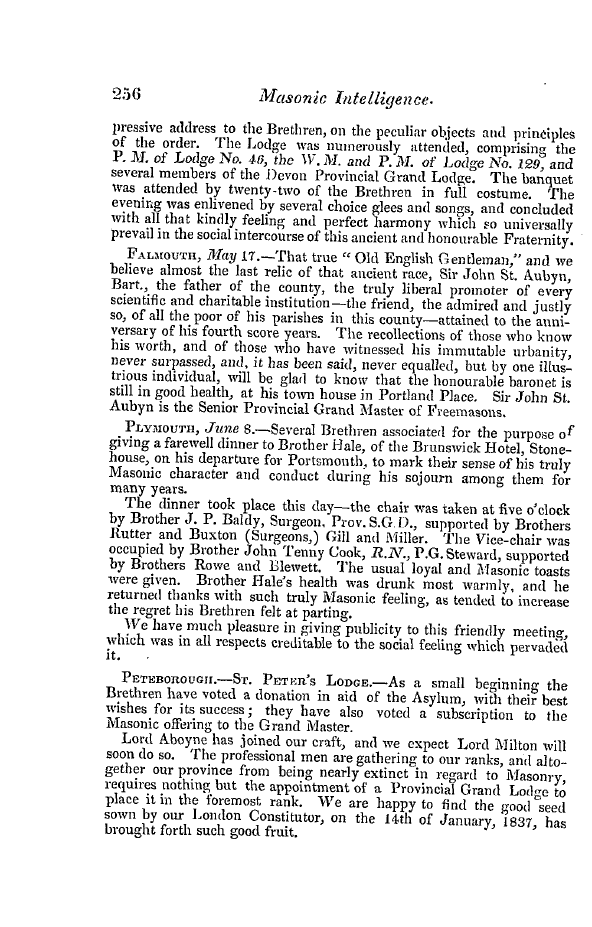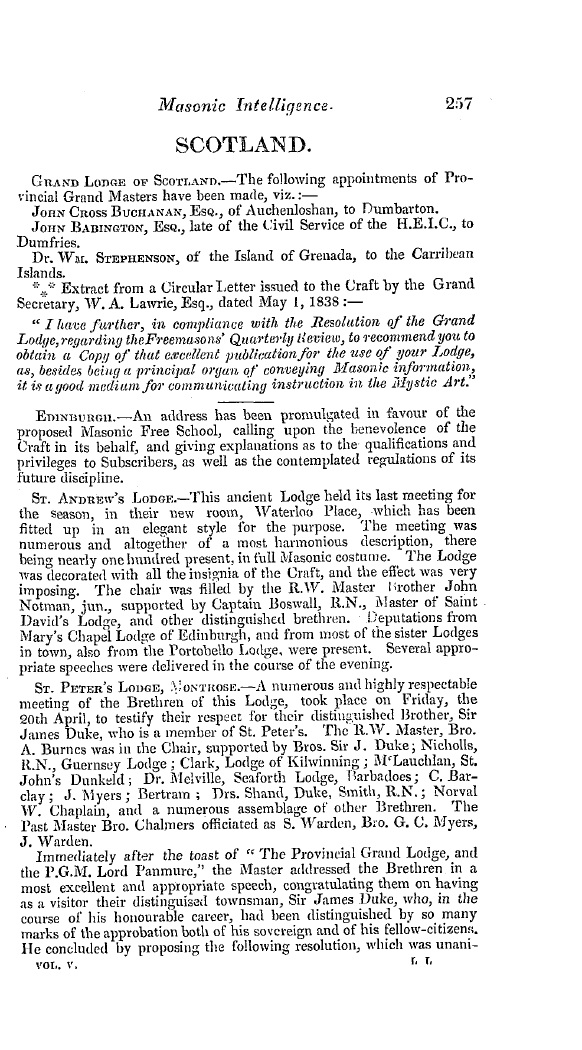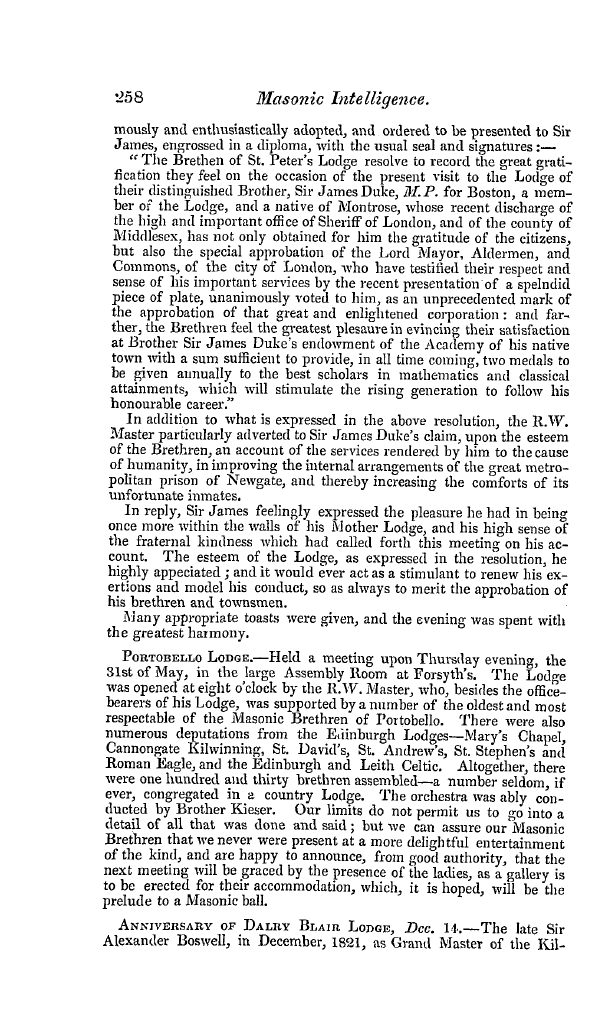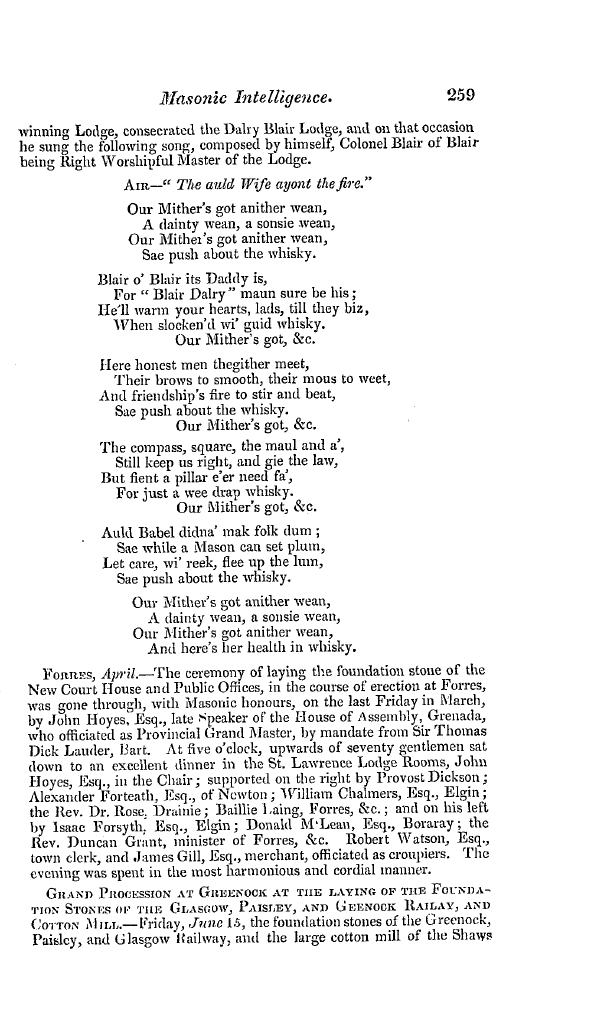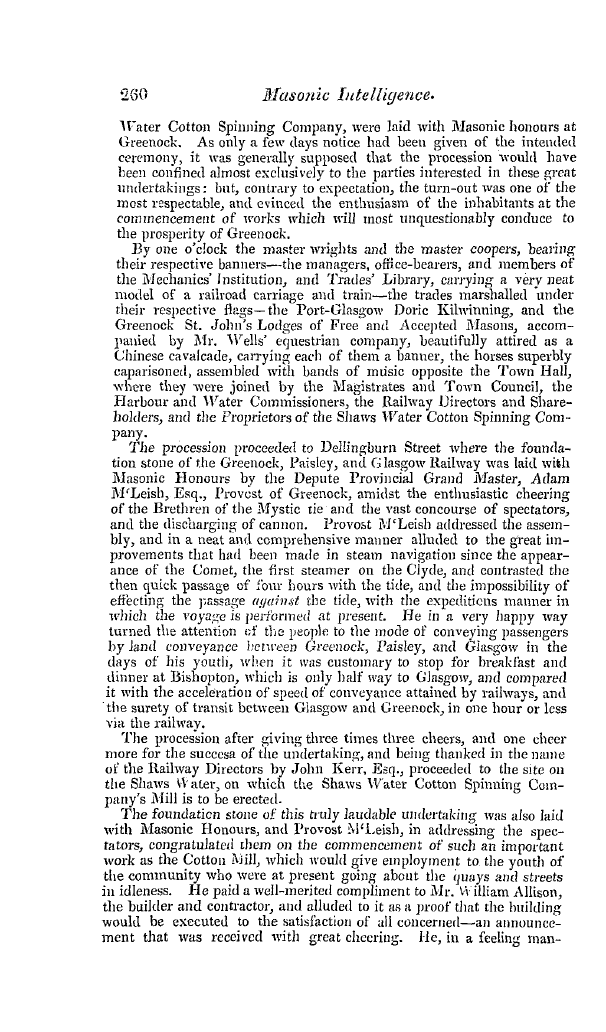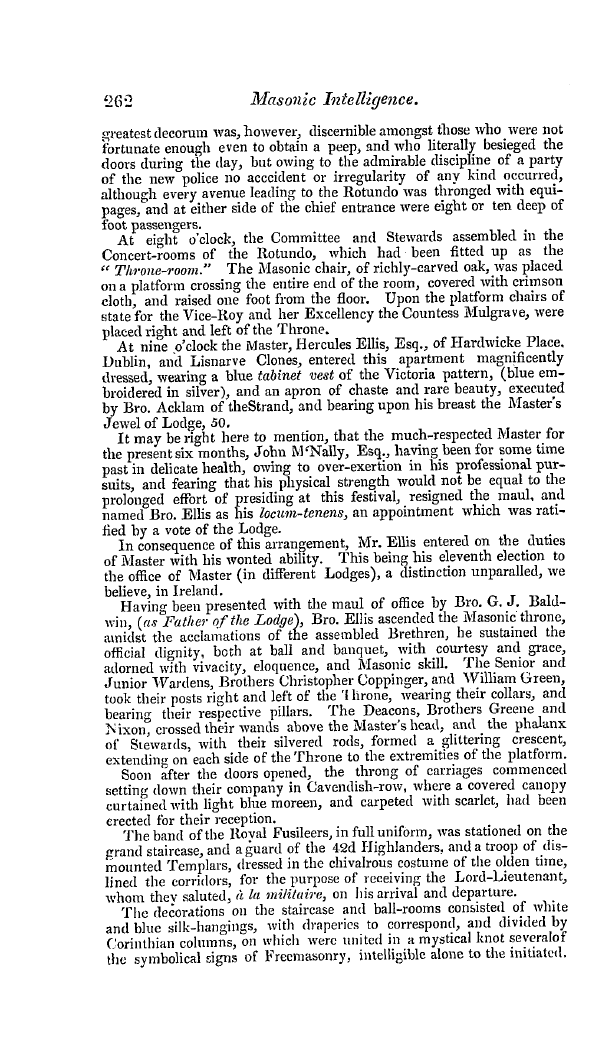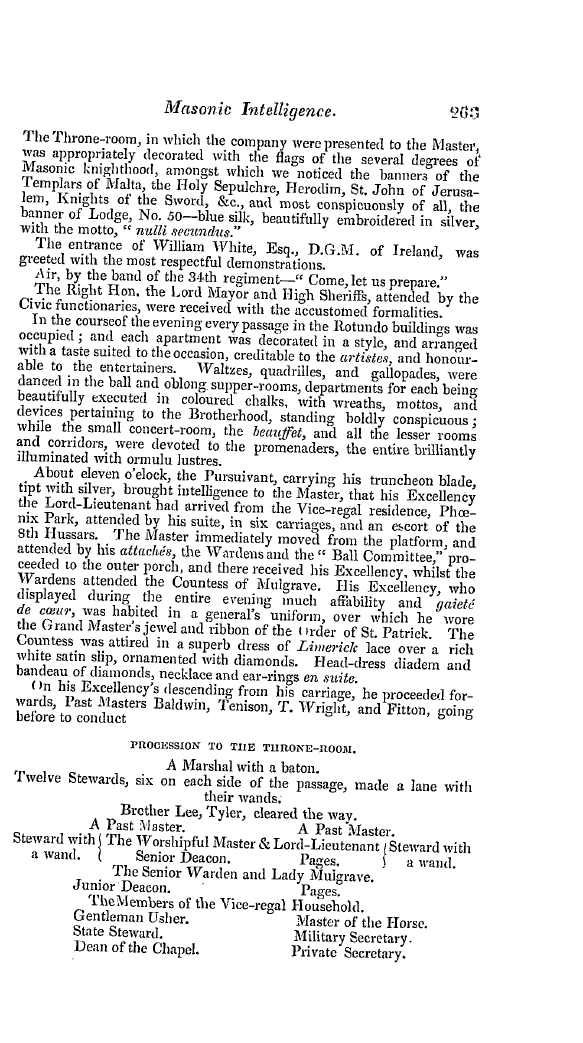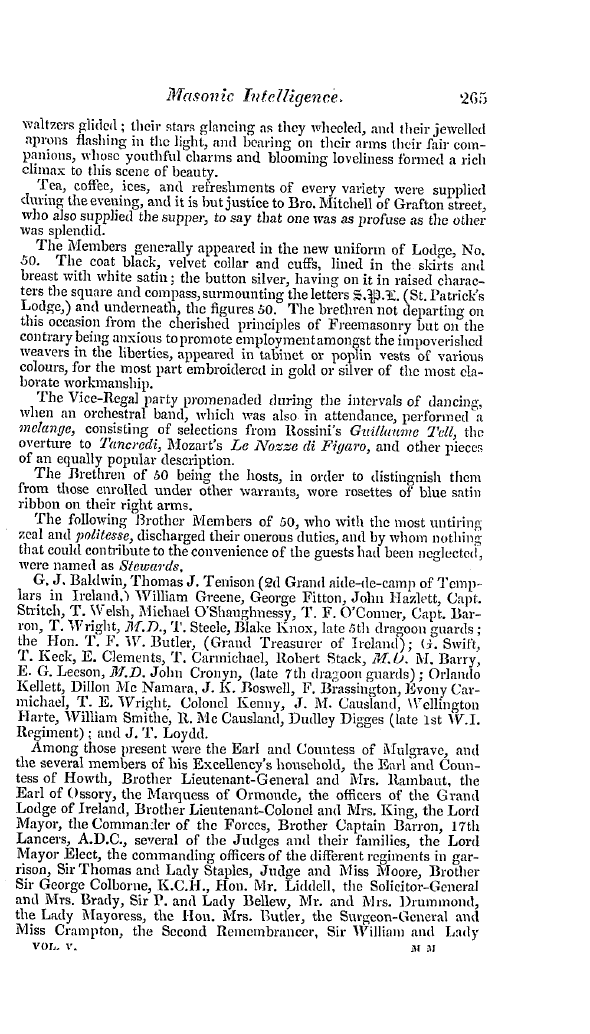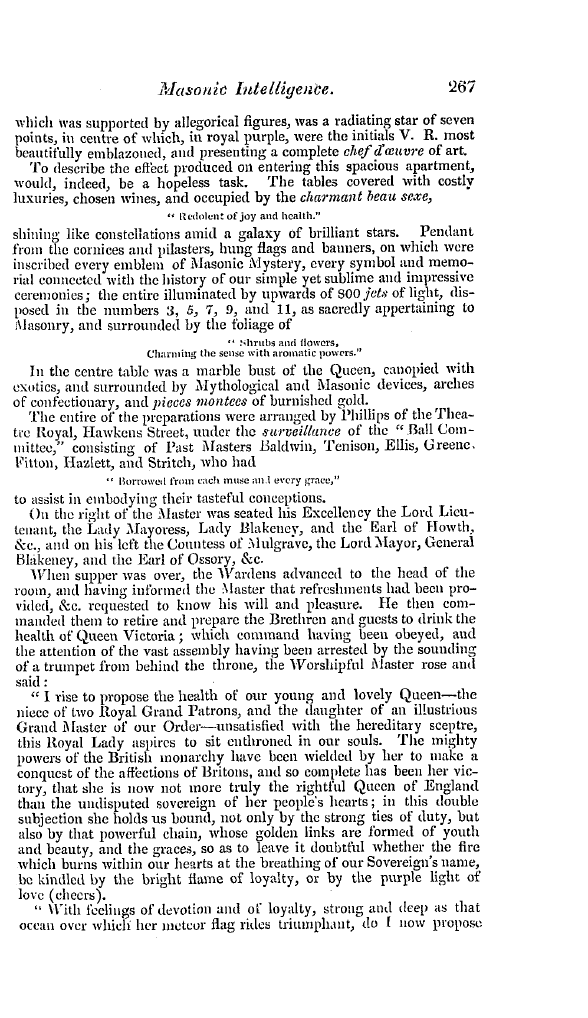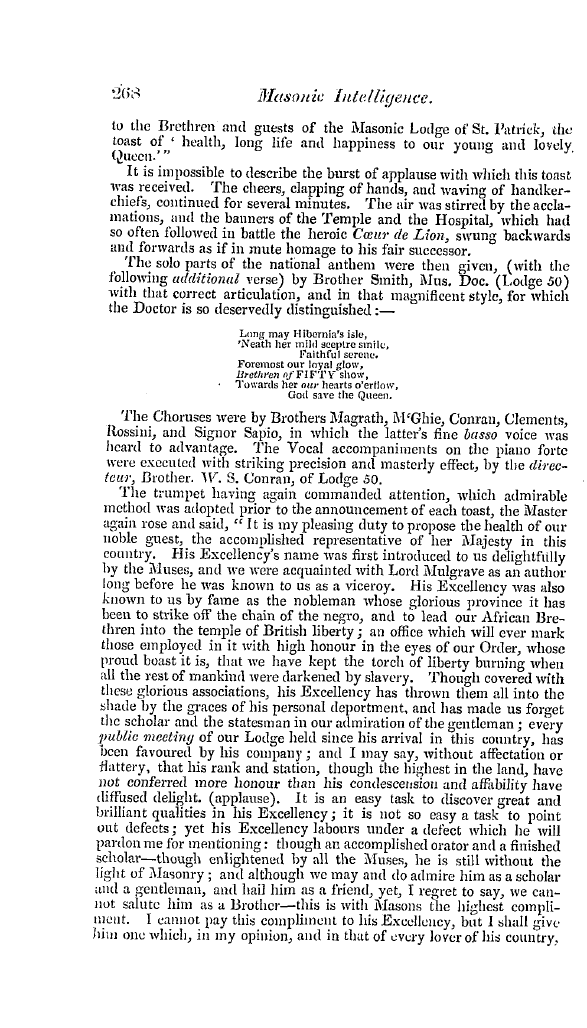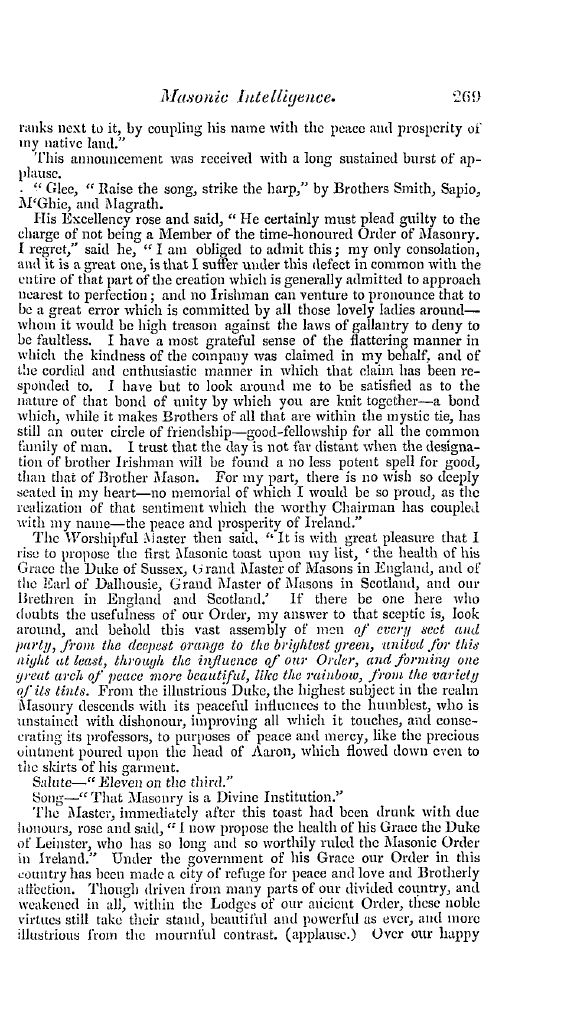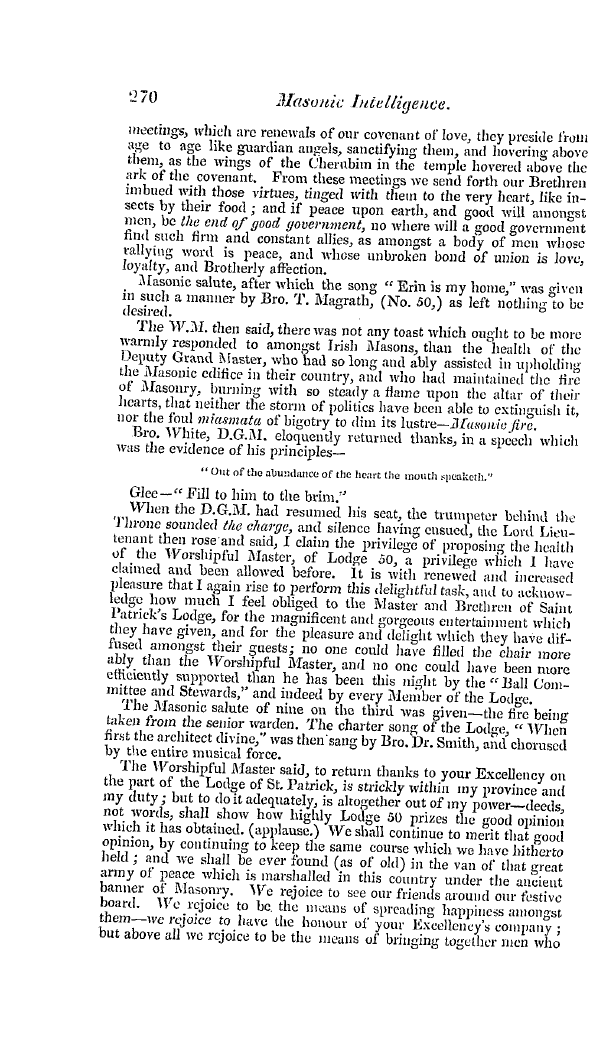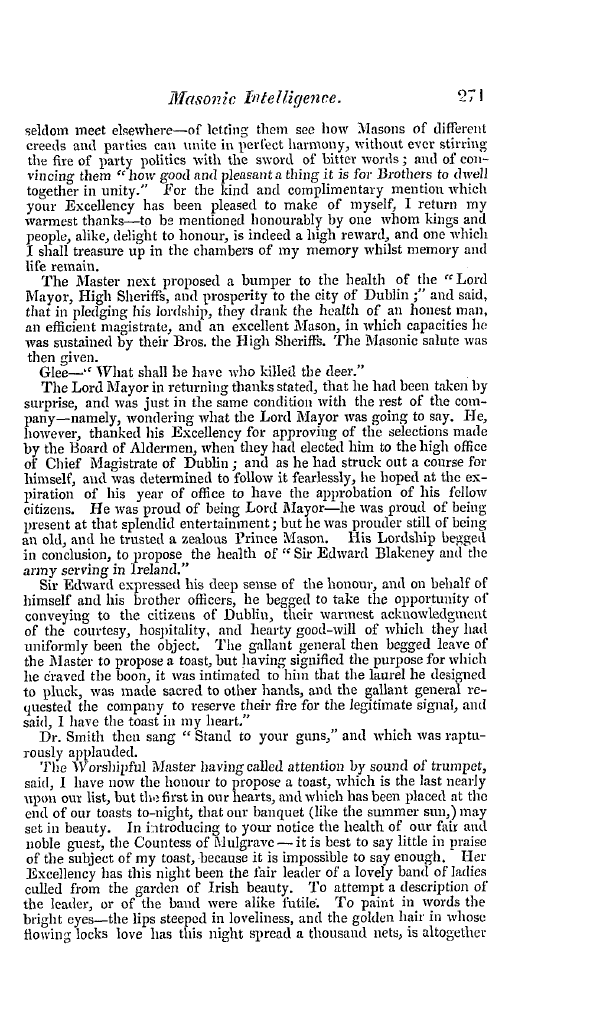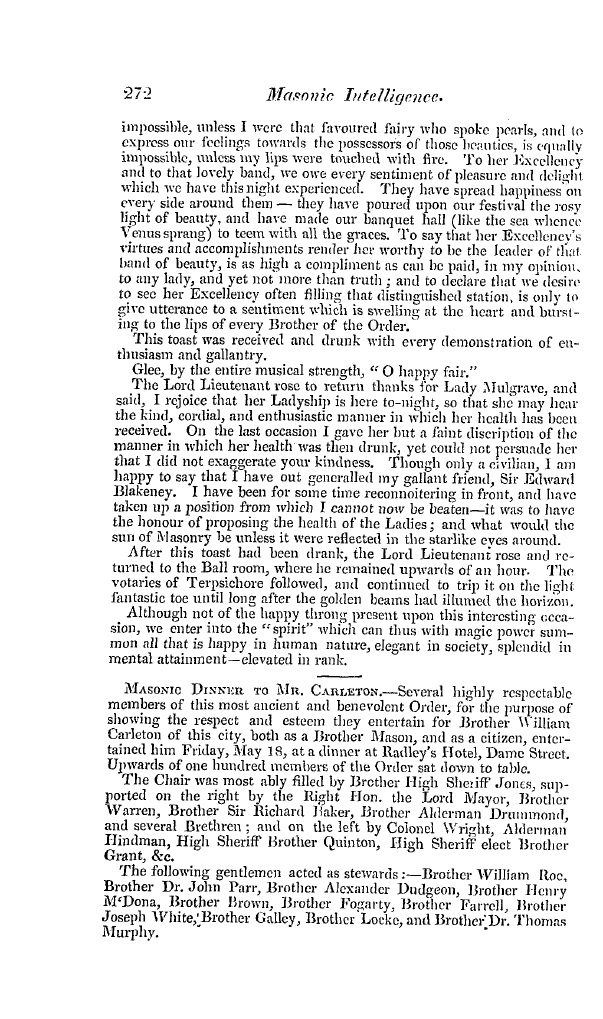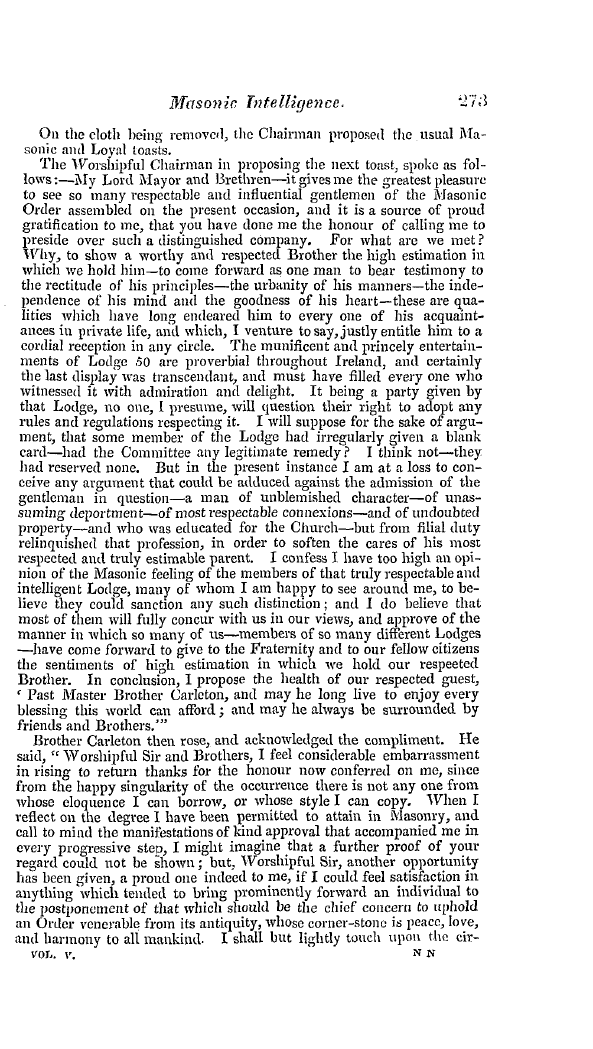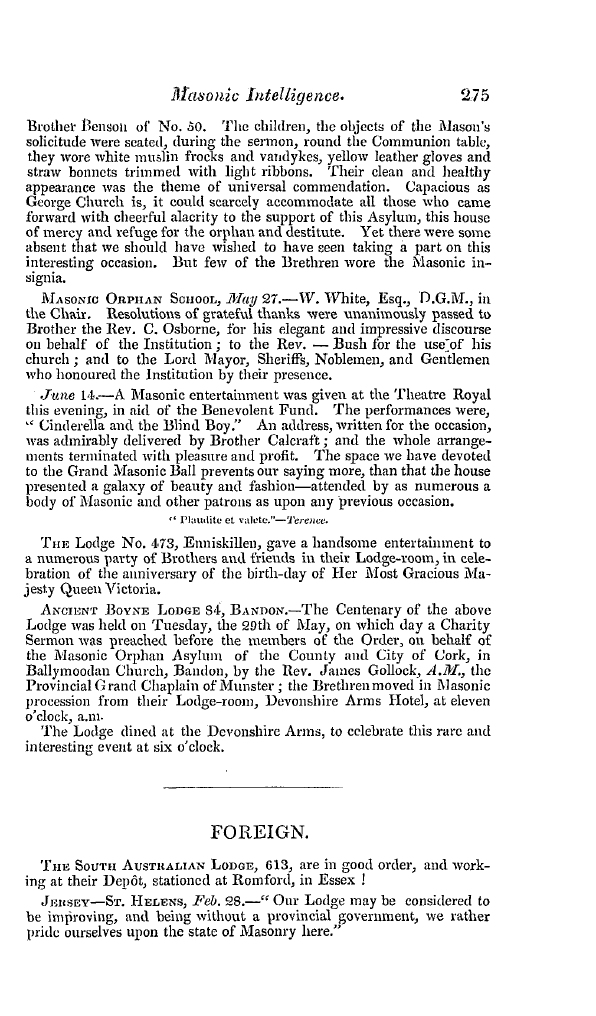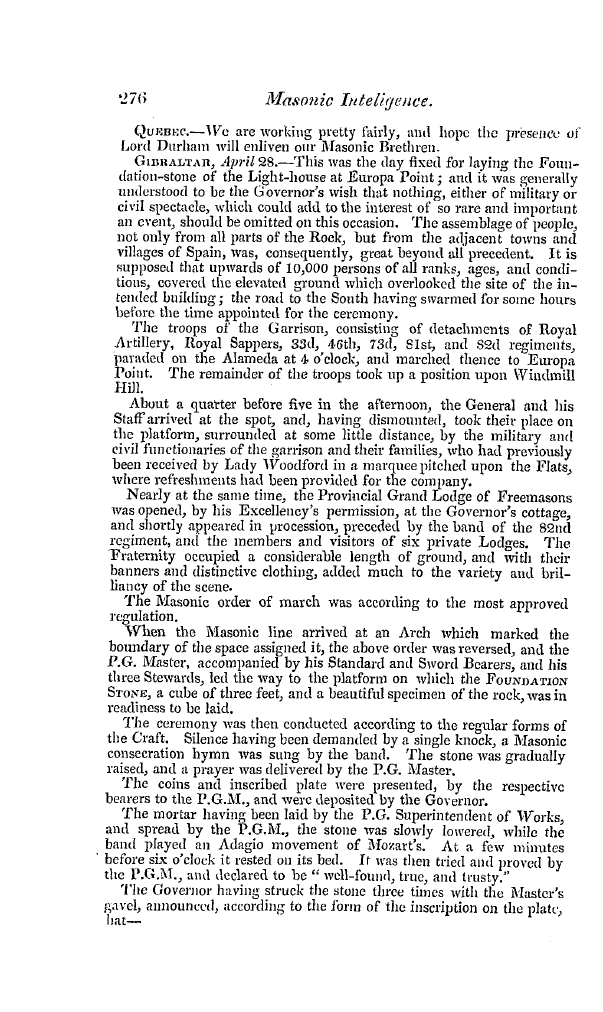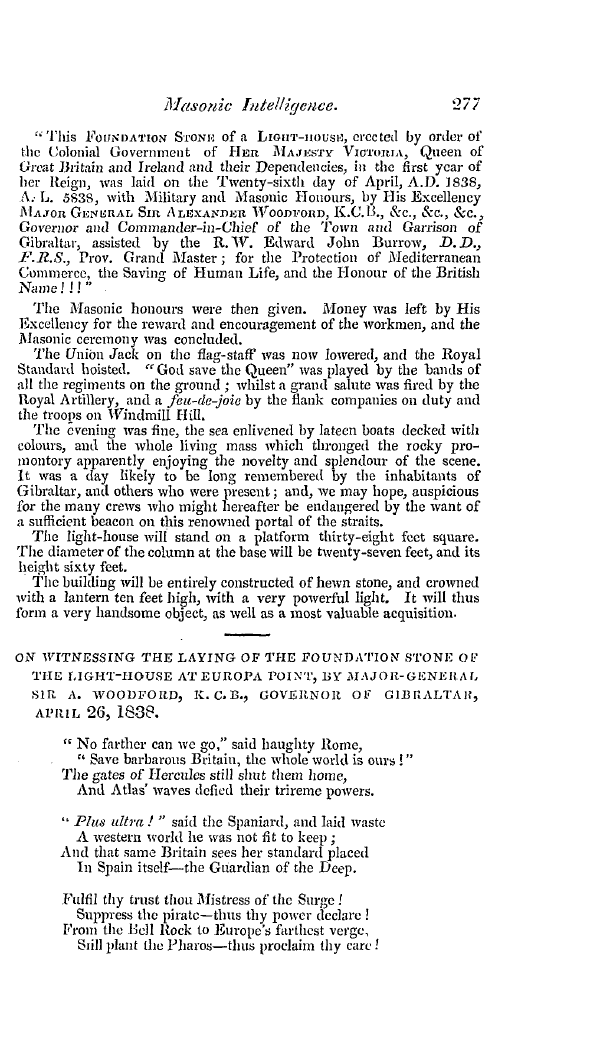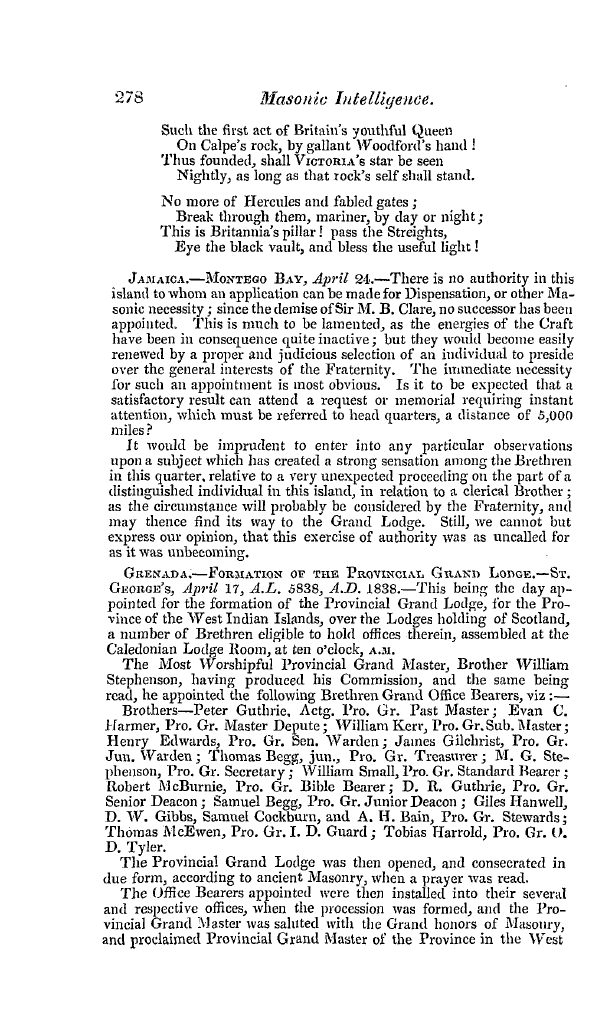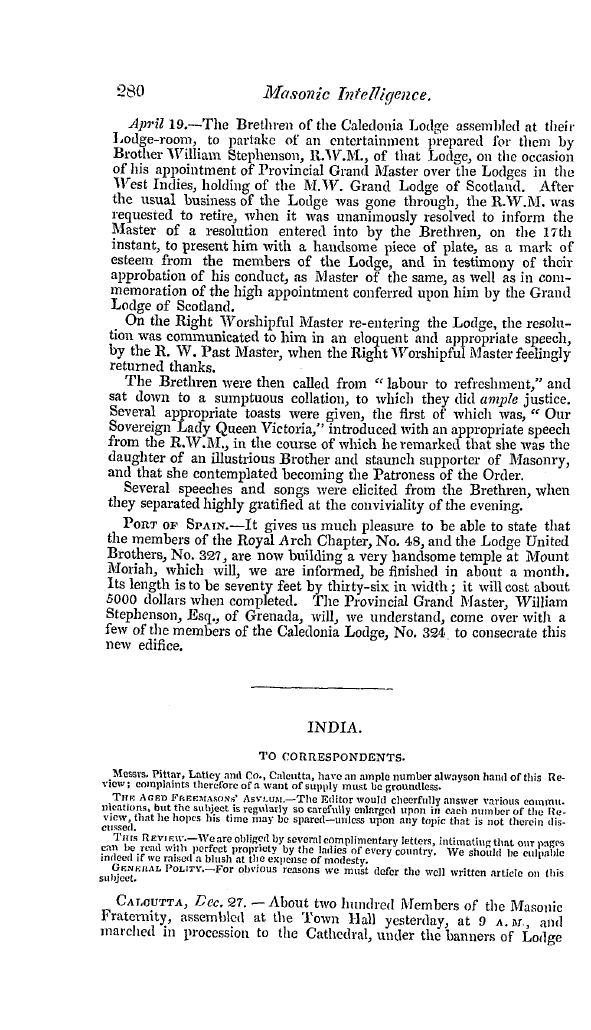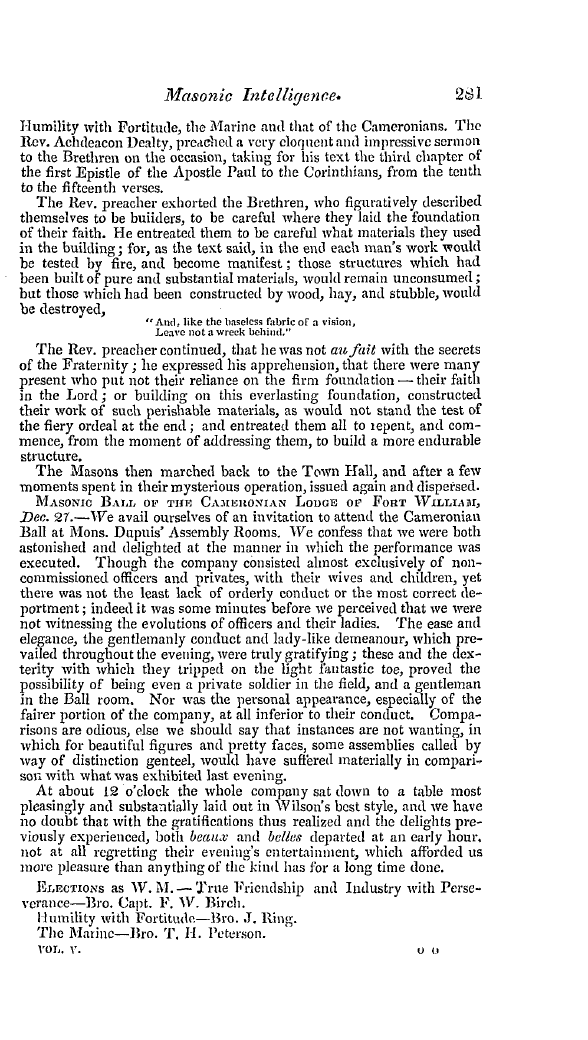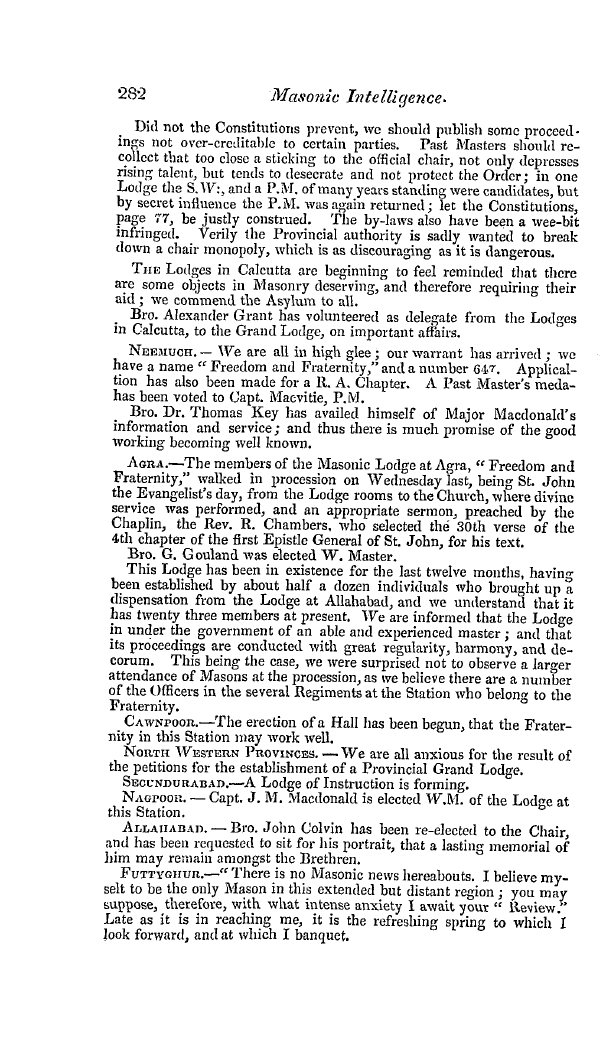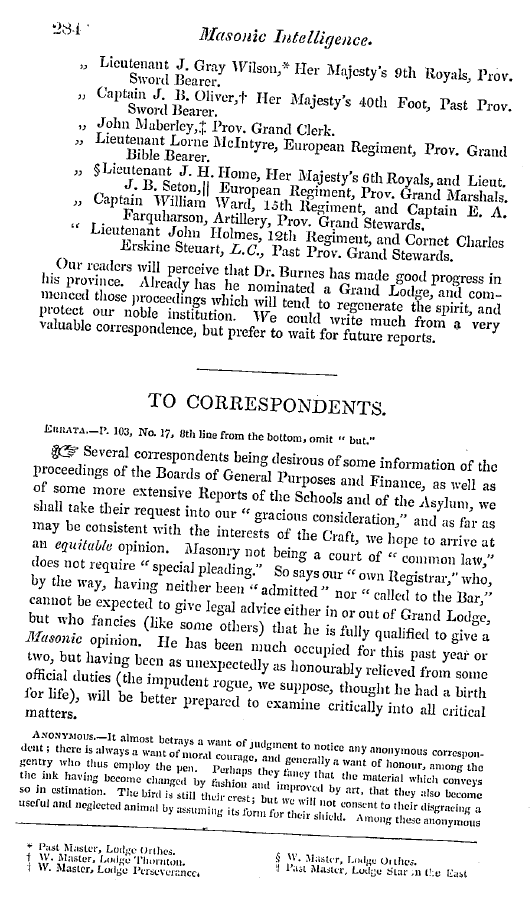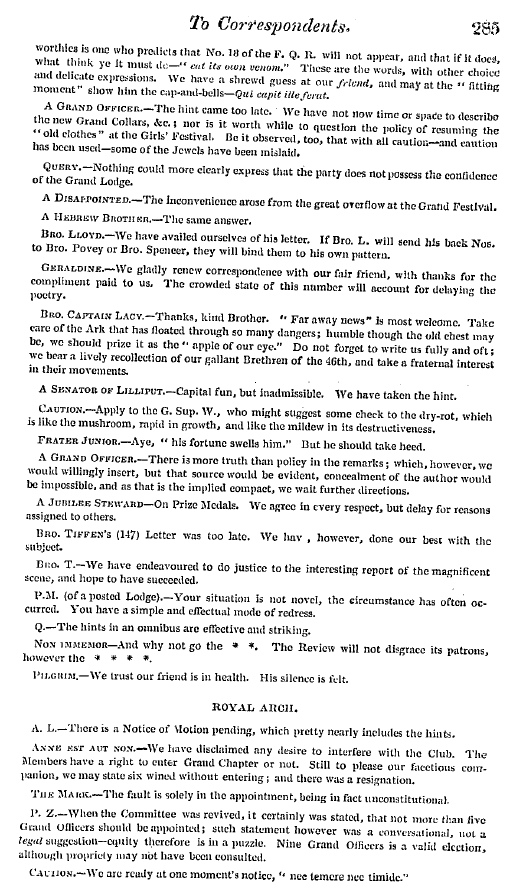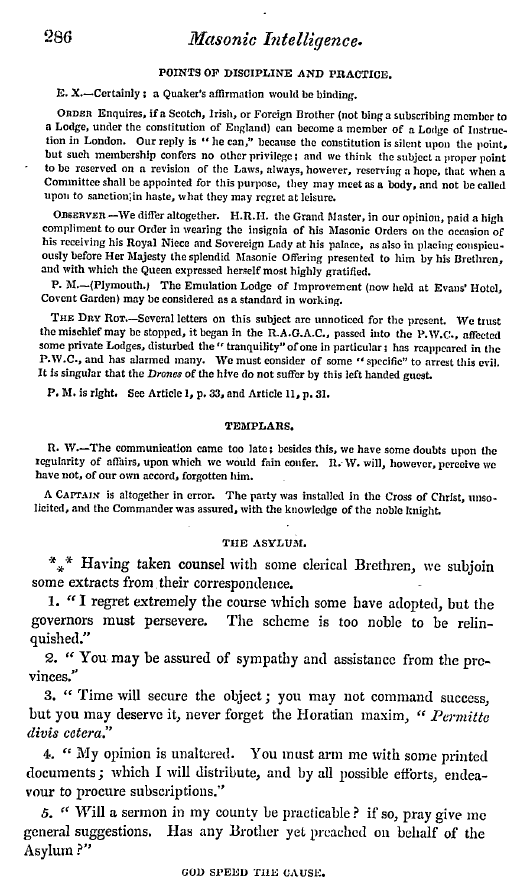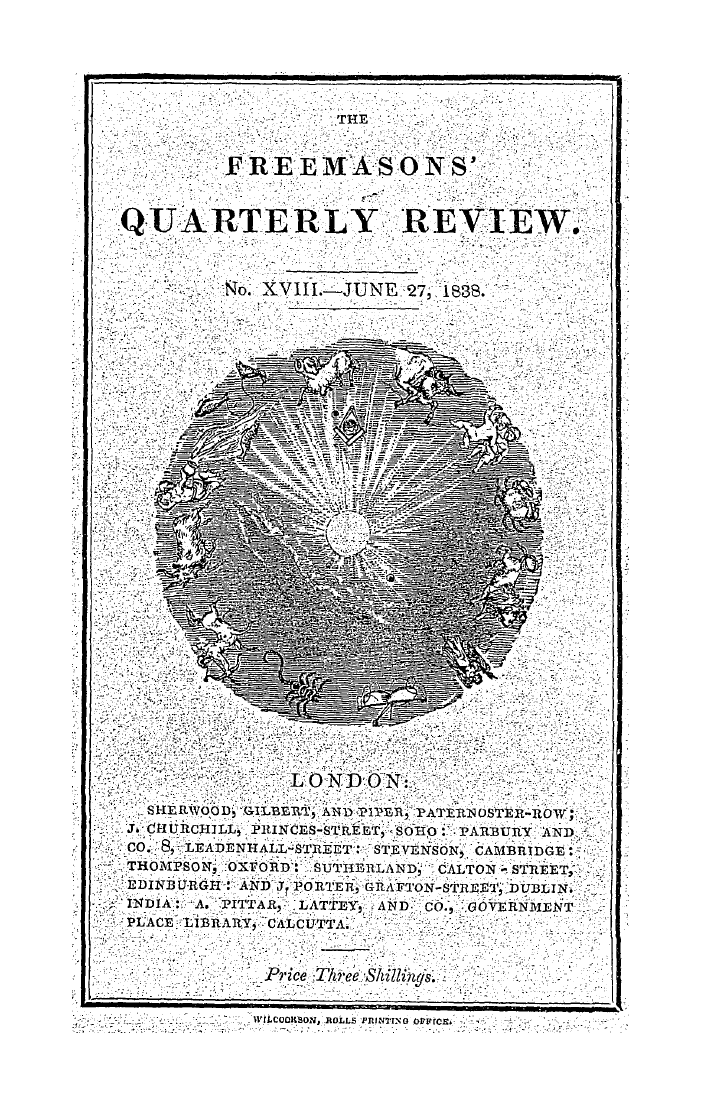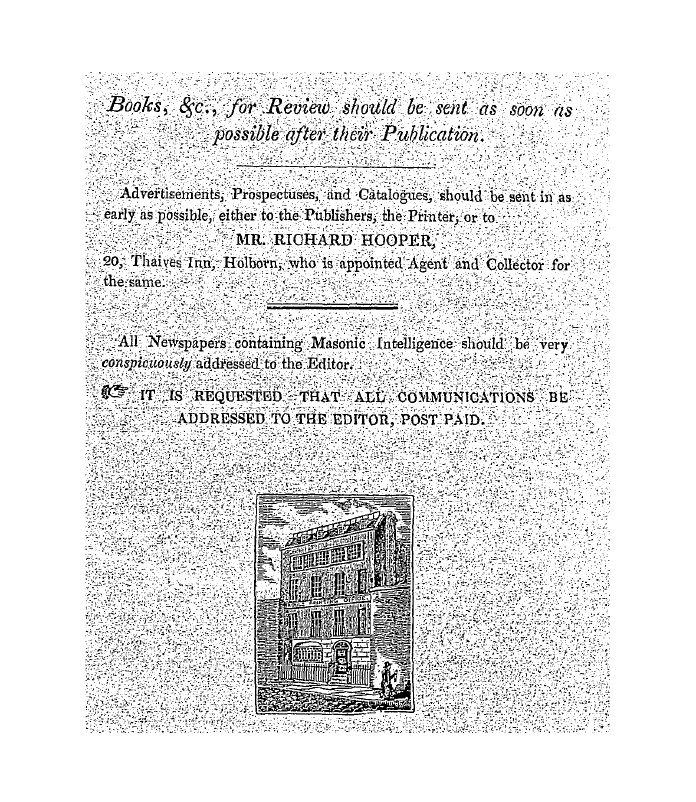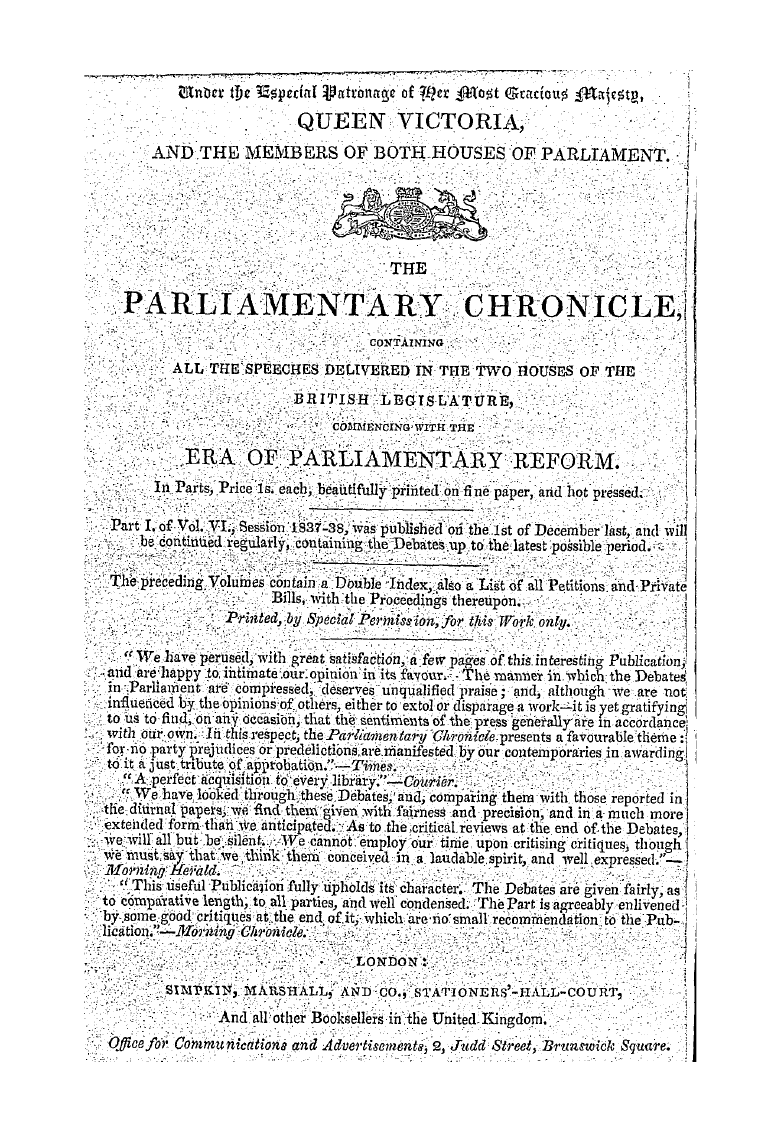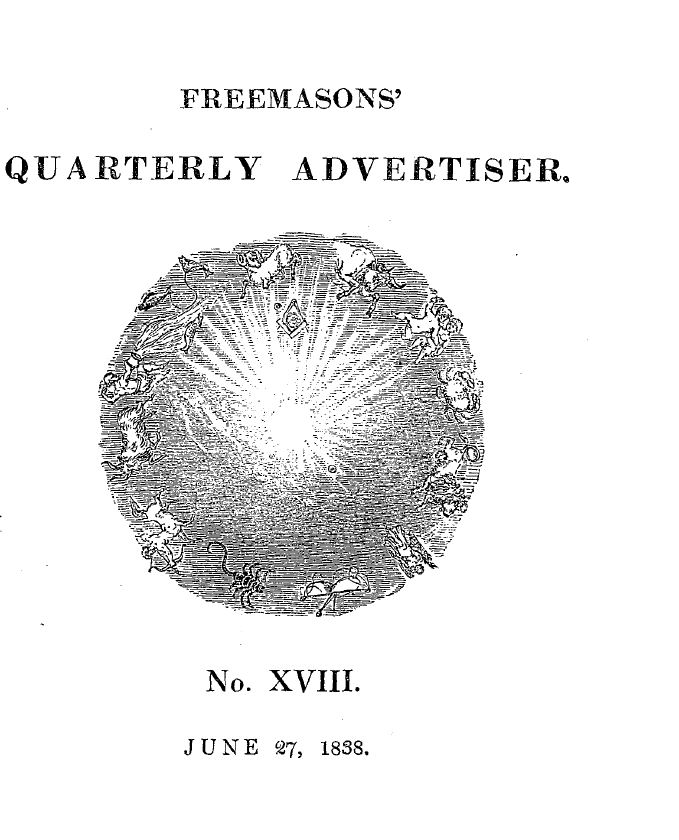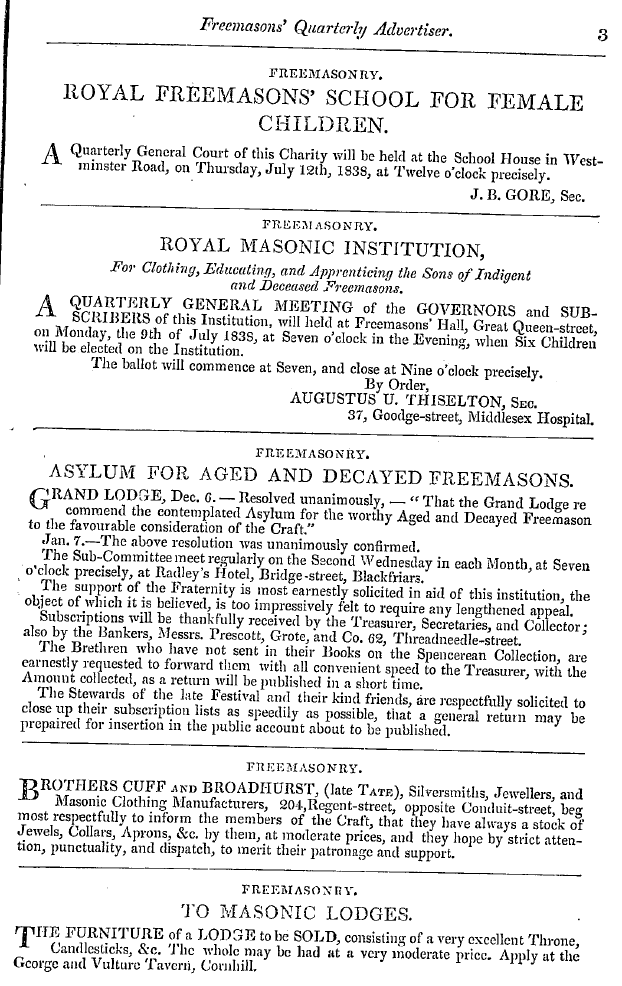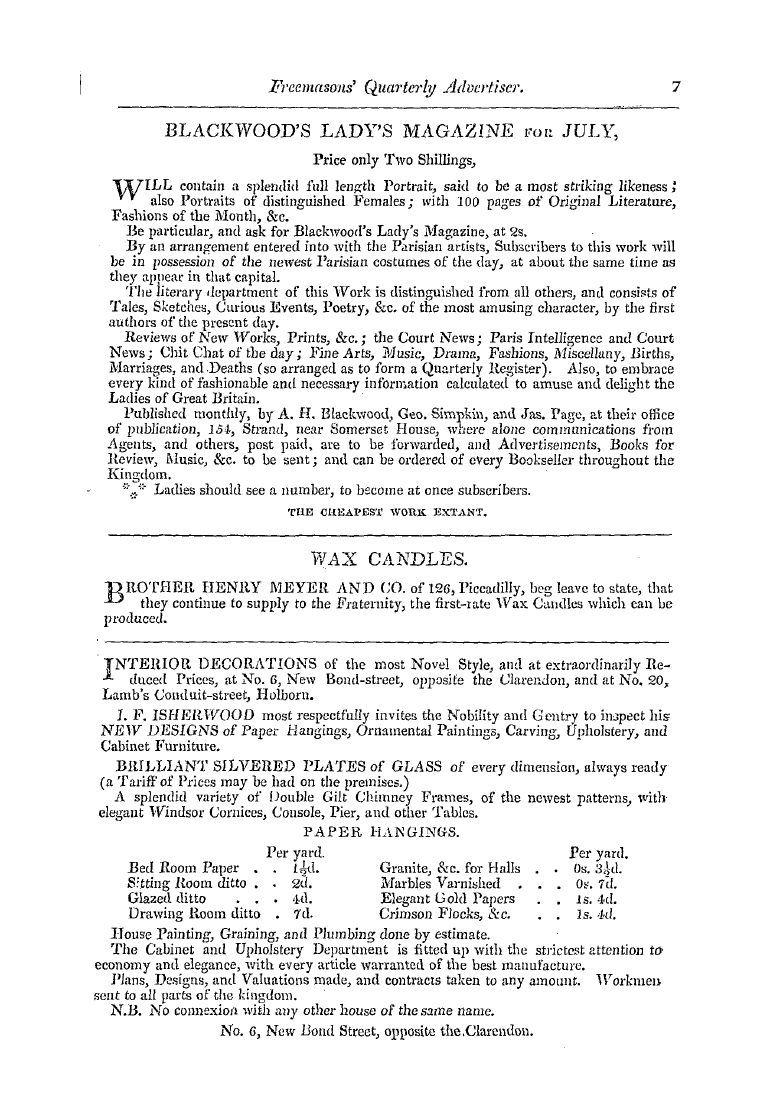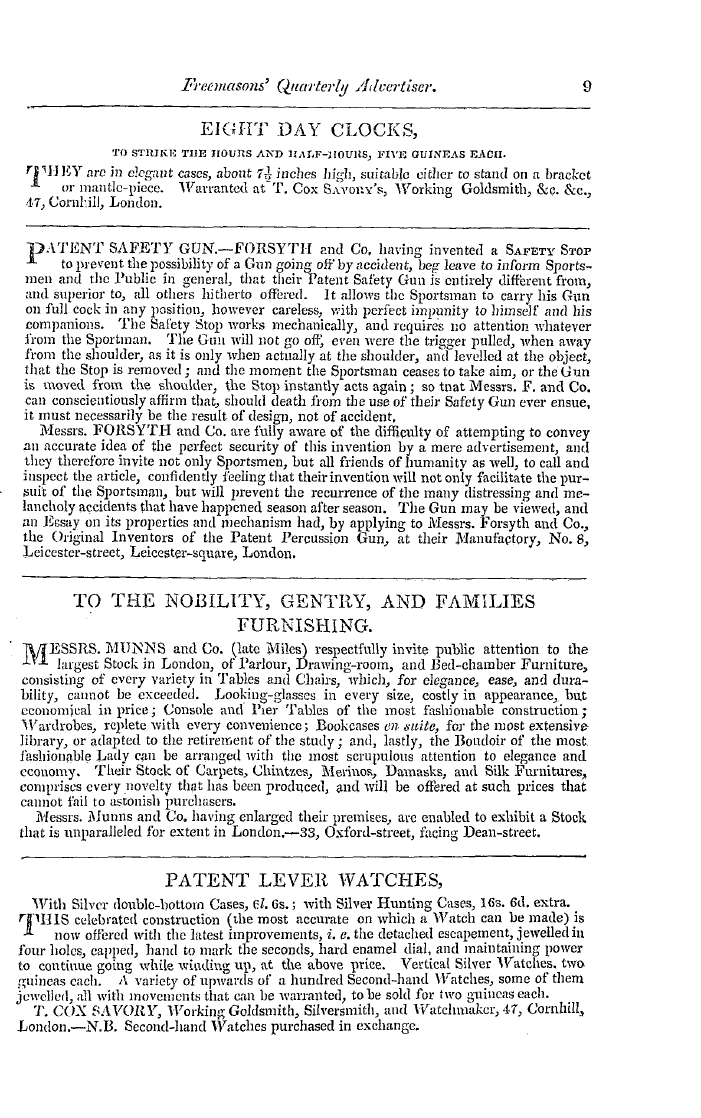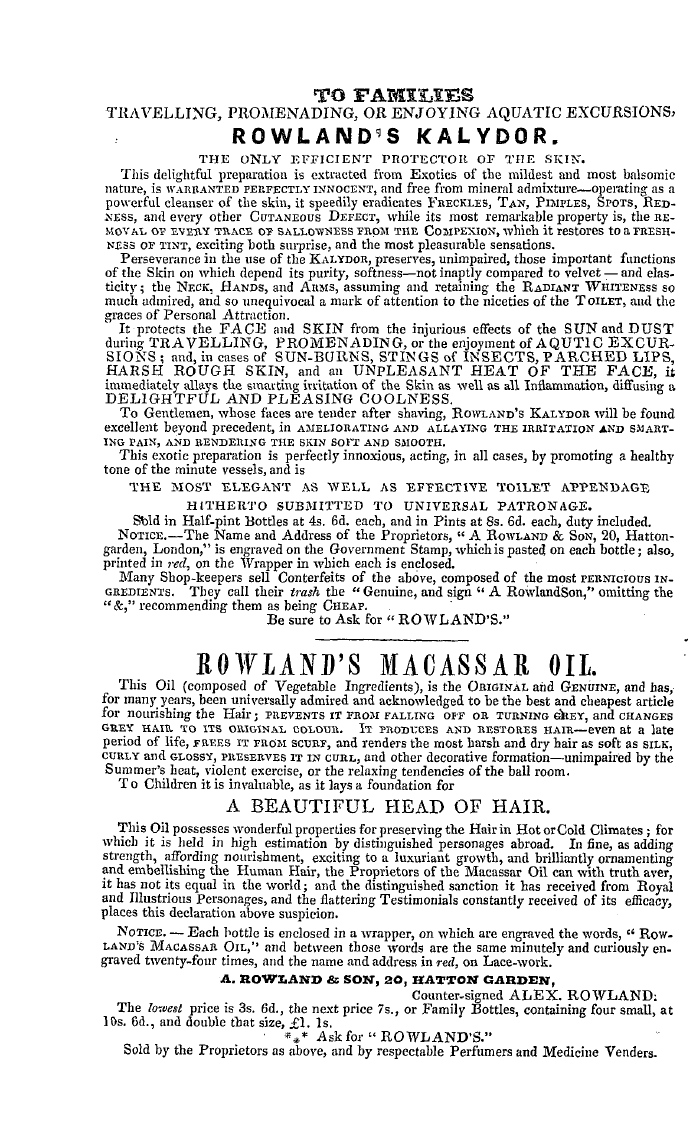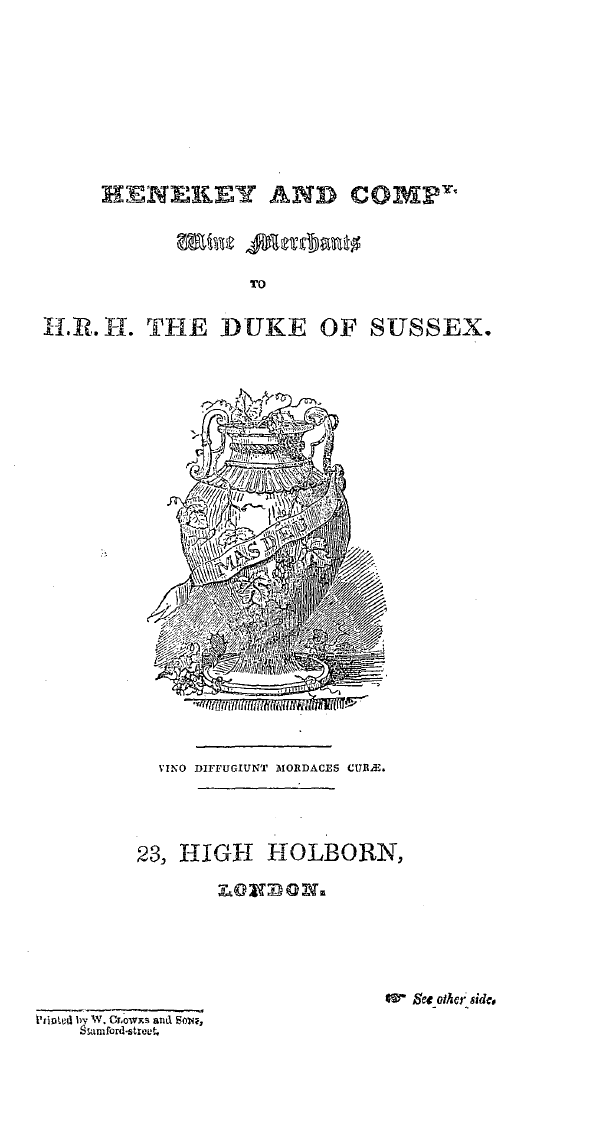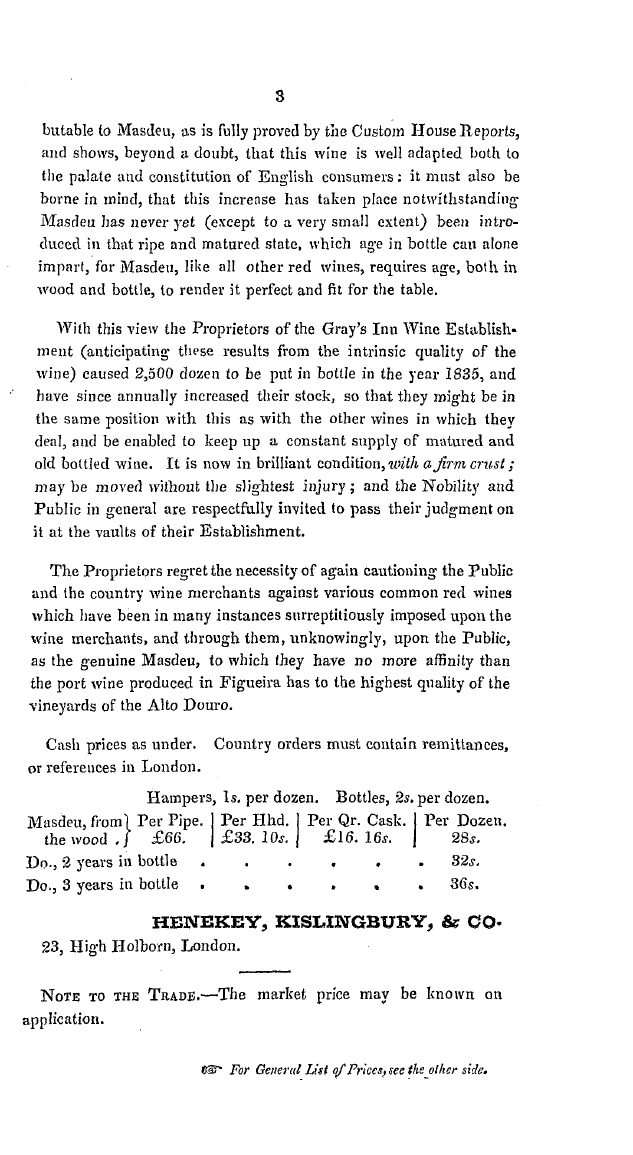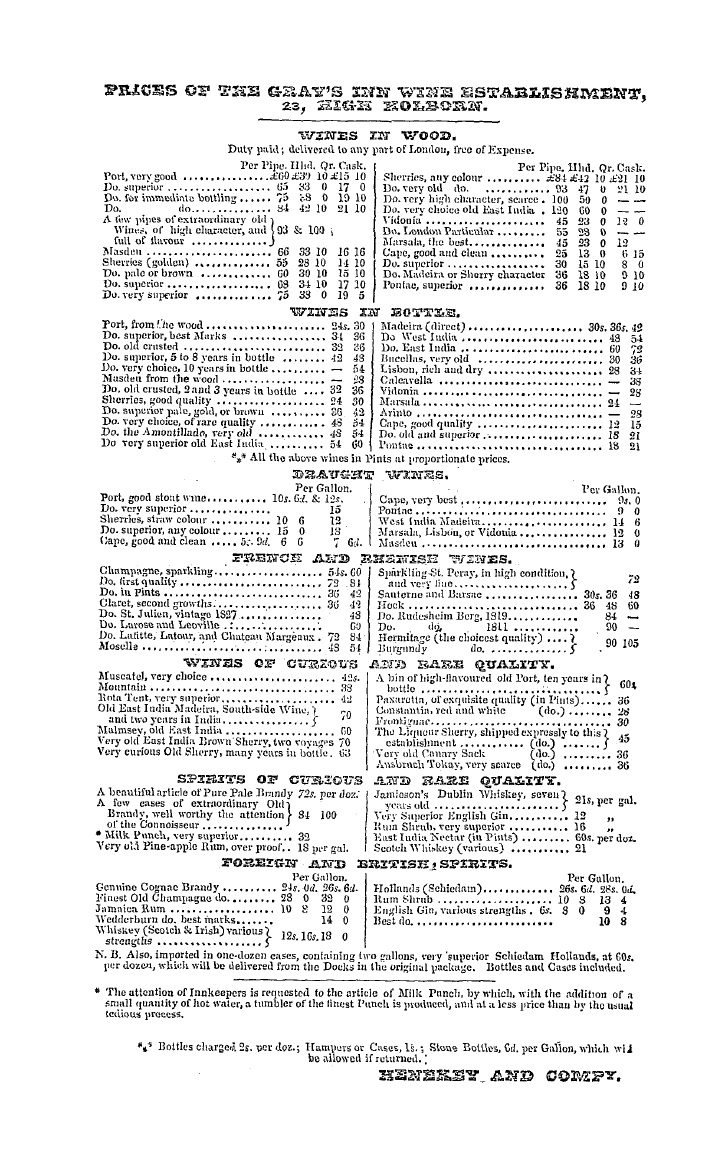-
Articles/Ads
Article COLLECTANEA. ← Page 4 of 5 →
Note: This text has been automatically extracted via Optical Character Recognition (OCR) software.
Collectanea.
sents little architectural beauty ; and the interior consists simply of a vaulted hall , supported by white-washed columns . Beyond , we came upon the strong and lofty battlements erected by thc Knights . Below was a deep fosse ; and we passed through numerous gates , guarded by Turkish soldiers , to the suburb outside the town . From hence the deep blue of the sea , the bold mountainous coast of Asia Minor , the town , the minaretsthe fantastic windmillsancl a few scattered palm treeswith
, , , their long fantastic leaves , presented a lovely and perfect Oriental landscape . We went clown to the small port , ancl were pointed out the spot where the celebrated Colossus is supposed to have stood . Here large blocks of stone fallen from their places are seen lying in the waves below . —Addison ' s Damascus and Palmyra .
ANCIENT MS . or THE GOSPELS—The Rev . J . H . Todd , F . T . C . D . gave latel y to the Royal Irish Academy a short account of a MS . of the four Gospels , of the seventh century and in Irish characters , which is preserved in the library of his Grace the Archbishop of Canterbury , at Lambeth . The volume is a small quarto , in the minute hand called " Caroline , " common to all Europe in the reign of Charlemagne , but now used onl y in Ireland , and known as the Irish character . The
present volume appears to have belonged to Maelbrigid Mac Dornan , or Mac Tornan , who was Archbishop of Armagh in the ninth century , ancl died A . D . 925 . By him it was probably sent as a present to Athelstan , king of the Anglo-Saxons , who presented it to the city of Canterbury . These facts are inferred from an inscription in Anglo-Saxon characters , ( ancl iu a hand of the ninth or beginning of the tenth century , ) which occurs on a blank page immediately following the genealogy in the first
chapter of St . Matthew . The discovery of this MS . and the satisfactory proof which facts afford of its Irish origin , are important , as adding another to the many instances with which we are already acquainted , of the employment of Irish scribes in the transcription of the Scriptures during the sixth and seventh centuries . It is now well ascertained that almost all the sacred books so highly venerated by the Anglo-Saxon Church , and left by her early bishops as heirlooms to their respective
sees , were obtained from Ireland , or written b y Irish scribes . In the continued investigations which have taken place in the remains of the Roman villa lately discovered at Newton St . Lo , near Bath , two coins have heen found , the one gold and the other of silver , and both in a fine state of preservation , which are now in the possession of Mr . Harris , of Southgate-street , in that city . The silver coin is one of the Emperor Macrinuswho died A . D . 218 having reigned onlfourteen
, , y months . The gold coin is of Honorius , the son of the Emperor Theodosius , at whose death he became Emperor of the Western Empire , which included Italy , Gaul , and Britain . Honorius died A . D . 432 , aged 39 years , after a reign of twenty eight years seven months . The villa , therefore , must have been inhabited during the reign of Honorius , and probably a few years after his decease , as the Romans quitted Britain about A . D . 446 .
An ancient Lorica was some time since discovered at Mold , in Flintshire , in a mound situated in a field known by the name of Cae EUillon , or the goblin field . It appears , from an account published in the Merthyr Chronicle , that in removing the mound , the workmen came upon a skeleton . The skull is described as of gigantic proportion , and the thi gh bones those of a man of great stature . Lying on the chest , was found the corslet , studded over with two or three hundred beautiful VOL . V . l ! it
Note: This text has been automatically extracted via Optical Character Recognition (OCR) software.
Collectanea.
sents little architectural beauty ; and the interior consists simply of a vaulted hall , supported by white-washed columns . Beyond , we came upon the strong and lofty battlements erected by thc Knights . Below was a deep fosse ; and we passed through numerous gates , guarded by Turkish soldiers , to the suburb outside the town . From hence the deep blue of the sea , the bold mountainous coast of Asia Minor , the town , the minaretsthe fantastic windmillsancl a few scattered palm treeswith
, , , their long fantastic leaves , presented a lovely and perfect Oriental landscape . We went clown to the small port , ancl were pointed out the spot where the celebrated Colossus is supposed to have stood . Here large blocks of stone fallen from their places are seen lying in the waves below . —Addison ' s Damascus and Palmyra .
ANCIENT MS . or THE GOSPELS—The Rev . J . H . Todd , F . T . C . D . gave latel y to the Royal Irish Academy a short account of a MS . of the four Gospels , of the seventh century and in Irish characters , which is preserved in the library of his Grace the Archbishop of Canterbury , at Lambeth . The volume is a small quarto , in the minute hand called " Caroline , " common to all Europe in the reign of Charlemagne , but now used onl y in Ireland , and known as the Irish character . The
present volume appears to have belonged to Maelbrigid Mac Dornan , or Mac Tornan , who was Archbishop of Armagh in the ninth century , ancl died A . D . 925 . By him it was probably sent as a present to Athelstan , king of the Anglo-Saxons , who presented it to the city of Canterbury . These facts are inferred from an inscription in Anglo-Saxon characters , ( ancl iu a hand of the ninth or beginning of the tenth century , ) which occurs on a blank page immediately following the genealogy in the first
chapter of St . Matthew . The discovery of this MS . and the satisfactory proof which facts afford of its Irish origin , are important , as adding another to the many instances with which we are already acquainted , of the employment of Irish scribes in the transcription of the Scriptures during the sixth and seventh centuries . It is now well ascertained that almost all the sacred books so highly venerated by the Anglo-Saxon Church , and left by her early bishops as heirlooms to their respective
sees , were obtained from Ireland , or written b y Irish scribes . In the continued investigations which have taken place in the remains of the Roman villa lately discovered at Newton St . Lo , near Bath , two coins have heen found , the one gold and the other of silver , and both in a fine state of preservation , which are now in the possession of Mr . Harris , of Southgate-street , in that city . The silver coin is one of the Emperor Macrinuswho died A . D . 218 having reigned onlfourteen
, , y months . The gold coin is of Honorius , the son of the Emperor Theodosius , at whose death he became Emperor of the Western Empire , which included Italy , Gaul , and Britain . Honorius died A . D . 432 , aged 39 years , after a reign of twenty eight years seven months . The villa , therefore , must have been inhabited during the reign of Honorius , and probably a few years after his decease , as the Romans quitted Britain about A . D . 446 .
An ancient Lorica was some time since discovered at Mold , in Flintshire , in a mound situated in a field known by the name of Cae EUillon , or the goblin field . It appears , from an account published in the Merthyr Chronicle , that in removing the mound , the workmen came upon a skeleton . The skull is described as of gigantic proportion , and the thi gh bones those of a man of great stature . Lying on the chest , was found the corslet , studded over with two or three hundred beautiful VOL . V . l ! it
